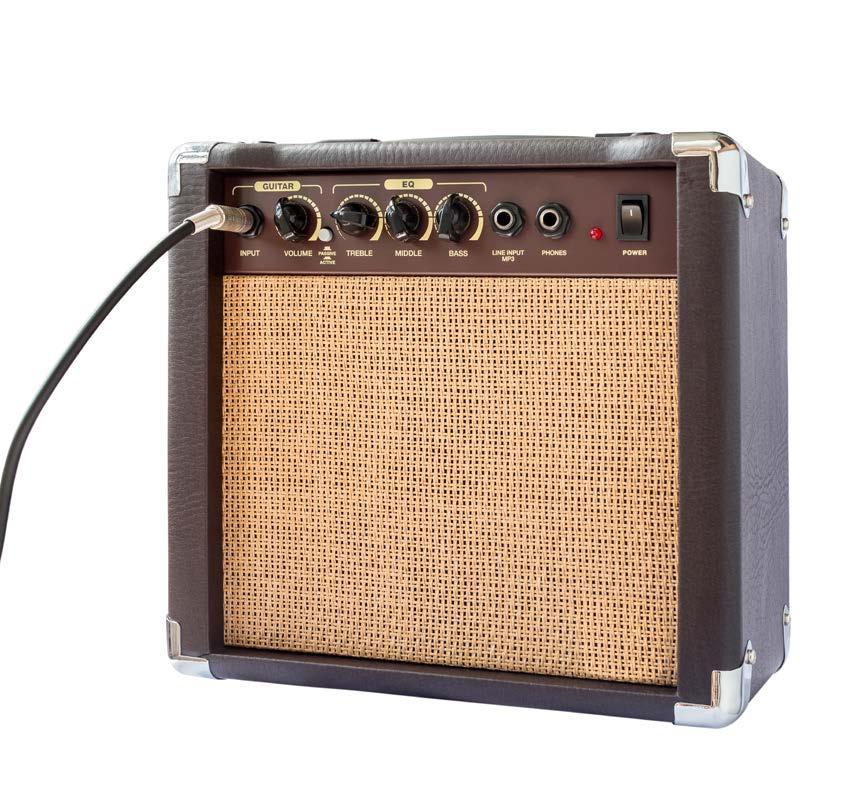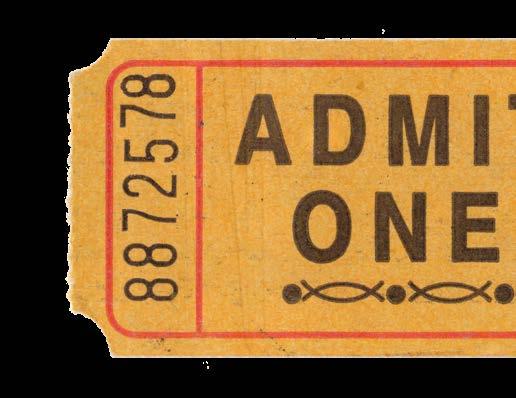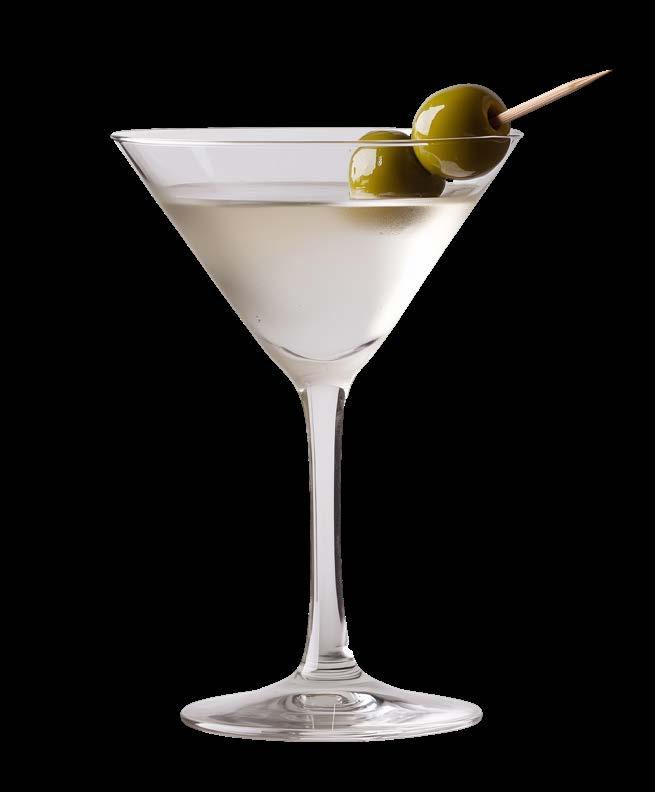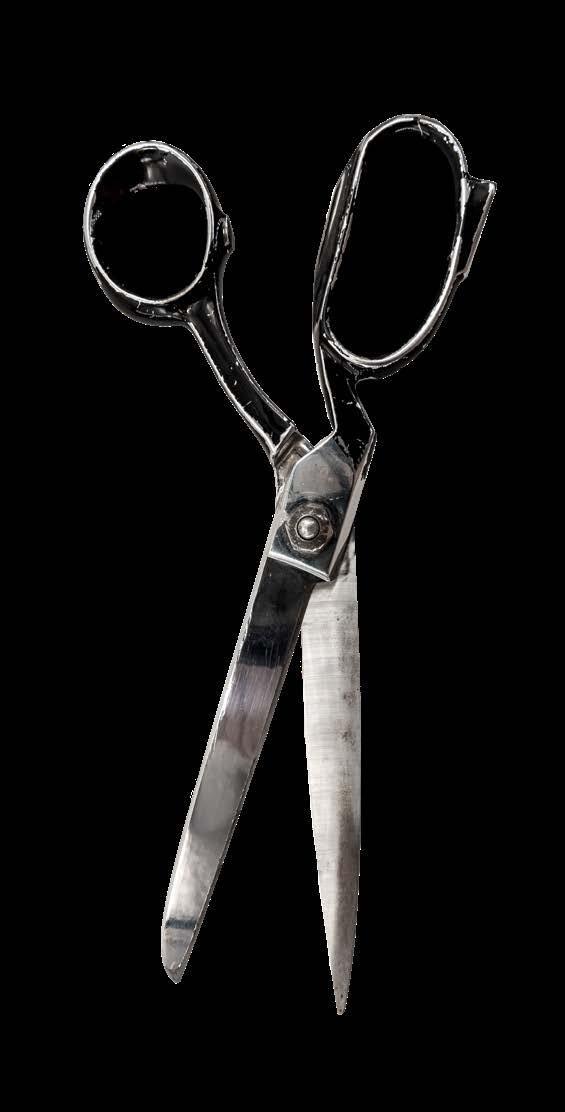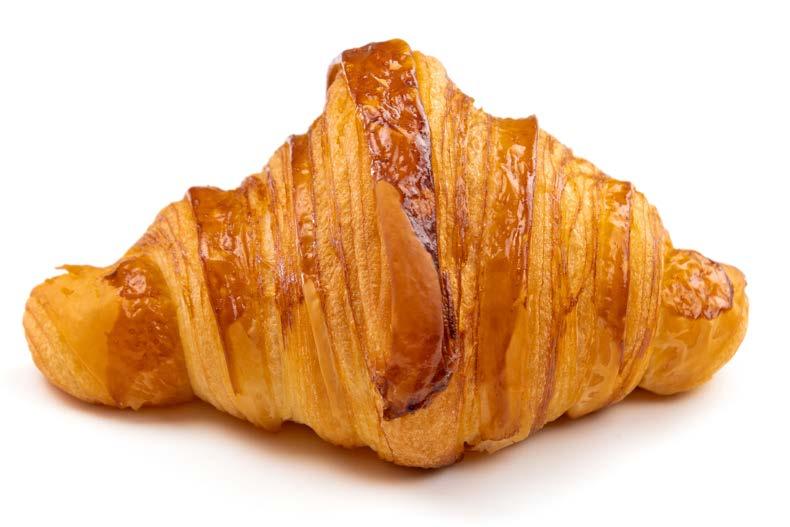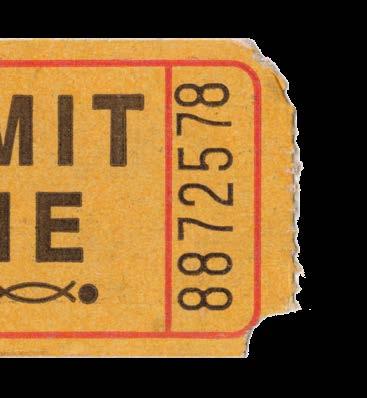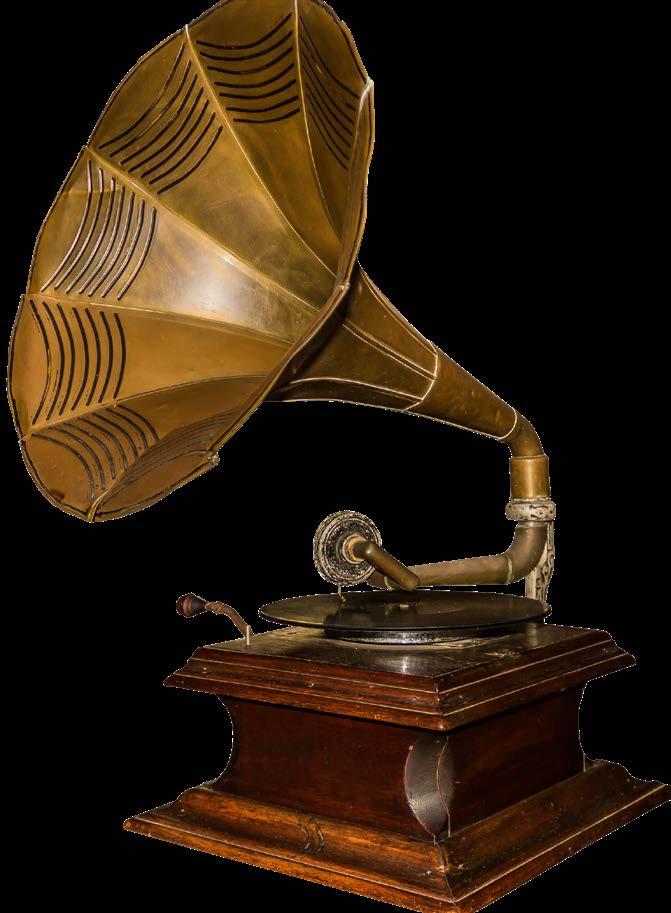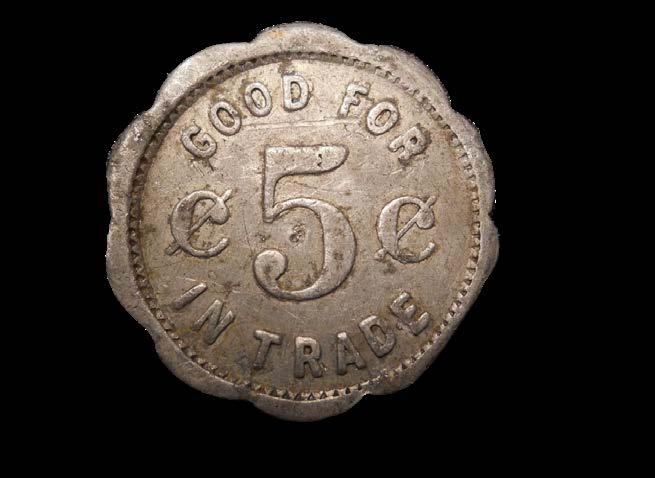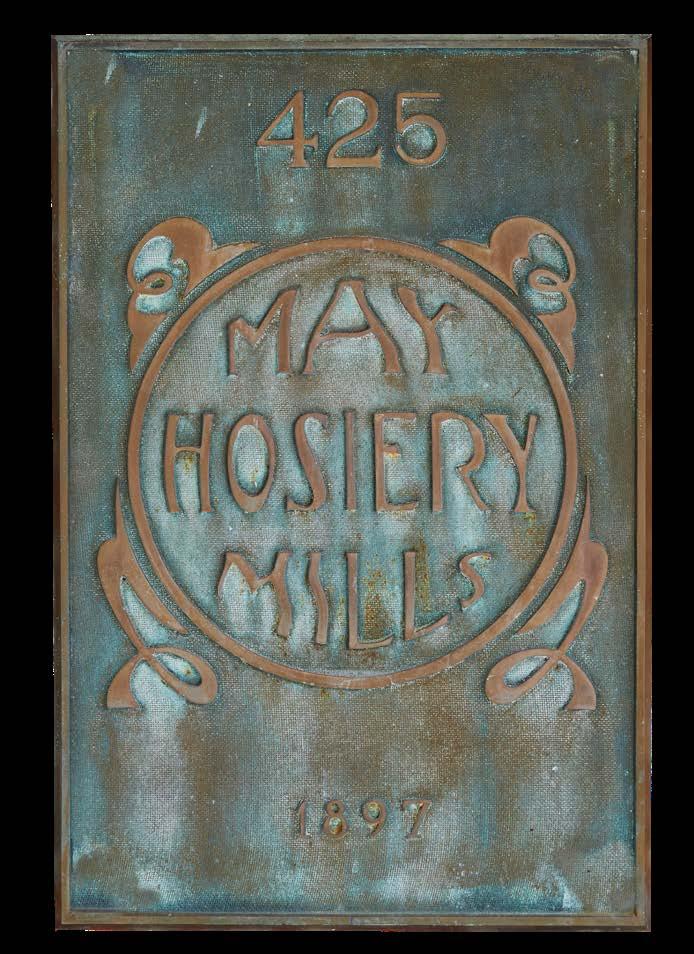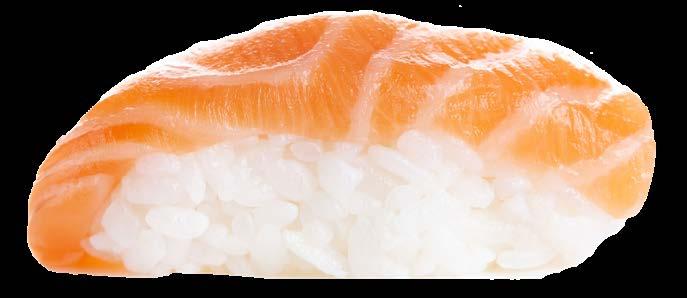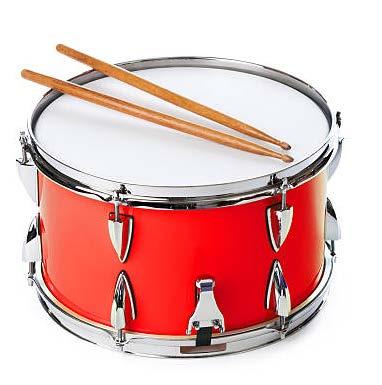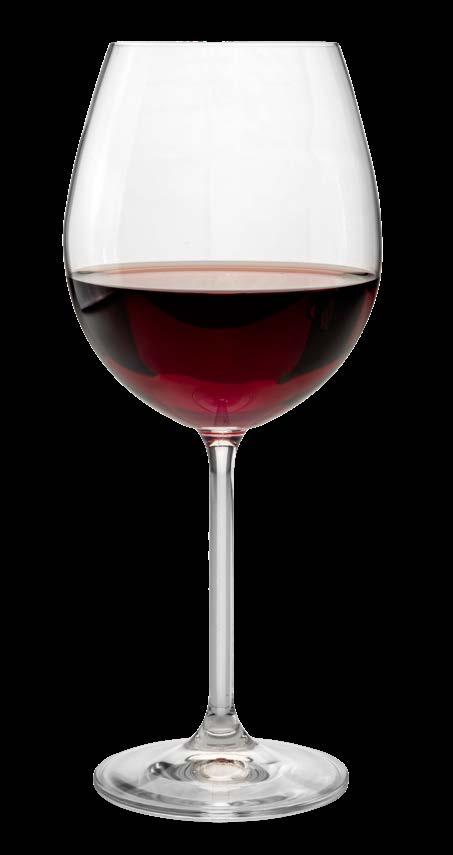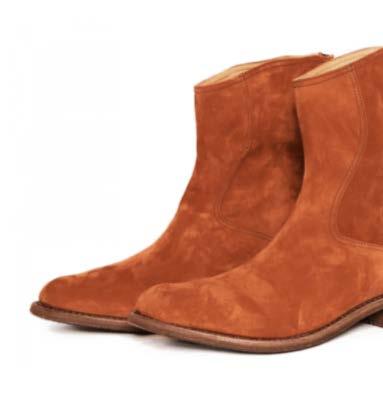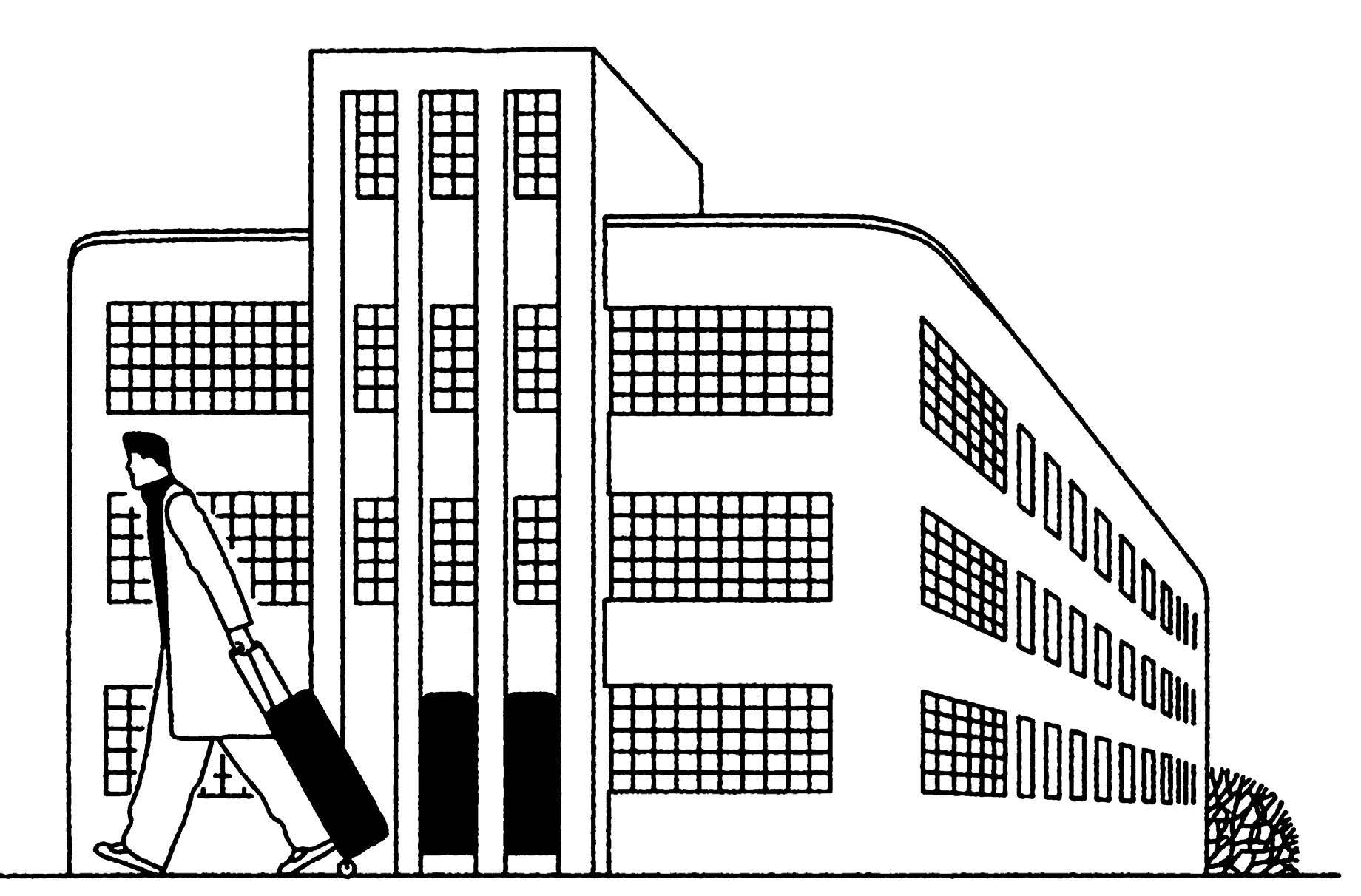

Welcome to Wedgewood Houston
Just south of downtown Nashville, in a historically industrial part of town, Wedgewood Village is a multiphase neighborhood development.
Building upon the fabric of Wedgewood Houston as a crossroads for culture and commerce, Wedgewood Village is a destination for fashion, art, music, and entertainment set in warehouseinspired spaces that reflect the neighborhood’s history.
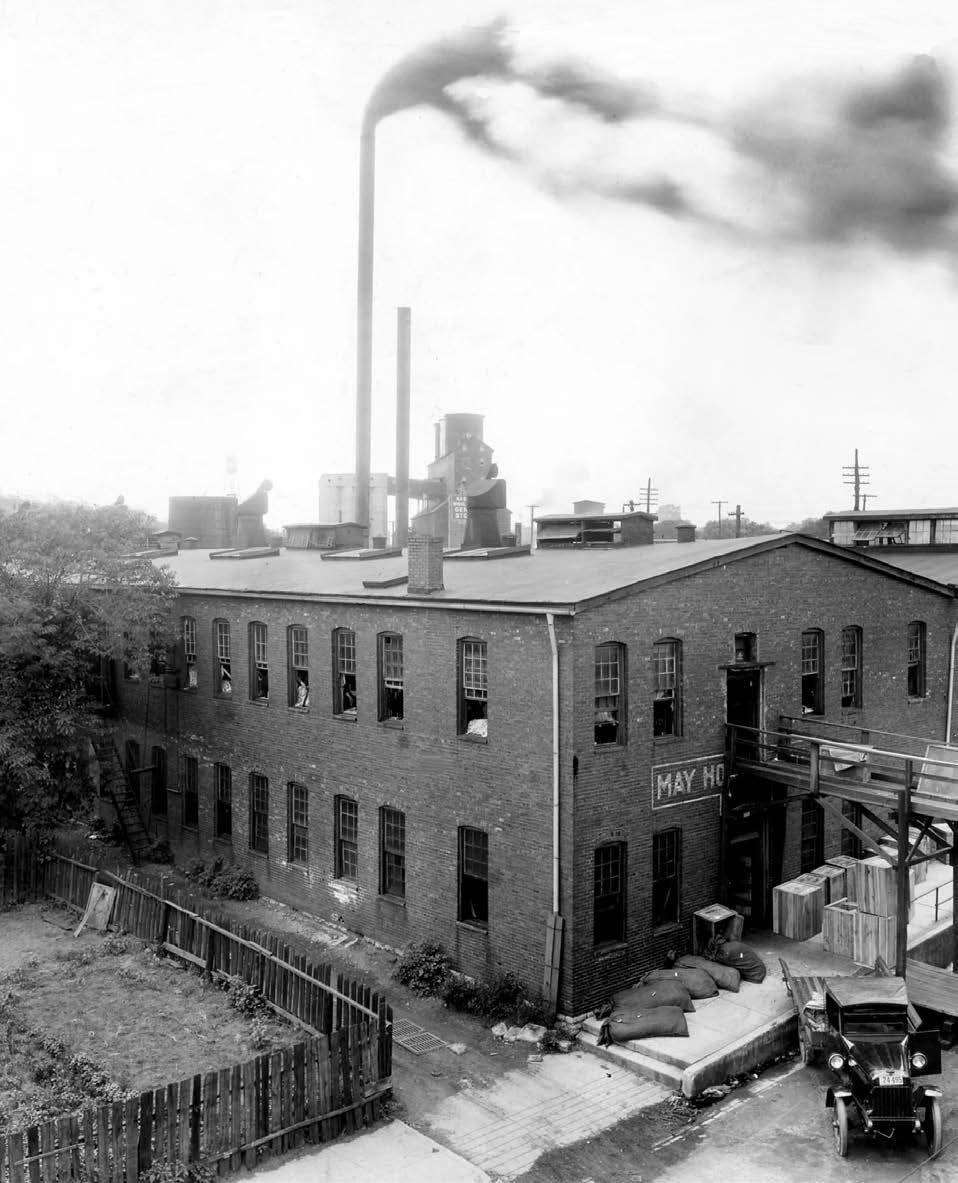
244 Years and Counting
OLD SOUL, NEW CHARM
Wedgewood Houston’s historic sites offer a tapestry of stories from different eras, providing a window into Nashville’s captivating history. Explore the neighborhood and uncover unique threads woven together over time.
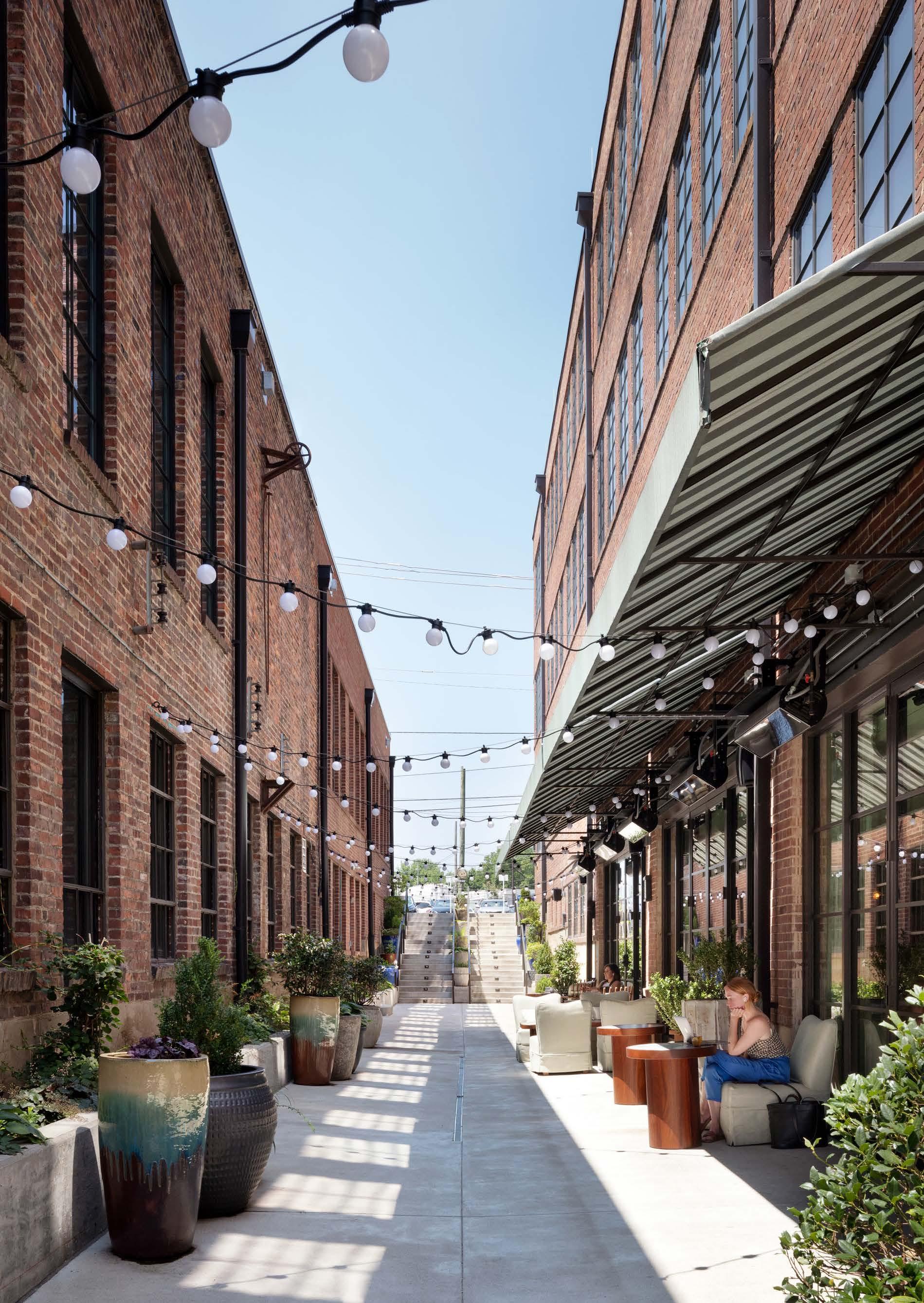
LOSE THE COMMUTE. FIND A COMMUNITY.
Wedgewood Village serves as a convenient gateway to surrounding neighborhoods and attractions. Its central location makes it an easy drive from downtown Nashville and the International Airport and a quick commute to Brentwood, Franklin, East and West Nashville.
Wedgewood Houston’s accessibility seamlessly connects this historic neighborhood with Nashville’s diverse offerings.
TRAVEL TIMES
THE GULCH
12 SOUTH
SOBRO
DOWNTOWN
MIDTOWN
GERMANTOWN
FIVE POINTS
EAST NASHVILLE
NASHVILLE
INTERNATIONAL AIRPORT
BELLE MEADE
BRENTWOOD
COOL SPRINGS
DOWNTOWN FRANKLIN

12TH SOUTH AVENUE
ROSA L. PARKS BLVD
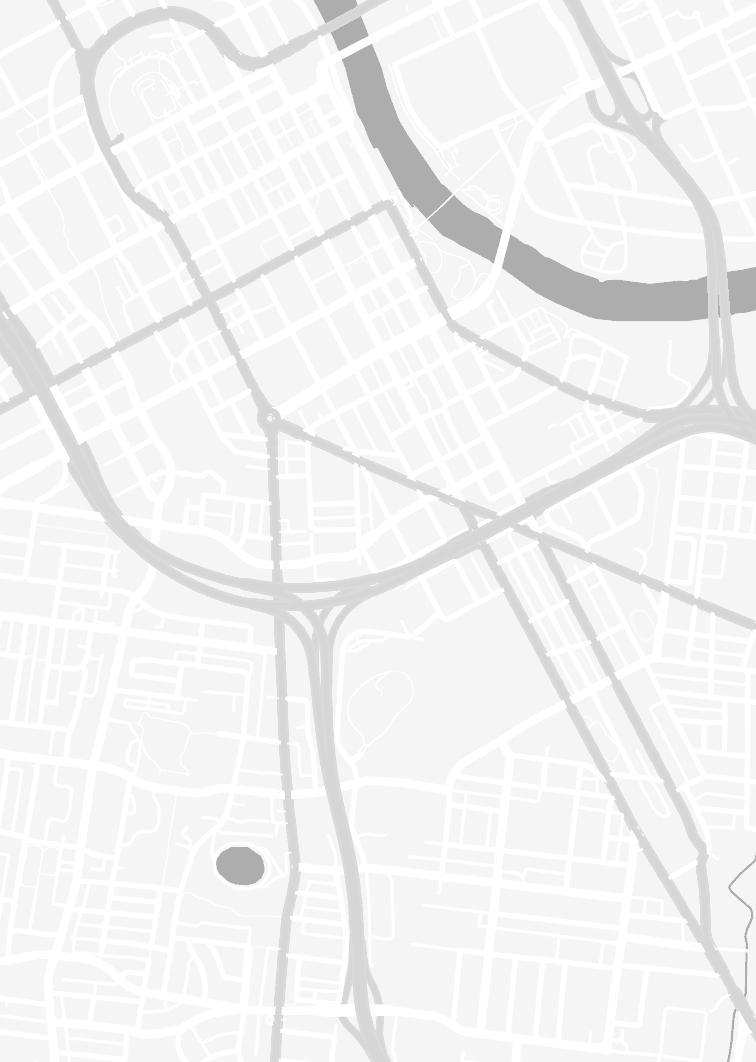
BROADWAY
DOWNTOWN
THE GULCH
LOWERBROADWAY
PIE TOWN
BRIDGESTONE ARENA FORT NEGLEY
MURFREESBOROPIKE
2ND AVE 4TH AVE
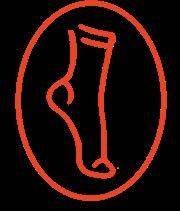
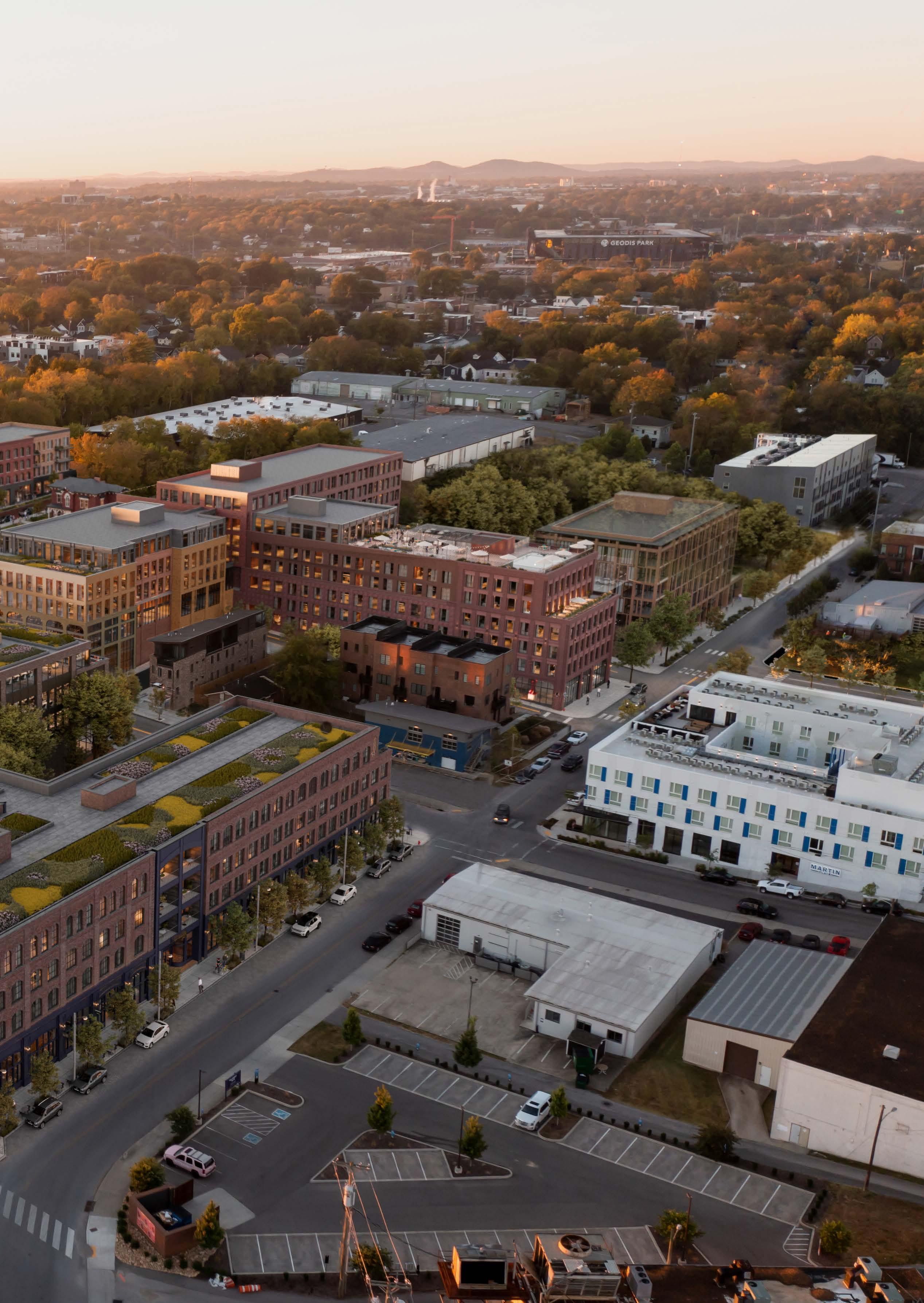
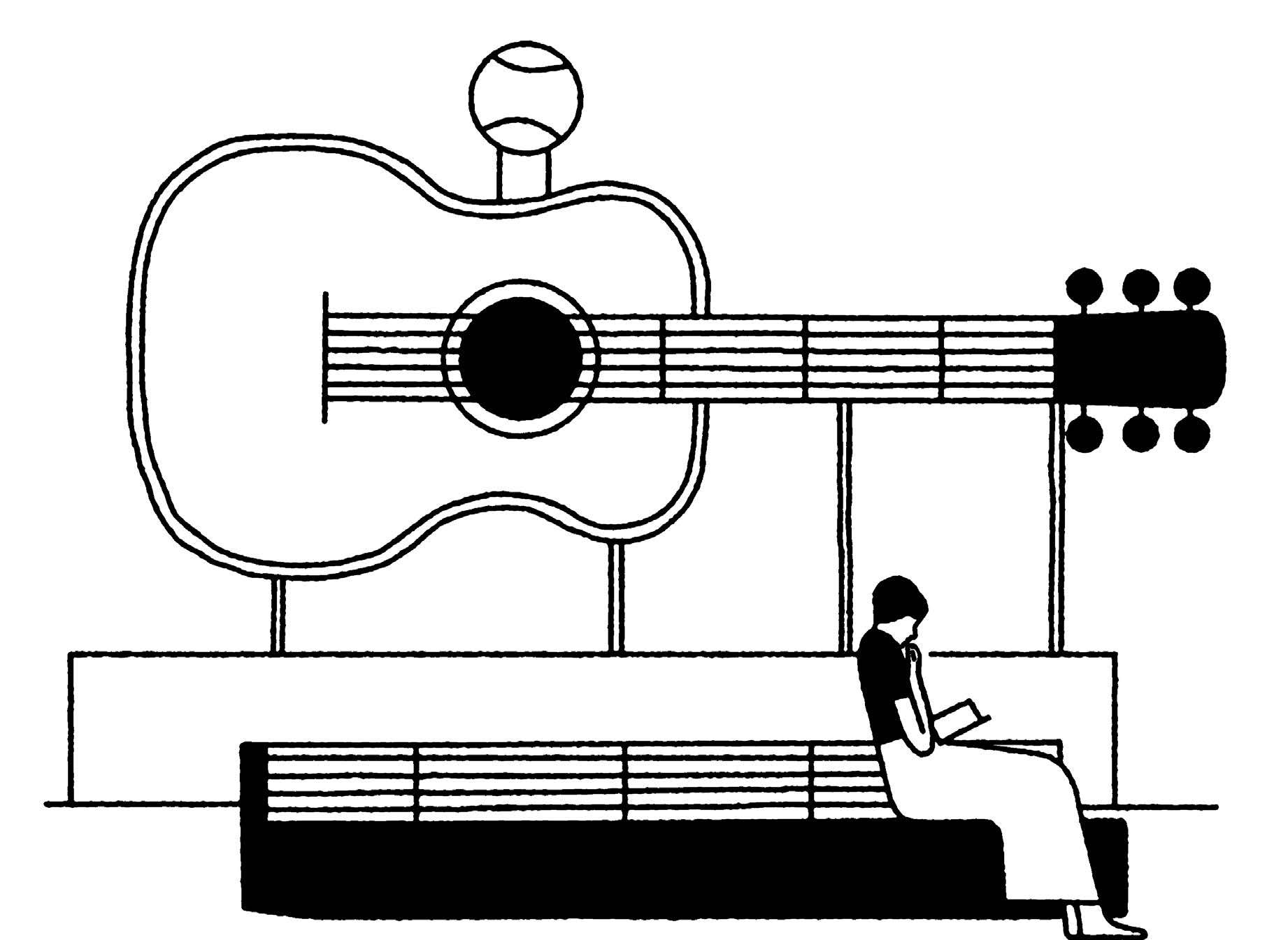
Historic Places
Once a bustling industrial hub, Wedgewood Houston elegantly blends new traditions with rich surroundings. Through thoughtful preservation and design, one-of-akind spaces—from a sock factory to a historic mansion, and a giant guitar—are given new life.
Here in Wedgewood Houston, the spirit of innovation walks hand in hand with a profound appreciation for the roots that shaped the neighborhood.
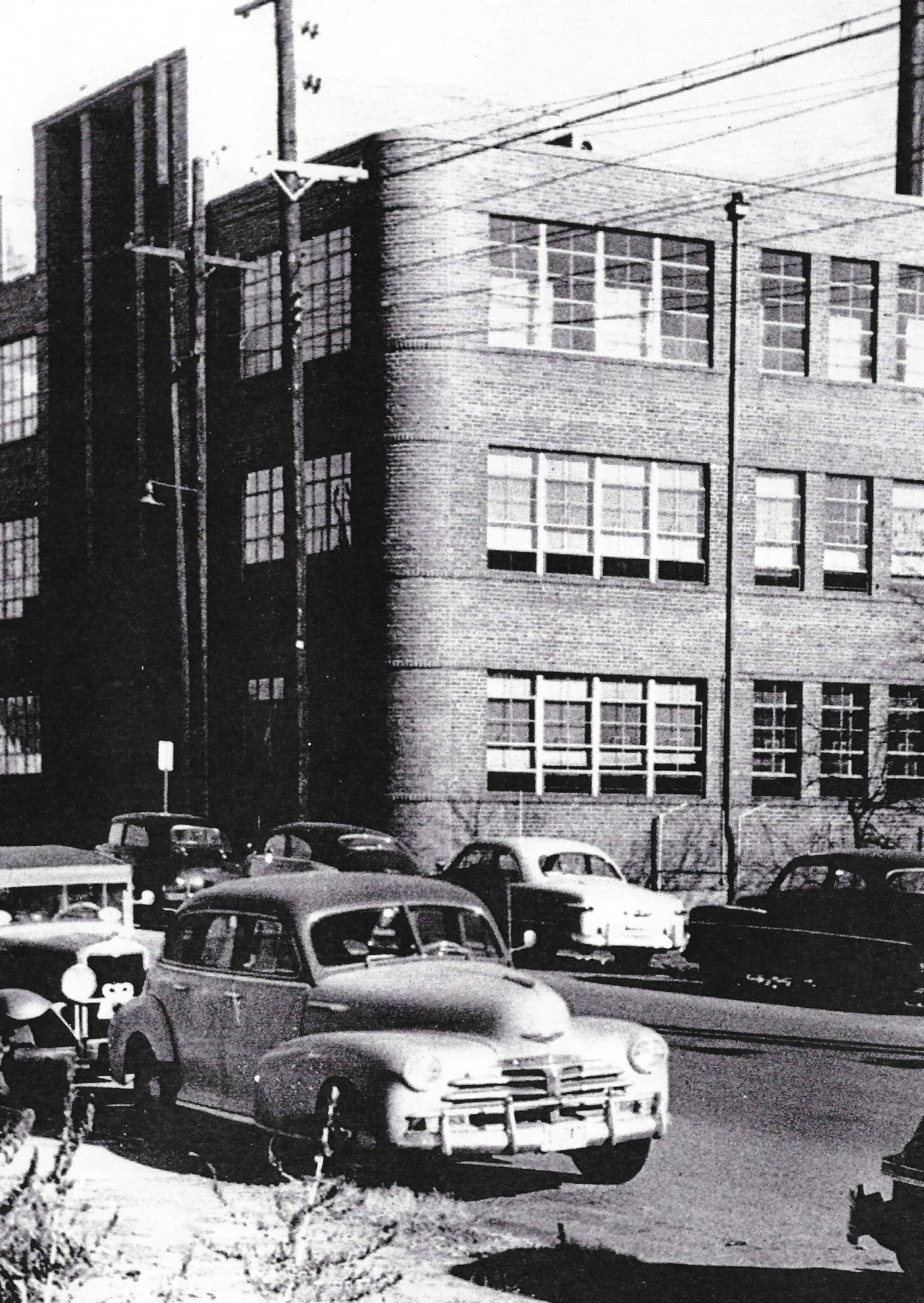

THE OLDEST SOCK MILL IN THE SOUTH
May Hosiery Mills
When Jacob May opened May Hosiery Mills in 1909, he was already living the American dream. He immigrated to America from Germany in 1879 when he was 18 with just $7 in his pocket. He got a job, saved for a wagon, and sold socks across New England. In 1897, May won a lucrative contract to open and operate a hosiery manufacturing plant inside the Tennessee State Prison.
When he lost that contract, May opened a new mill in a distinctive brick building with curving corners and blackframed windows in the neighborhood known today as Wedgewood Houston. The neighborhood’s nearby residents, warehouses, and railroad tracks made it easy to find workers and get his socks to market. For most of the next century, May Hosiery Mills was one of Nashville’s largest and most important employers. The company surfed trends and stayed relevant through innovation, a commitment to quality, and a focus on the well-being of employees.
From his earliest days selling socks out of a wagon, May was committed to quality. In a time when most socks were handmade, and some were woven by machines, May Hosiery Mills used knitting machines to speed up the manufacturing process and produce a better-fitting sock. To maintain quality, May employed a highly skilled all-woman workforce who hand-stitched the delicate final touches and a team of inspectors to make sure every sock was perfect.
Further innovations came after World War I when the mill began using synthetic materials like rayon and rubber yarn that helped the socks keep their shape and stay up. In the 1920s, Jacob’s sons Dan and Mortimer took over the
company. They continued their father’s legacy, installing air conditioning, a rare technology at the time, to increase comfort and productivity in the hot southern summers.
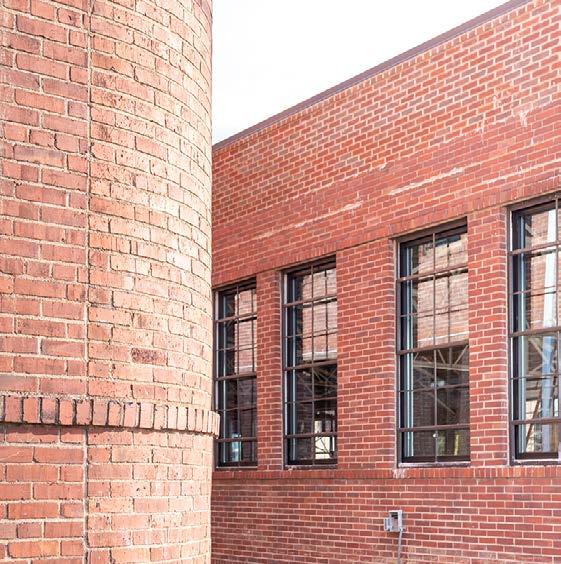
May Hosiery Mills wasn’t just a manufacturing innovator, it was a business innovator as well.
May Hosiery Mills was one of the first companies in the world to become a Disney licensee. Soon after Mickey Mouse debuted in Steamboat Willie, the mill began knitting up children’s anklets adorned with his picture. Due in part to these popular socks, May Hosiery Mills became the largest manufacturer of children’s socks in the country and grew during the Great Depression, expanding its brick factory.
Around this time, the mill also started making socks for the Boy and Girl Scouts of America, who continued to be a customer until the mill closed in 1983. At their peak production, May Hosiery Mills produced more than 24 million pairs of socks yearly for the Scouts.
When World War II started, the U.S. Government used the Federal Defense Production Act to require the mill to
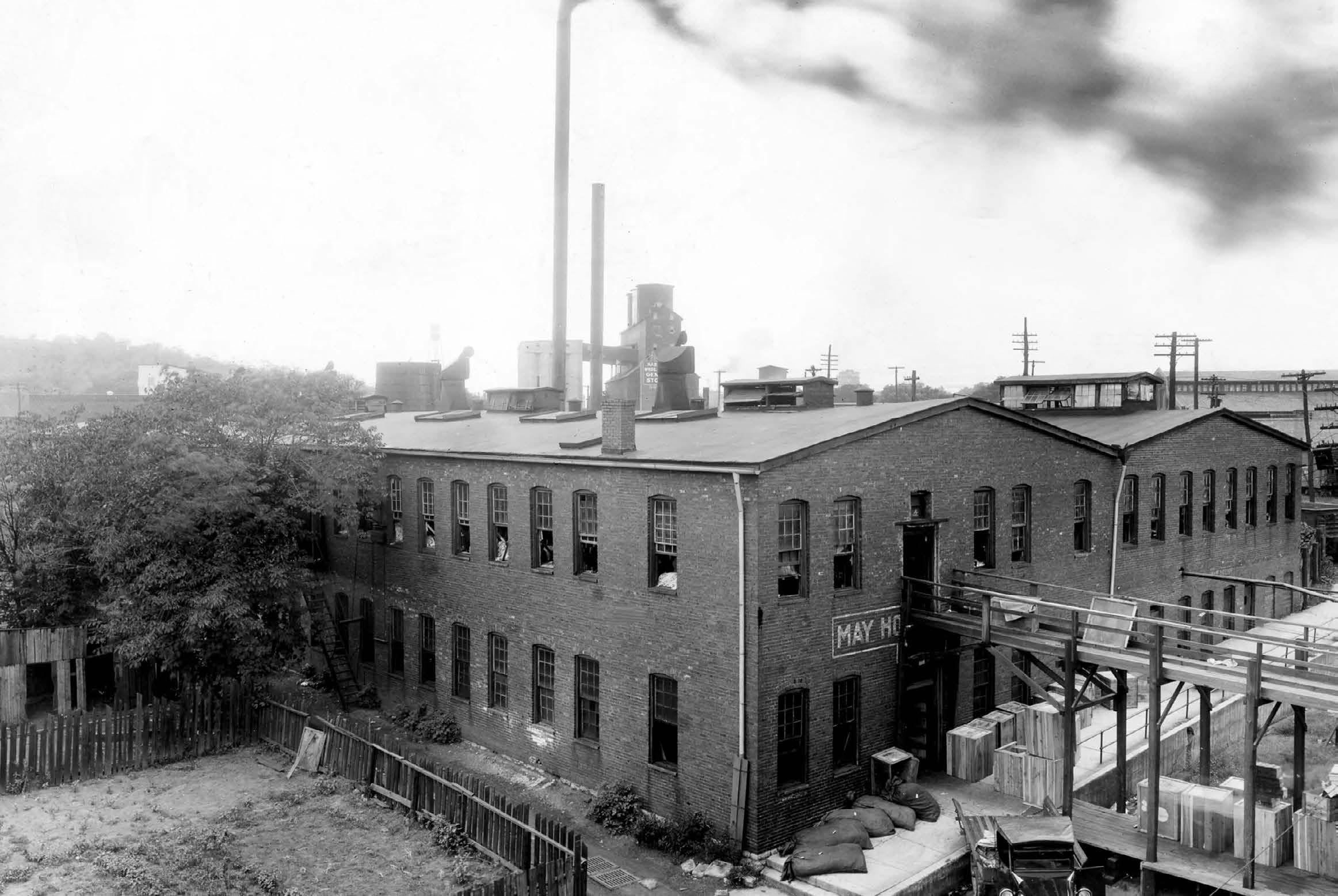
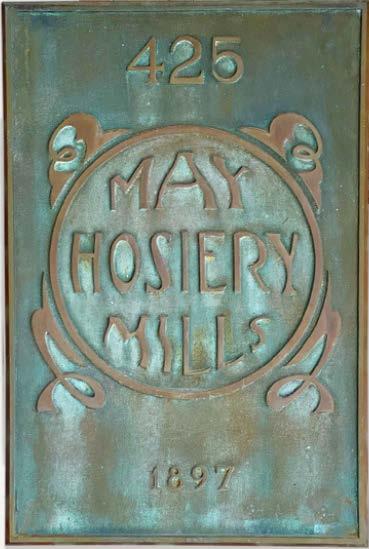
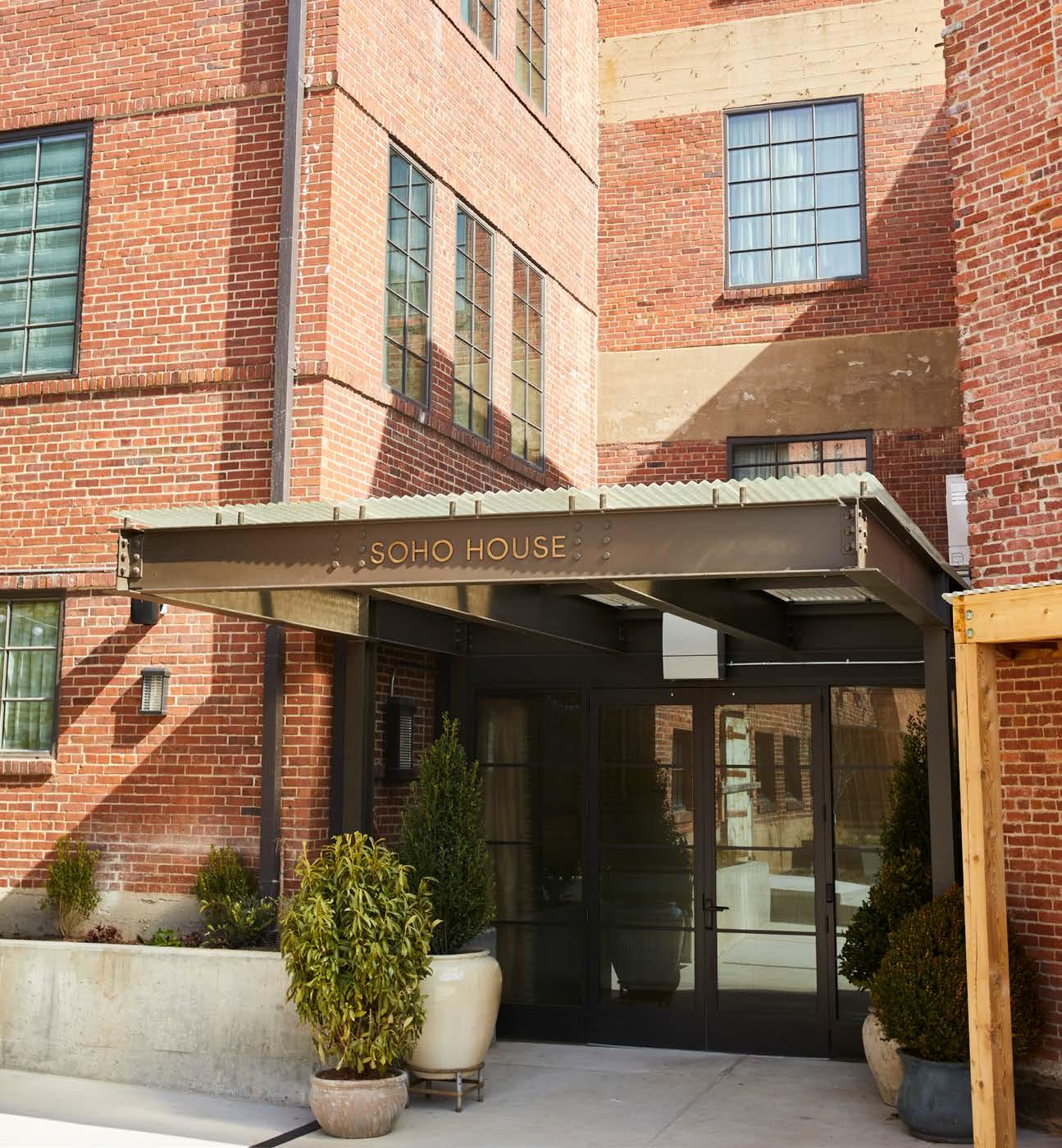
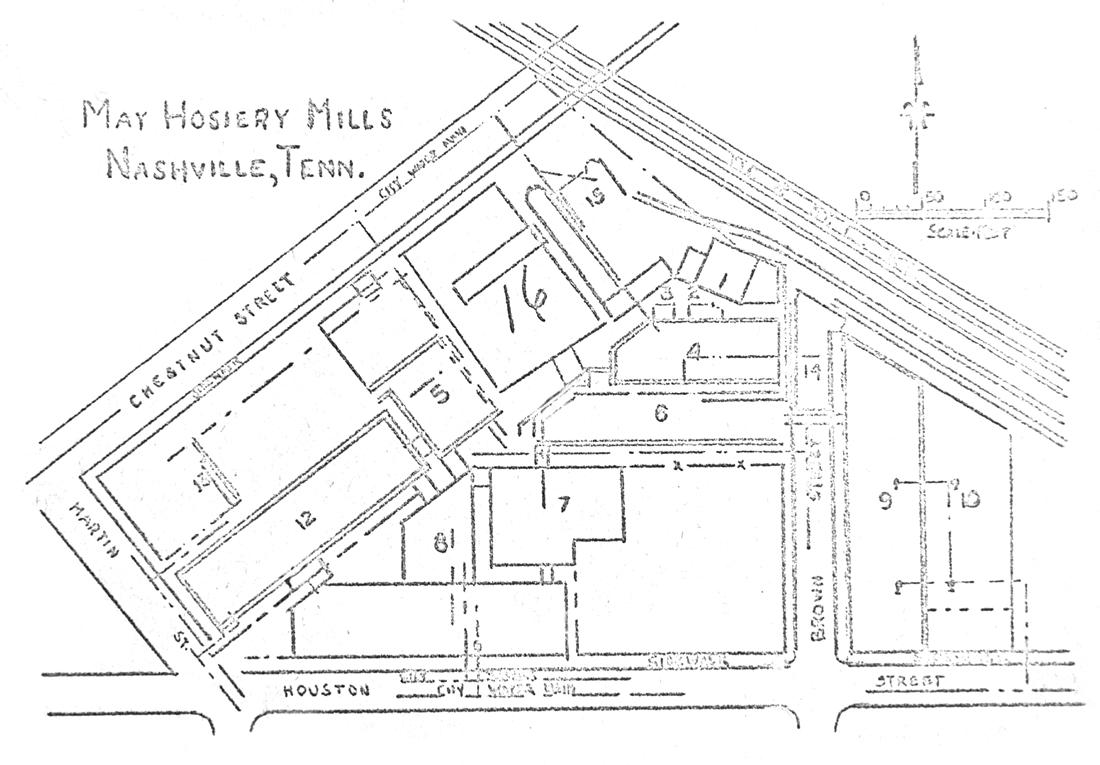
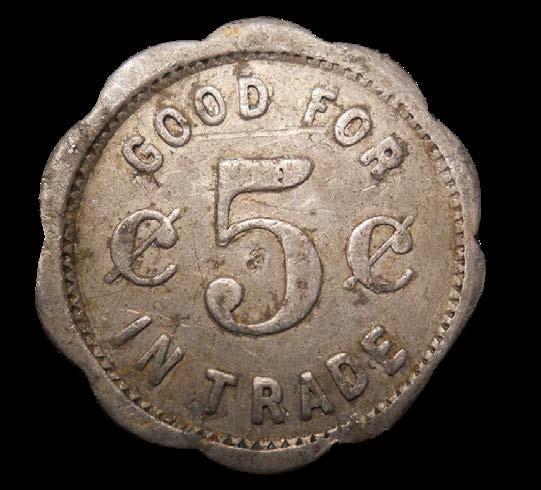
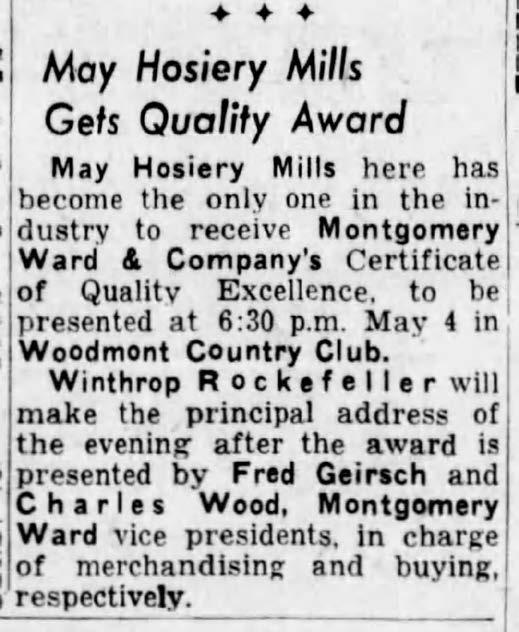
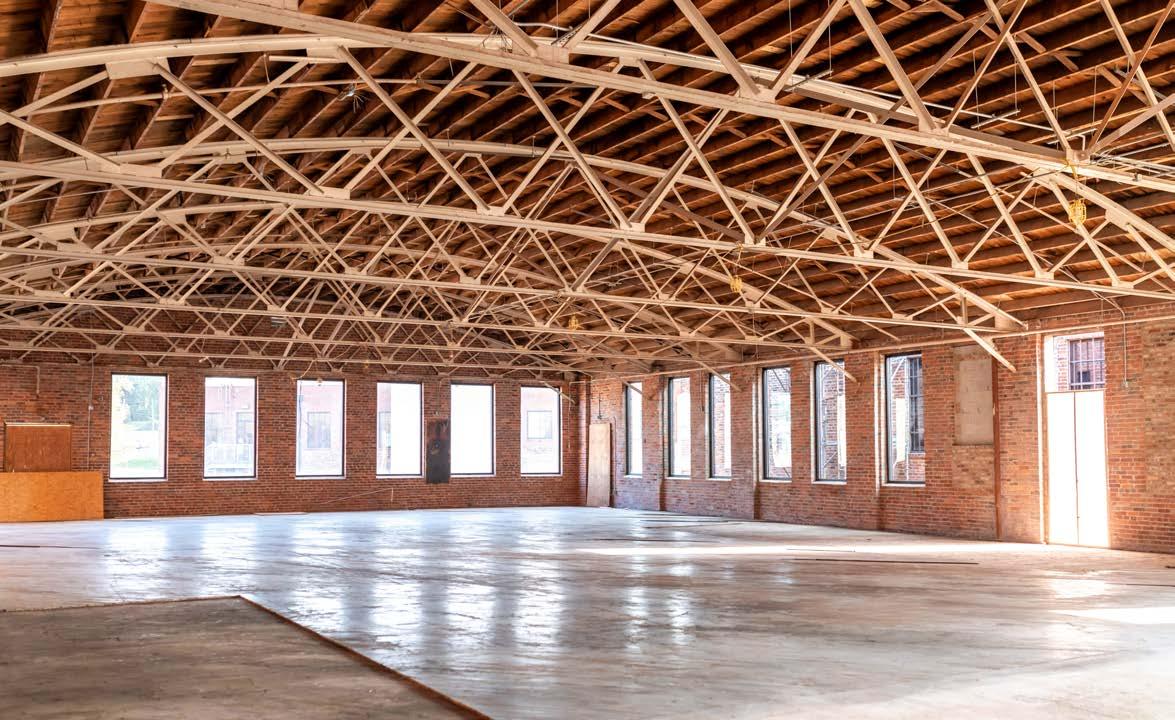
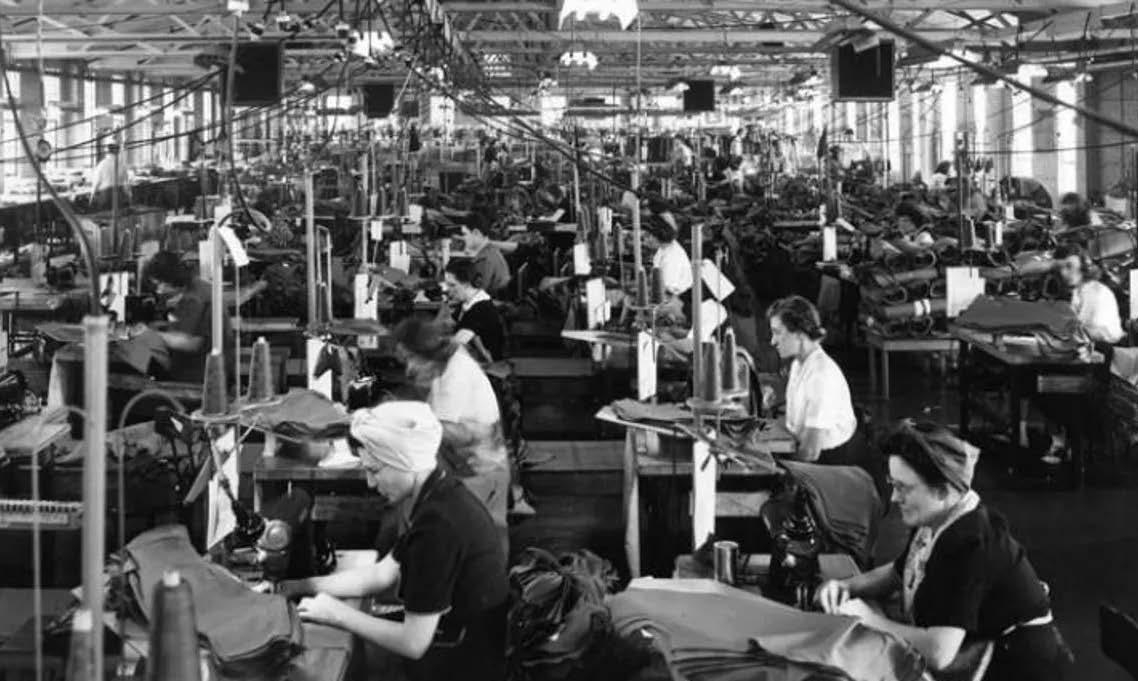
produce uniforms, airplane parts, and mortar fuses. Dan wasn’t pleased but did his duty, saying he “would rather make uniforms for Uncle Sam than socks for Adolf Hitler.”
The Mays had a personal stake in the war as well. The family had relatives in Germany. In the years preceding America’s involvement in the war, Mortimer May made several trips to his family home in Germany to help rescue fellow Jews from the growing Nazi regime. His family estimates he saved more than 250 people— all of whom he offered new jobs in the family mill and a new life in Nashville.
After the war, the government continued to be a customer—this time buying socks. This relationship continued into the 1960s when May Hosiery Mills was asked to make socks for the astronauts of the Apollo Space mission. Neil Armstrong wore socks made in Nashville at May Hosiery Mills when he became the first man to step on the moon.
In 1965, the family sold the mill to Wayne Knitting Mills but continued to operate it until it was later sold to Renfro Hosiery Mills in 1982.
After decades of intermittent use and minimal upkeep, May Hosiery Mills now has new life. In 2021, AJ Capital Partners completed the adaptive reuse, restoration, and renovation of the historic campus, carefully preserving and restoring the buildings. Inside, the original wood floor that once housed hundreds of machines and thousands of workers remains. But where those machines once hummed and sewists stitched, new businesses, including Soho House and Pastis—among other entertainment and tech giants—are creating a vibrant new community.
To left:
1. In 1911, May Hosiery Mills moved into a collection of distinctive brick buildings
2. Historic bronze May Hosiery Mills plaque
3. Soho House Nashville opened in 2022
4. Historic map of the six-building complex. Departments included Knitting, Looping, Dying, Boarding, Inspecting, and Pairing.
5. Like many manufacturing companies in the South, some employees were paid in May Hosiery Mills tokens in amounts of 25, 10 and 5 cents.
6. Historic May Hosiery Mills Quality Award clipping
7. The adaptive reuse, renovation, and restoration of the historic buildings spanned more than five years. Steel grids from existing windows and original bricks were preserved, creating patterns new and old.
8. In the early twentieth century, May Hosiery Mills was among the largest employer in Nashville. For much of the mill’s 88 years, its hundreds of employees, mostly women, manufactured a million socks a week.
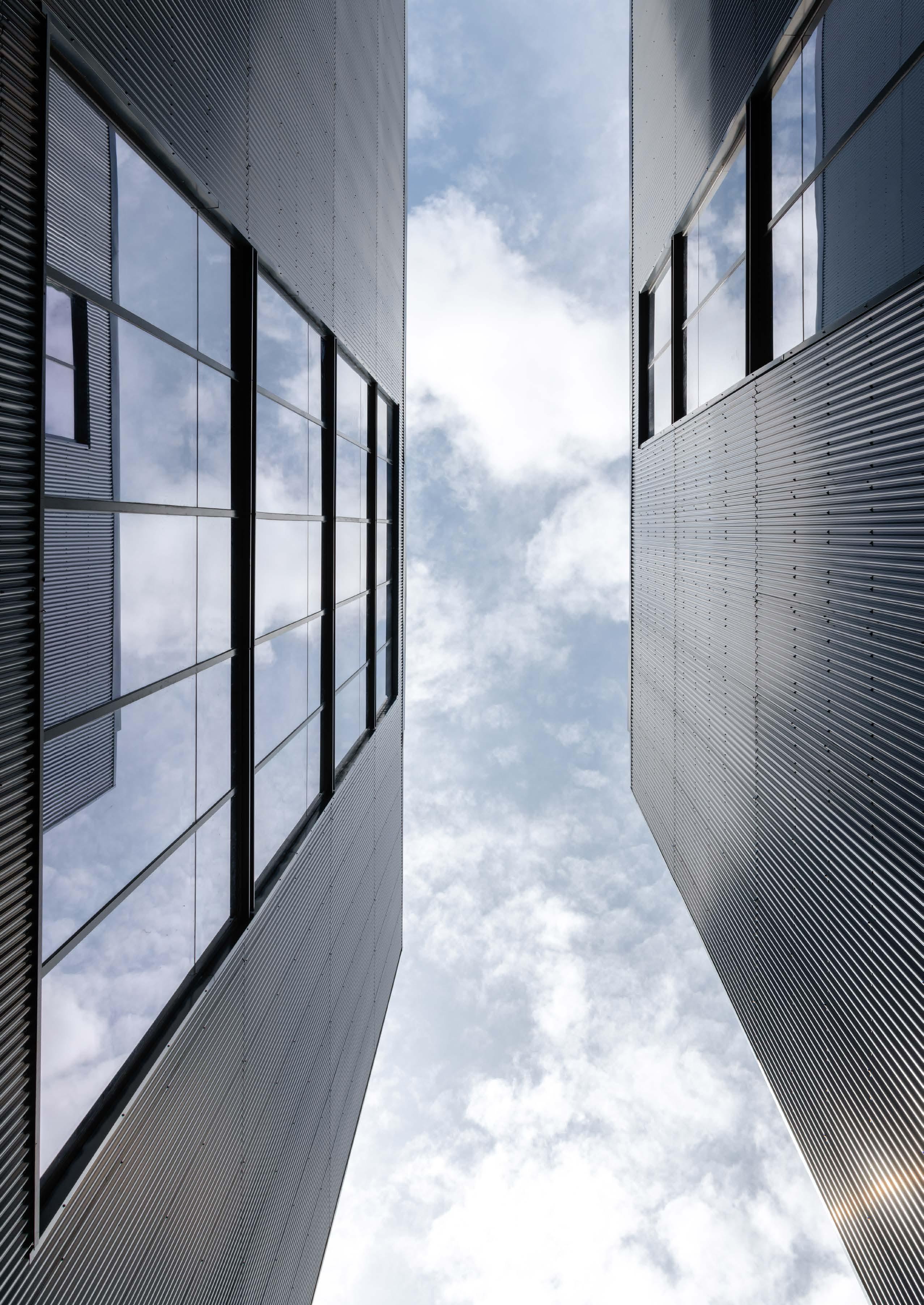
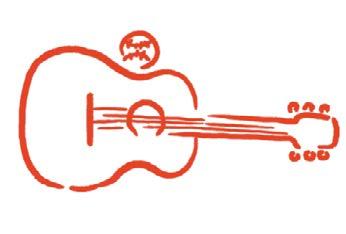
THE LIFE AND LEGACY OF NASHVILLE WAREHOUSE CO.
Nashville Warehouse Company
In the nineteenth-century American South, the railroad was destiny. With Nashville’s central location and skilled workforce, the Nashville and Chattanooga Railroad made the city one of the country’s most important manufacturing and distribution hubs.
The Nashville Warehouse Company was one of the first major businesses to capitalize on this growing rail infrastructure. Built in 1875 at the intersection of the Nashville and Chattanooga Rail and the Louisville and Nashville Railroad, Nashville Warehouse Company was a massive brick, steel, and timber building that stored corn, wheat, and flour for transit.
Under the leadership of William Marshall McCarthy, who would later become Mayor of Nashville, the Warehouse Company expanded rapidly, growing alongside the surrounding neighborhood.
On July 31, 1883, a massive fire broke out at the warehouse, causing extensive damage. Undeterred, the Nashville Warehouse Company rebuilt their facilities, eventually doubling their capacity and adding the first concrete grain elevator in the South.
By the turn of the twentieth century, tobacco had become one of the biggest businesses in Tennessee, and the Nashville Warehouse Company became
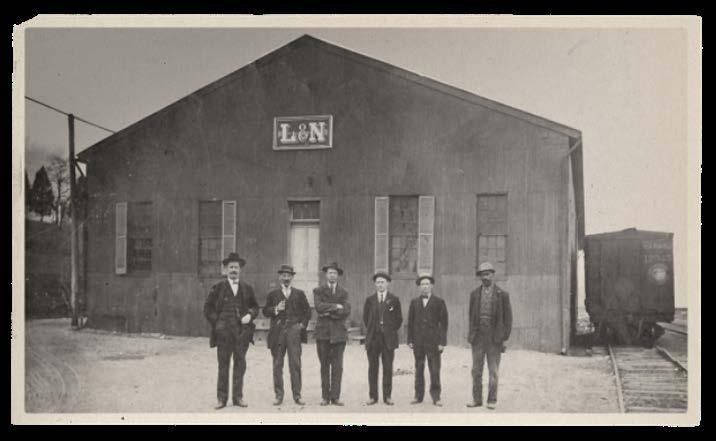
one of the largest tobacco storage facilities in the South, helping make Nashville the largest inland tobacco market in the United States. The Nashville Warehouse Company was a point of pride for the surrounding community where many of its workers lived and an ideal neighbor for emerging businesses like May Hosiery Mills.
But that all ended on January 14, 1922, when another fire struck the building, endangering the entire community. The valiant efforts of the local fire department saved the neighborhood. But the Nashville Warehouse Company was lost.
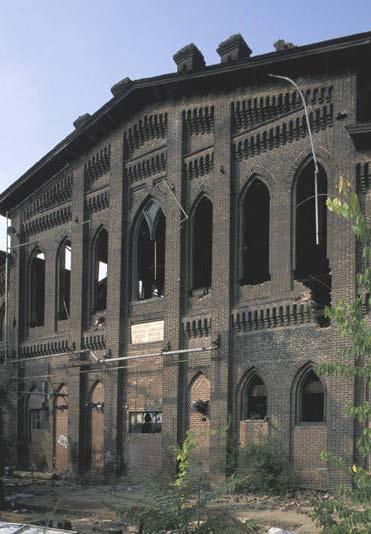
Today, Nashville Warehouse Co. has been reimagined and reconfigured by AJ Capital Partners. Designed to celebrate its ties to the historic railroad while providing modern offices and homes for industrious residents who want to immerse themselves in the sense of history and gritty authenticity of Wedgewood Houston.
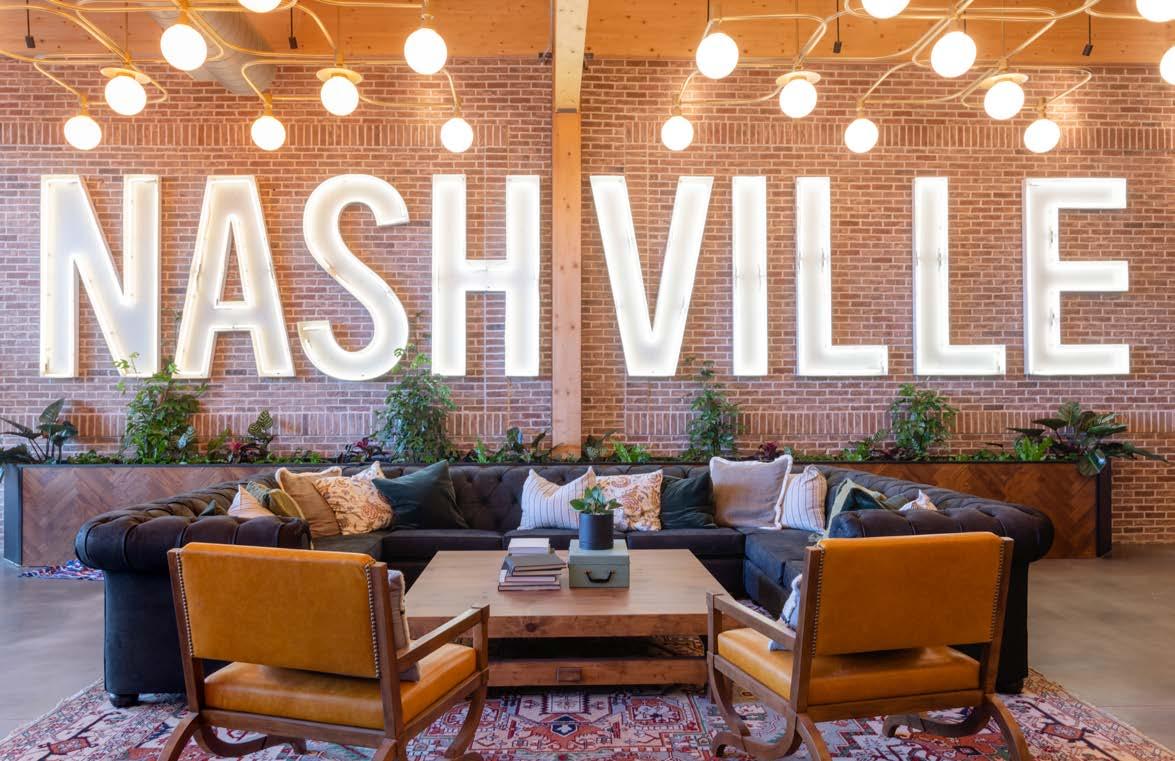
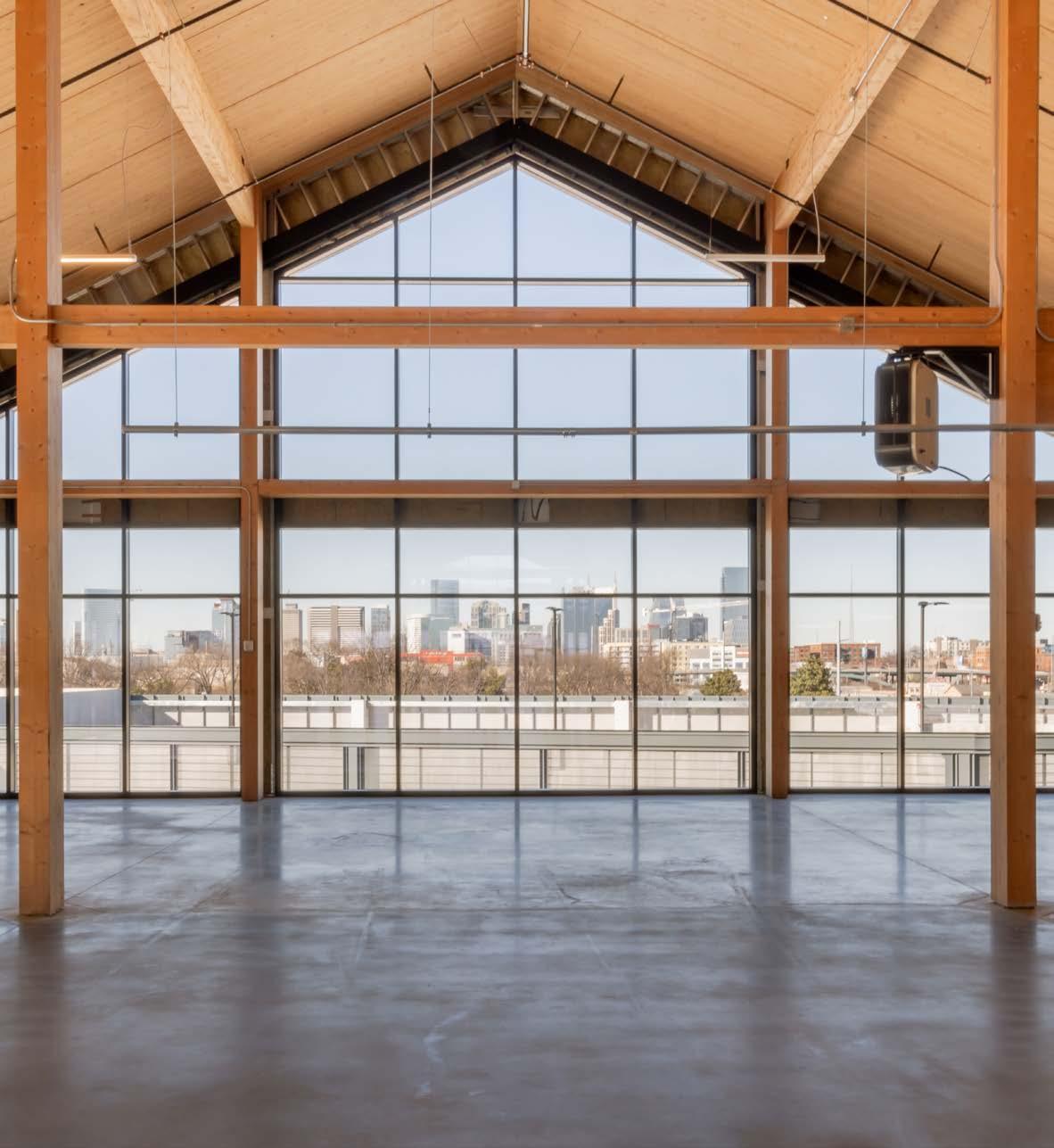
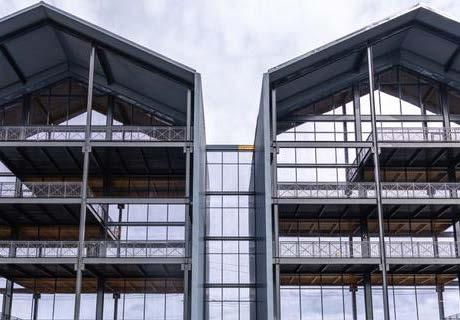
The building’s form pays homage to its railroad past by evoking a great train shed. Its materials—masonry, metal, and heavy timber construction—recall the site’s original brick, steel, and timber building.
As the city’s first large-scale, modern mass timber building, Nashville Warehouse Co. offers contemporary Class A office space with 14-foot floorto-floor heights, floor-to-ceiling windows, and voluminous, daylit interior spaces. The campus features on-site parking, a fitness center, a 273-unit residential building, and an acre of communal green space less than a mile from downtown.
To left:
1. A train shed-inspired building pays homage to the history of the site near a rail junction that influenced Nashville’s early growth
2. The L+N and NC+StL railroads were instrumental in Nashville’s rise to significance in the 18th and 19th centuries. These rail lines intersected in Wedgewood Houston, positioning the neighborhood as an industrial area with brick warehouses and factories that continue to define the local character of the neighborhood today
3. Nashville Warehouse Co. office lobby
4. Aerial view of Nashville Warehouse Co. with historic May Hosiery Mills campus in the background
5. Nashville Warehouse Co. office lobby
6. As the city’s first large-scale, modern mass timber building, Nashville Warehouse Co. offers contemporary Class A office space with 14-foot floor-to-floor heights, floor-to-ceiling windows, and voluminous, daylit interior spaces
7. Balconies at Nashville Warehouse Co., 2022
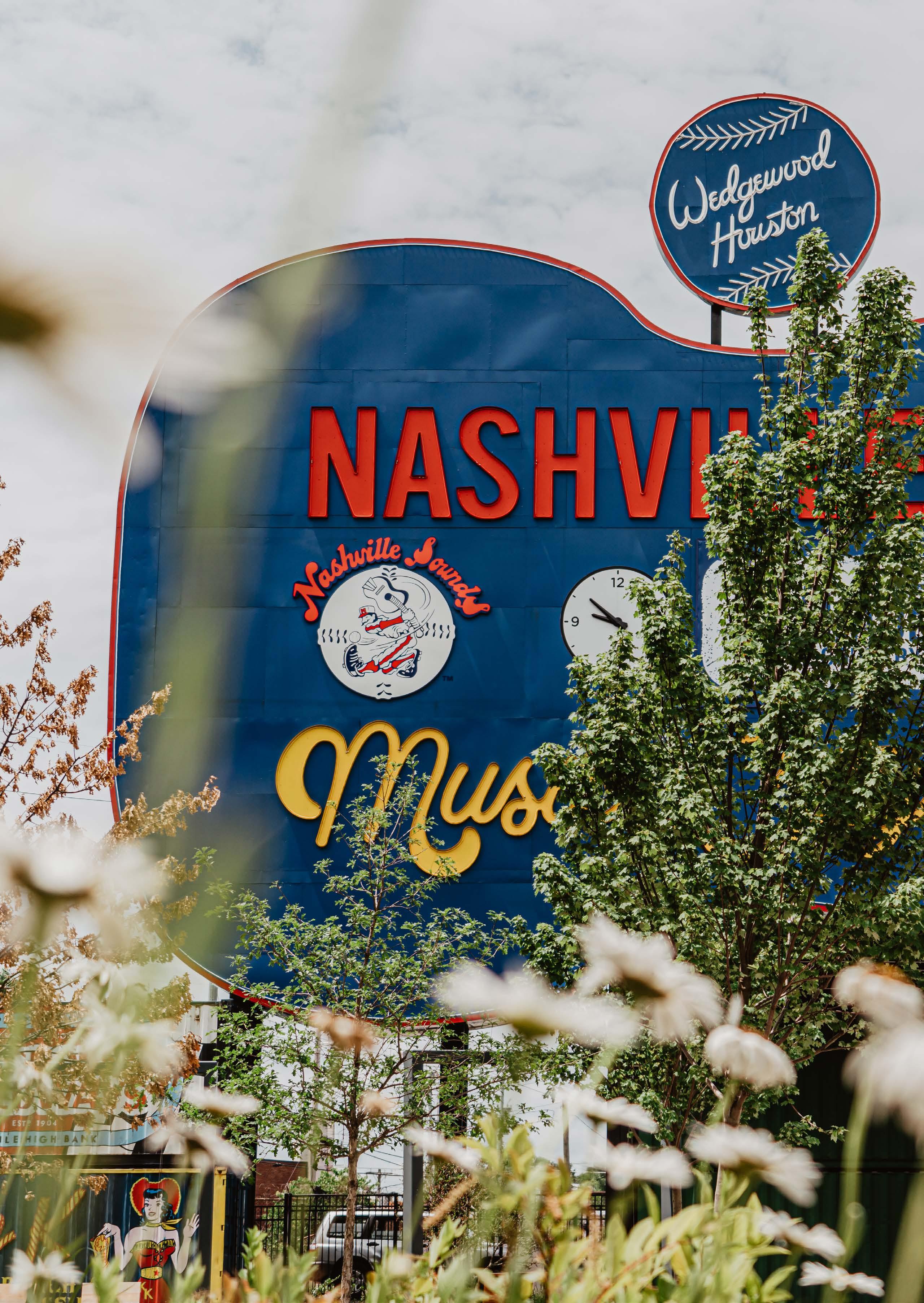

THE SHORT STORY BEHIND THE GIANT GUITAR
The Greer Guitar
Nashville has long been a baseball city. The sport was first introduced to the area in 1862, during the Civil War, and in 1885, the city’s first professional team— the Nashville Americans—began playing at the historic Sulfur Dell.
By the turn of the twentieth century, the sport had taken hold, and in 1901, the Nashville Vols—the city’s longestrunning minor league team—was formed. The Nashville Vols played at Sulfur Dell for over fifty years before dissolving in 1963. Their home field, Sulfur Dell, stood for another 6 years before its demolition in 1969.
With no place to play and a growing appetite for the sport, Nashville needed a baseball field. Enter former Vanderbilt University baseball coach Larry Schmittou—
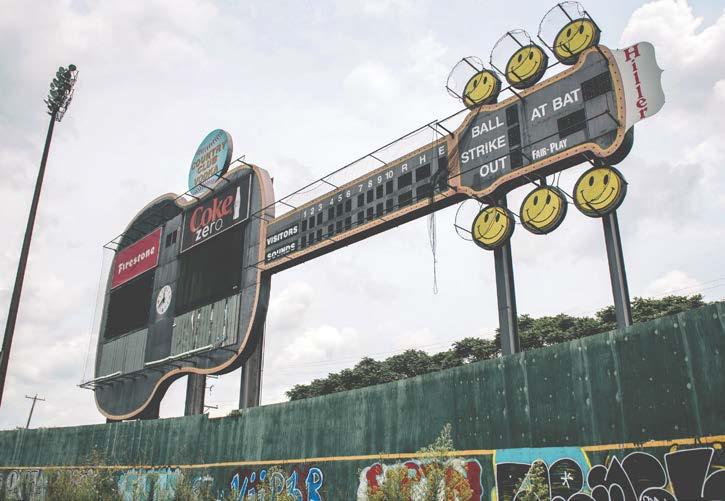
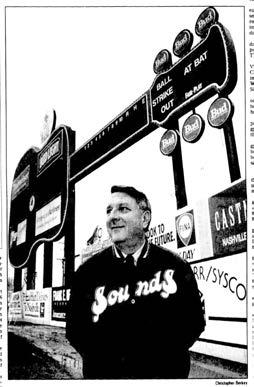
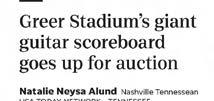
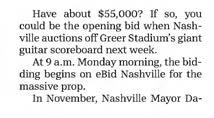
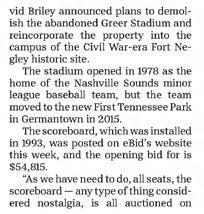
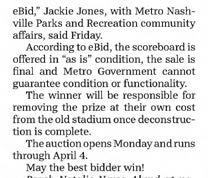
In 1976, after the City of Nashville decided against funding a new ballpark, Vanderbilt University baseball coach
Larry Schmittou teamed up with a group of investors, including Conway Twitty, to finance a new stadium and minor league team. With a lease from Metro Parks Board for a parcel of land by the old Fort Negley, Schmittou and his team commissioned a 7,200-seat baseball stadium.
Herschel Greer Stadium—named after Herschel Lynn Greer, the first president of Nashville’s minor league team—opened in 1978 as home to the aptly named Nashville Sounds minor league team. Herschel Greer Stadium went on to host nearly 3,000 games before officially closing in 2019 and was the #1 stadium in league attendance 7 years in a row.
Before the 1993 season, Schmittou installed a 53-foot tall, 116-foot-wide guitar-shaped scoreboard in the outfield of Greer Stadium. The scoreboard, which was inspired by the city’s country music scene, was a custom piece by Fair-play Scoreboards. The guitar featured two large message boards for announcements and game information, and lines across the neck to record balls, strikes, and outs. An investment piece like this wasn’t exactly in Schmittou’s launch budget, but Fair-play incorporated ad spots across the face of the guitar and tuning keys which Schmittou preemptively sold to Budweiser. Through those initial ad sales, Schmittou and team were able to completely finance the guitar before it was purchased.
The scoreboard arrived weighing nearly 36,000 pounds and quickly became an icon. After each home run and victory, fireworks would shoot out from behind the guitar, and any player who hit the scoreboard won a free guitar from a local guitar brand sponsor. Nationally, the scoreboard became widely acclaimed as
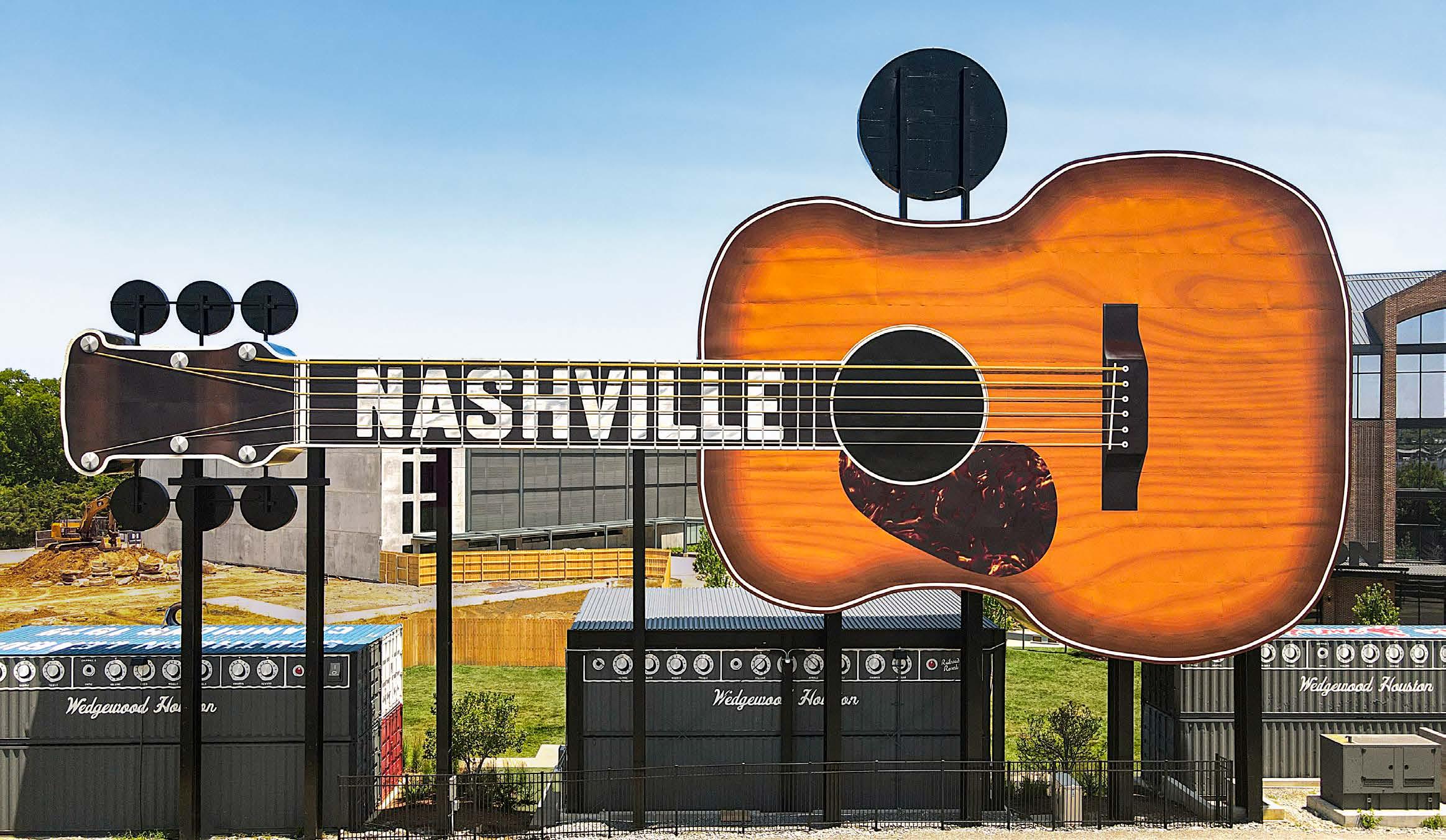
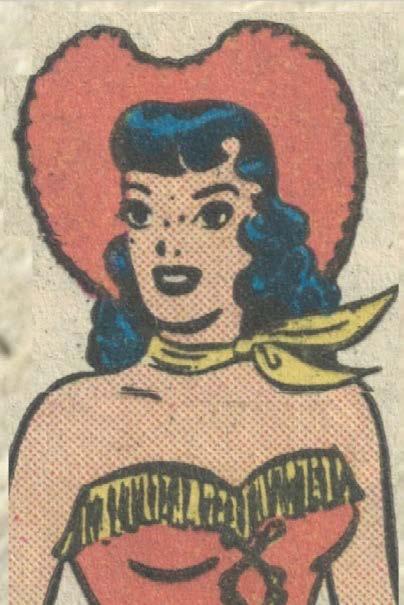
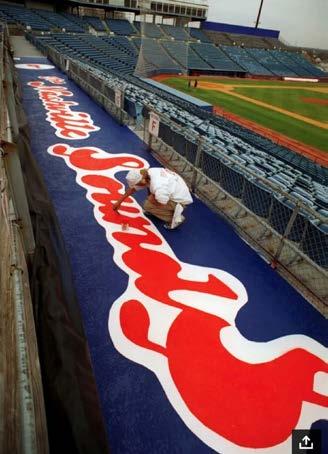
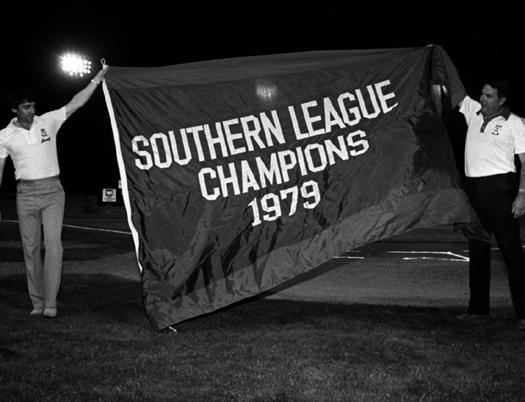
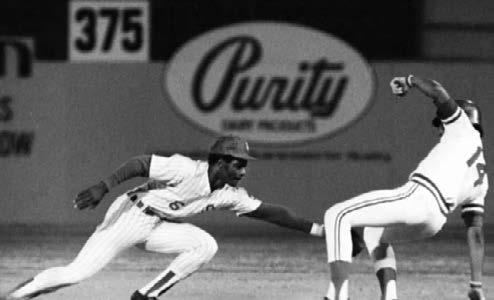
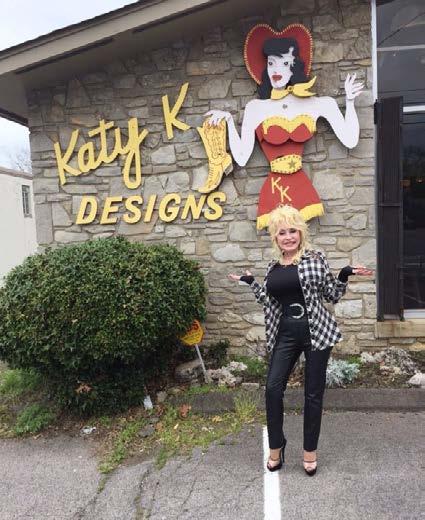
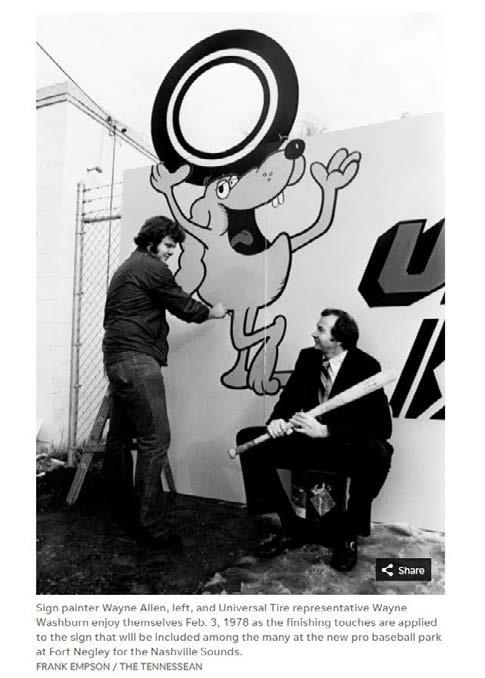
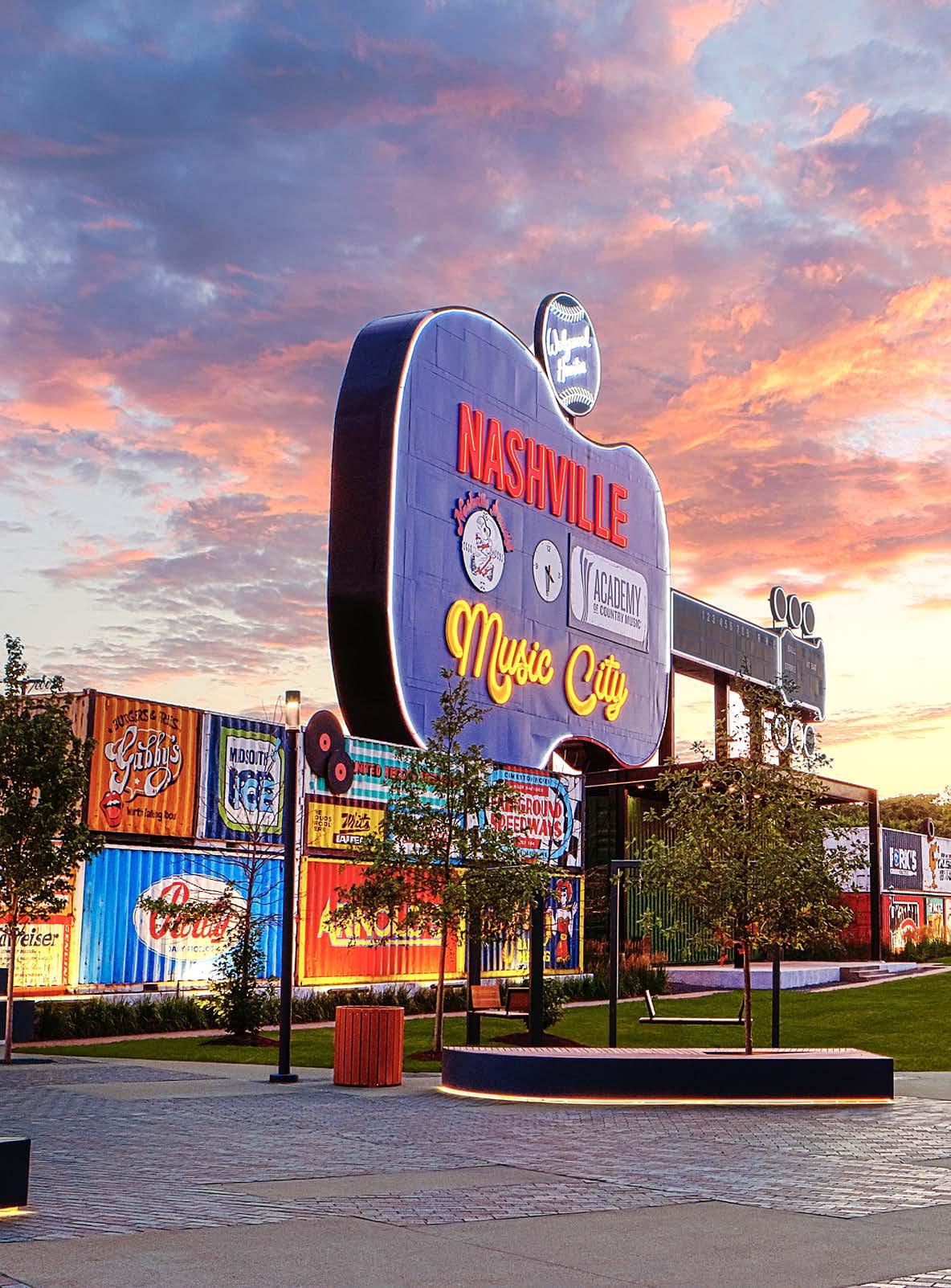
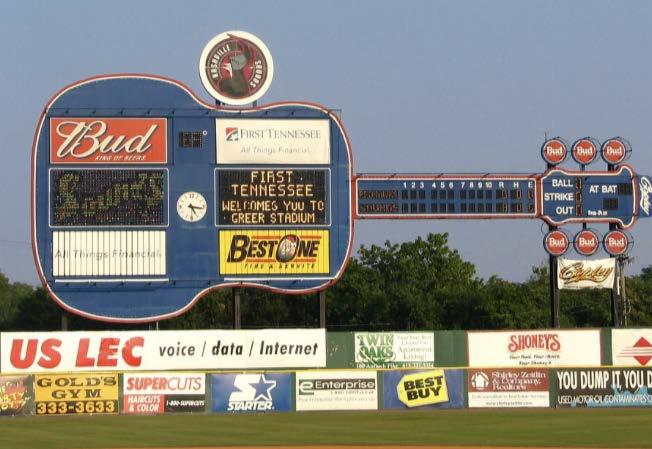
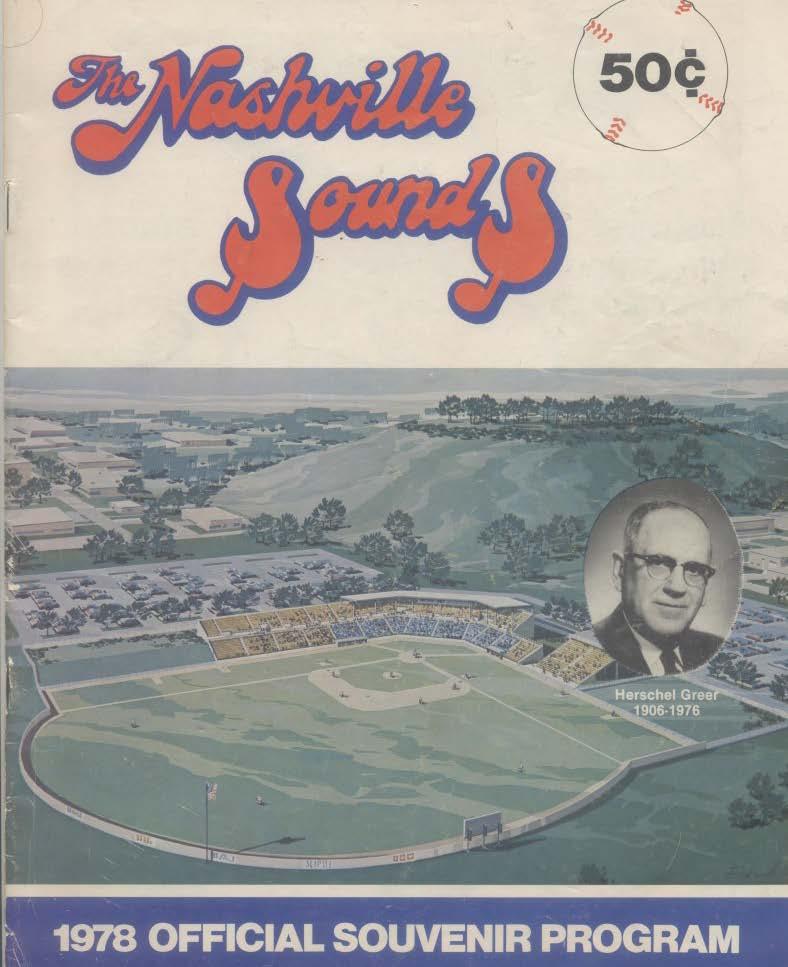
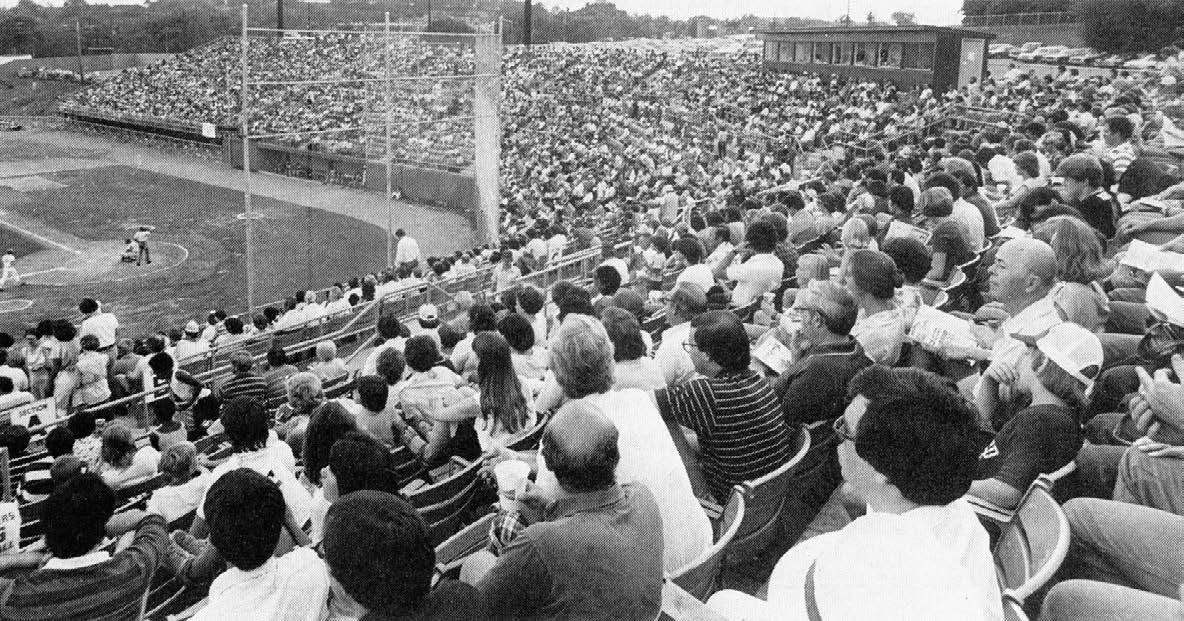
one of the most unique pieces of local flair in any ballpark.
After 37 seasons, the Nashville Sounds moved to a new stadium in Germantown in 2015, the original scoreboard was left behind and fell into disrepair.
Lovingly restored by AJ Capital Partners in partnership with Eastside Murals and Jarvis Signs in 2021, the scoreboard now stands as a beacon marking the entrance to Wedgewood Houston, just down the street from its original home. Today, the Greer Guitar serves as a backdrop for The Outfield— an acre of green space with a band shell at the western edge of the Nashville Warehouse Co. campus. The Outfield is an amenity to NWCo. tenants and the broader community.
Under the iconic guitar-shaped scoreboard, a central band shell looks out onto the acre lawn. The handpainted shipping containers below the guitar feature recreations of original advertisements that once lined the outfield walls at Greer Stadium alongside vintage-inspired takes on ads for contemporary local businesses. AJ Capital Partners teamed with local artists at Studio Delger, I Saw the Sign, and Jarvis Signs to ensure the re-imagined band shell captured the spirit of the original.
To left:
1. The restored scoreboard now stands as a beacon marking the entrance to Wedgewood Houston— just down the street from its original home
2. Inspiration for The Outfield shipping containers
3. Under the iconic guitar-shaped scoreboard, The Outfield offers an acre of green space with a band shell as an amenity to Nashville Warehouse Co. tenants and to the broader community
4. The iconic 115-foot-long guitar-shaped scoreboard was introduced to Herschel Greer Stadium here in Wedgewood Houston in 1993
5. Nashville Sounds 1978 Official Souvenir Program showing the historic Herschel Greer Stadium
6. Hershel Greer Stadium during a season game in 1979
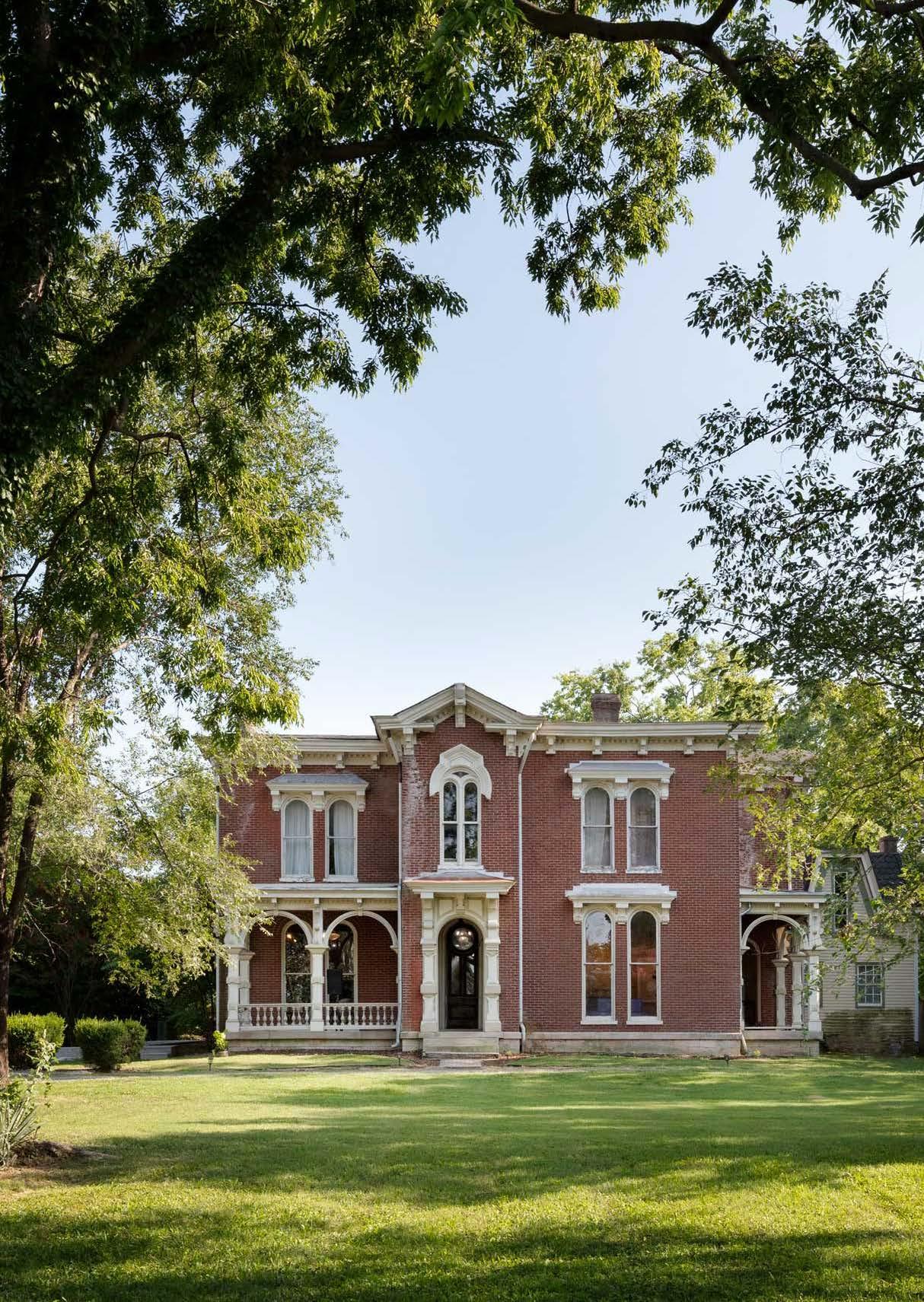

200 YEARS OF HISTORY AT THE HEART OF WEDGEWOOD VILLAGE
The story of the Merritt Mansion begins in 1779 with Captain John Rains. Rains came to the area with Nashville cofounder James Robertson. On Christmas Day 1779, Rains crossed the frozen Cumberland River to start a new life with his wife Christiana, their children, 19 cows, two steers, and 17 horses.
A true frontiersman, Rains preferred the solitude of nature over civilization. He left the safety of Fort Nashborough to settle 640 acres of land to the South and quickly established a compound of fortified rough-cut log cabins. Despite the difficulty of frontier life, the Rains family turned the frontier into farmland and raised eleven children on the property, many of whom built their own homes there. When the land was divided between the children upon Rains’ death in 1834, his daughter Sally Rains Merritt inherited the 43 acres on which she would eventually build what we now know as the Merritt Mansion.
It’s unknown if Sally moved into her father’s house or built her own, but sometime in the 1840s, she expanded a log cabin on the site and renovated it in the Federal style that gained popularity after the Revolutionary War. Decades later, the home was caught in the middle of the Civil War. Despite being positioned between Union and Confederate forces during the 1864 Battle of Nashville, the Merritt home survived the conflict that effectively ended Southern resistance in Tennessee.
In the years after the Civil War, the home passed to Sarah’s daughter, Christina Merritt Hagan, who would once again transform it to reflect the
trends and technologies of the day. With the Industrial Revolution came new industrialized methods in construction and manufacturing, which made new architectural styles available to a broader population. In 1874, Christina and her husband Frank added the brick façade, mansard roof, and Italianate details that survive today. The new design reflected the family’s wealth and professional success. But the log cabin that started it all is still visible today as a part of the structure.
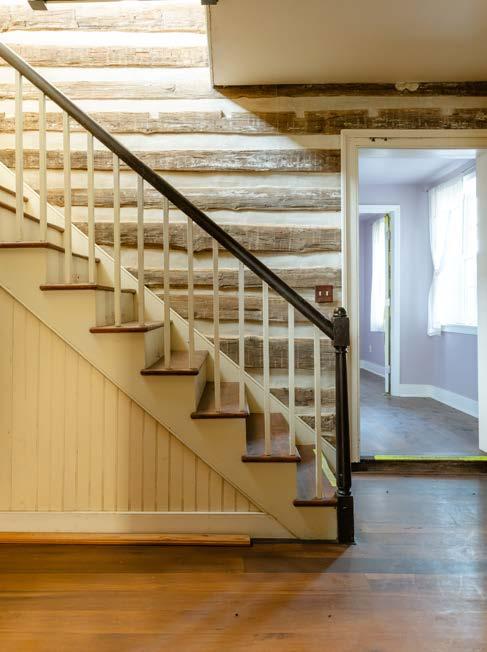
After the Hagans died, their daughter Anna Hagan Tate inherited the property, continuing the tradition of the Merritt Mansion passing on to daughters. That tradition ended when Anna sold it to Thomas G. and Birdie Hargrove in 1921, marking the first time the home was owned by someone other than a descendant of John Rains.
Over the next 80 years, the house slowly fell into disrepair until 2003, when the City of Nashville ordered its demolition. Local advocates found passionate buyers to protect the home,
Merritt Mansion
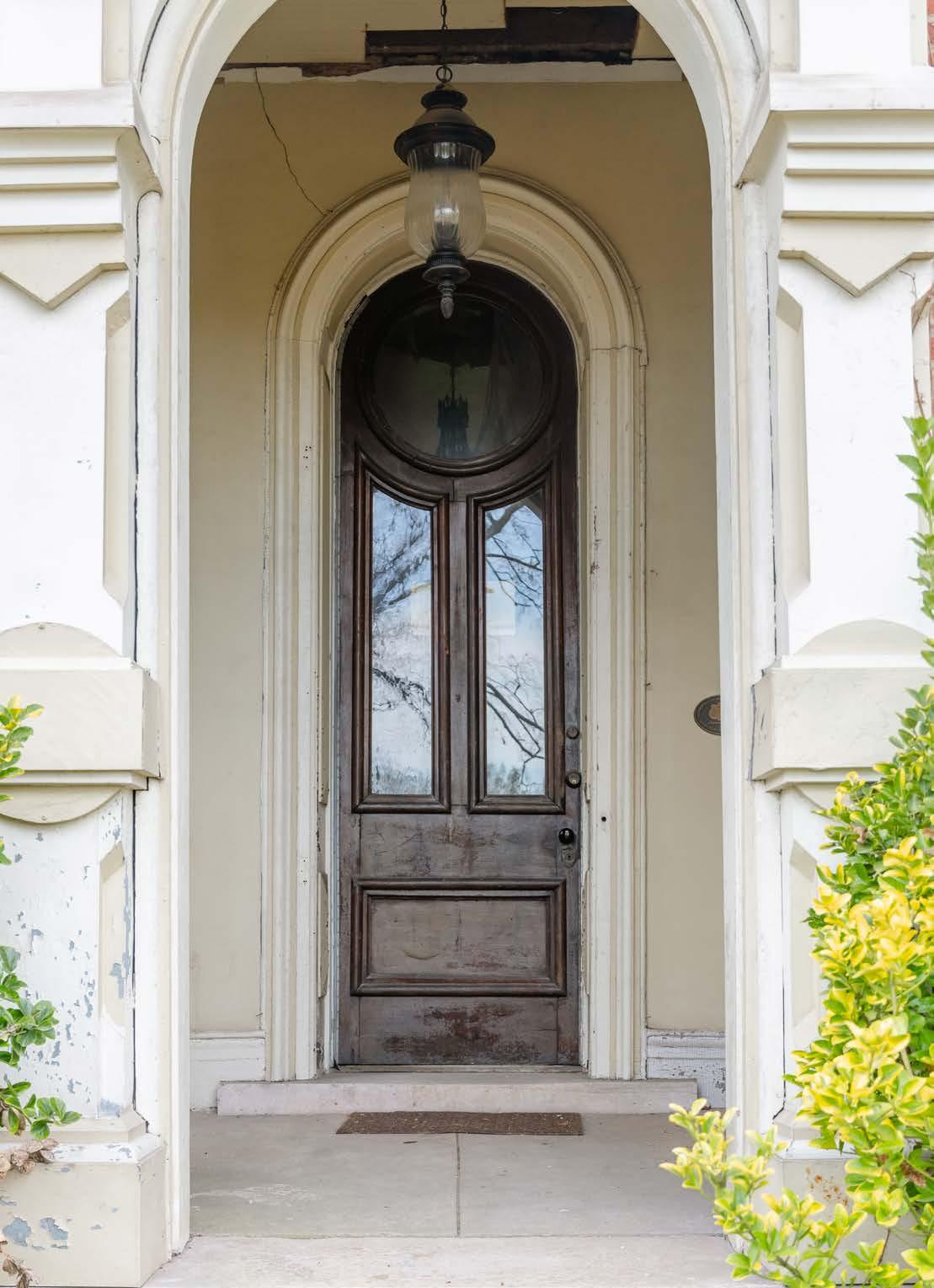
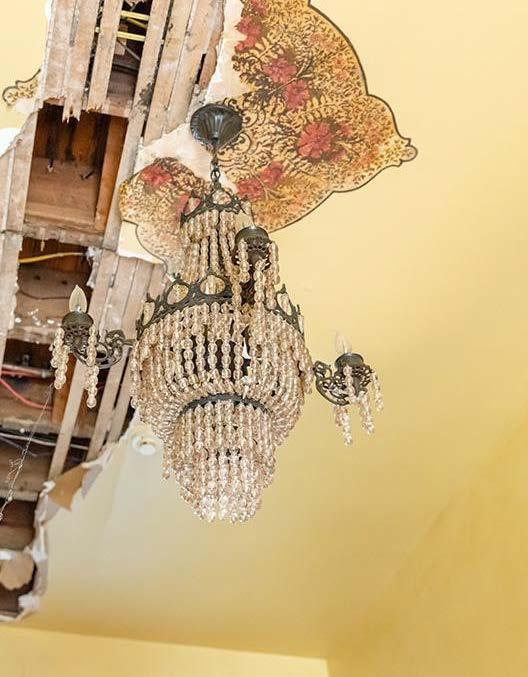
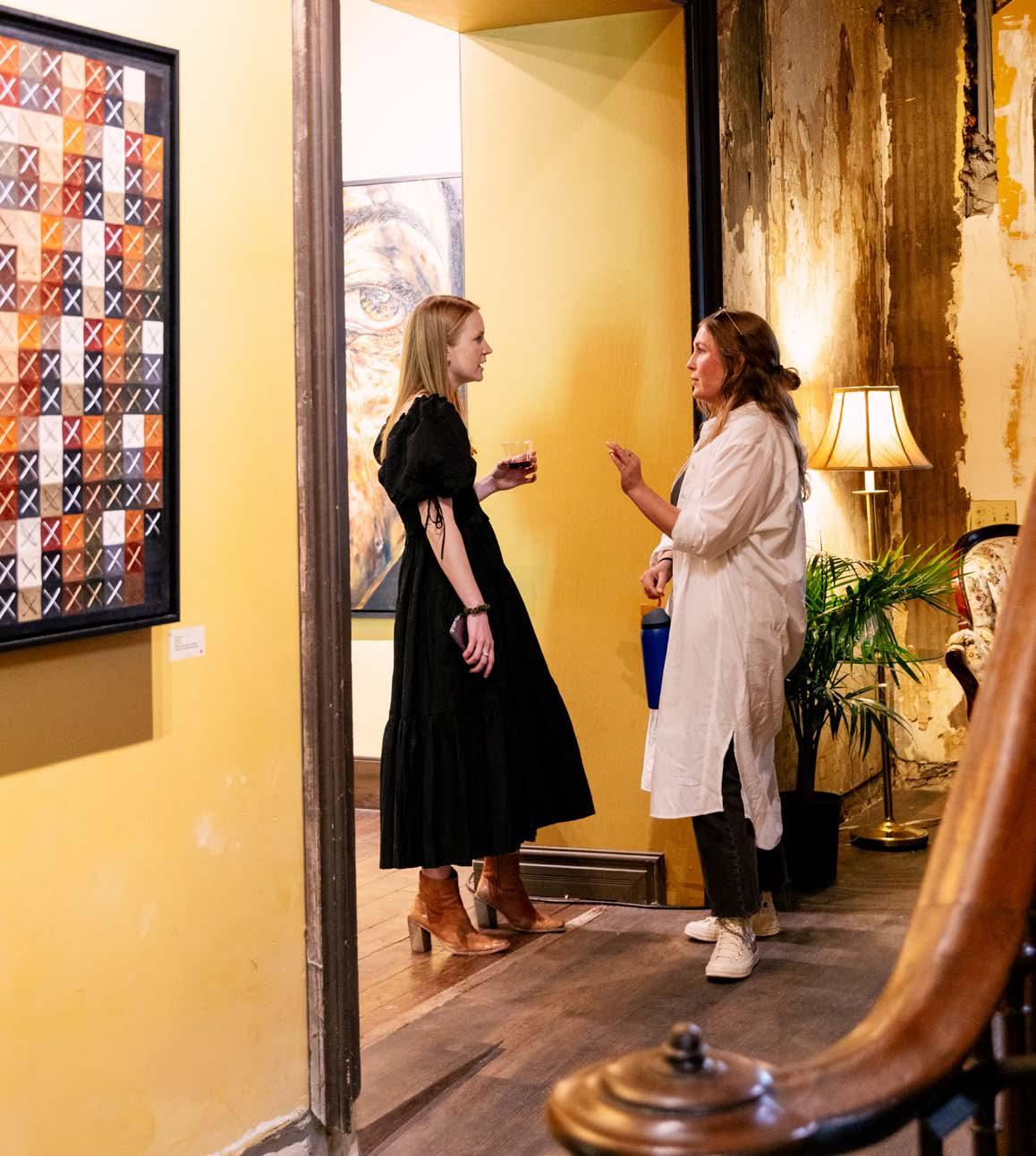
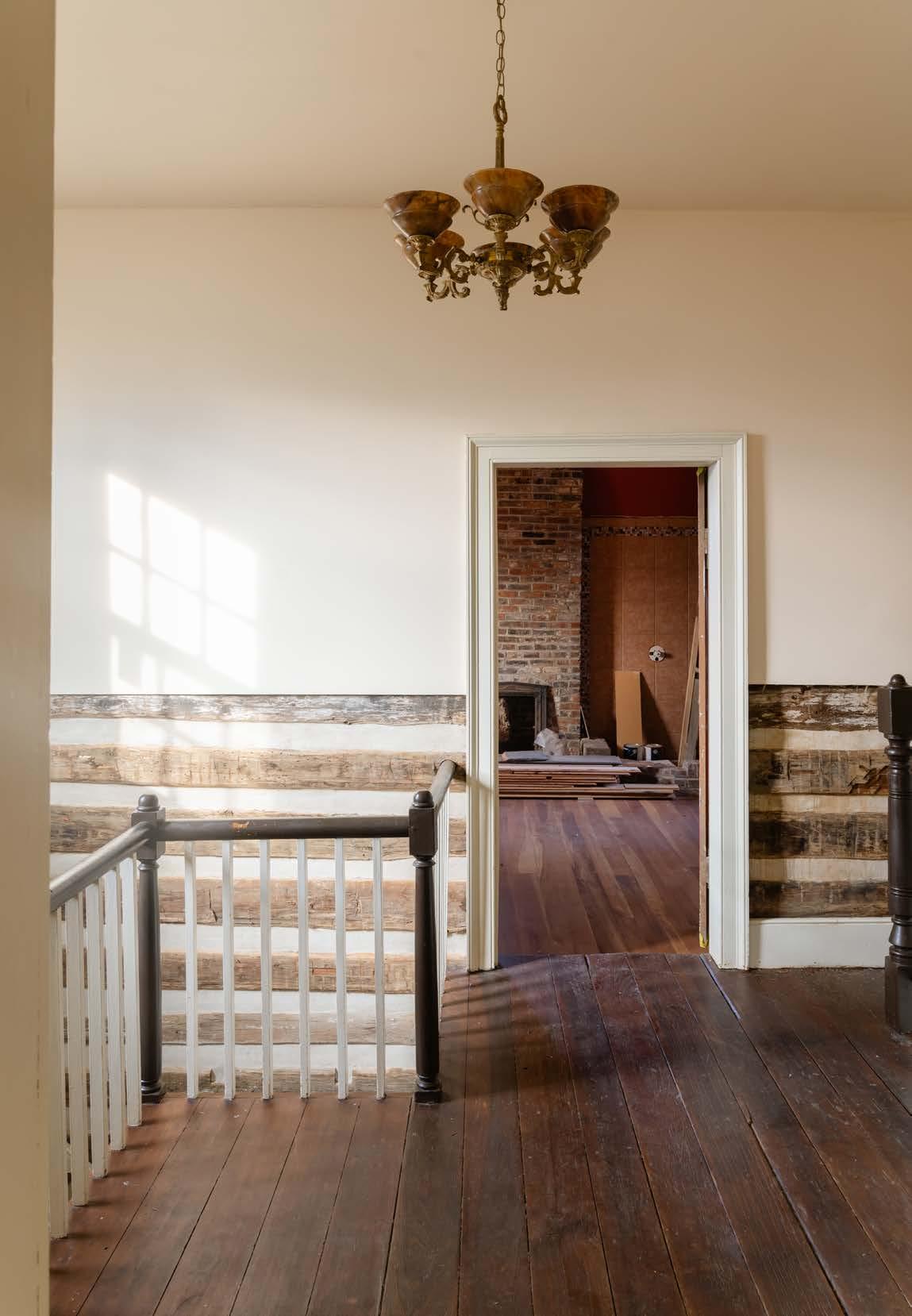
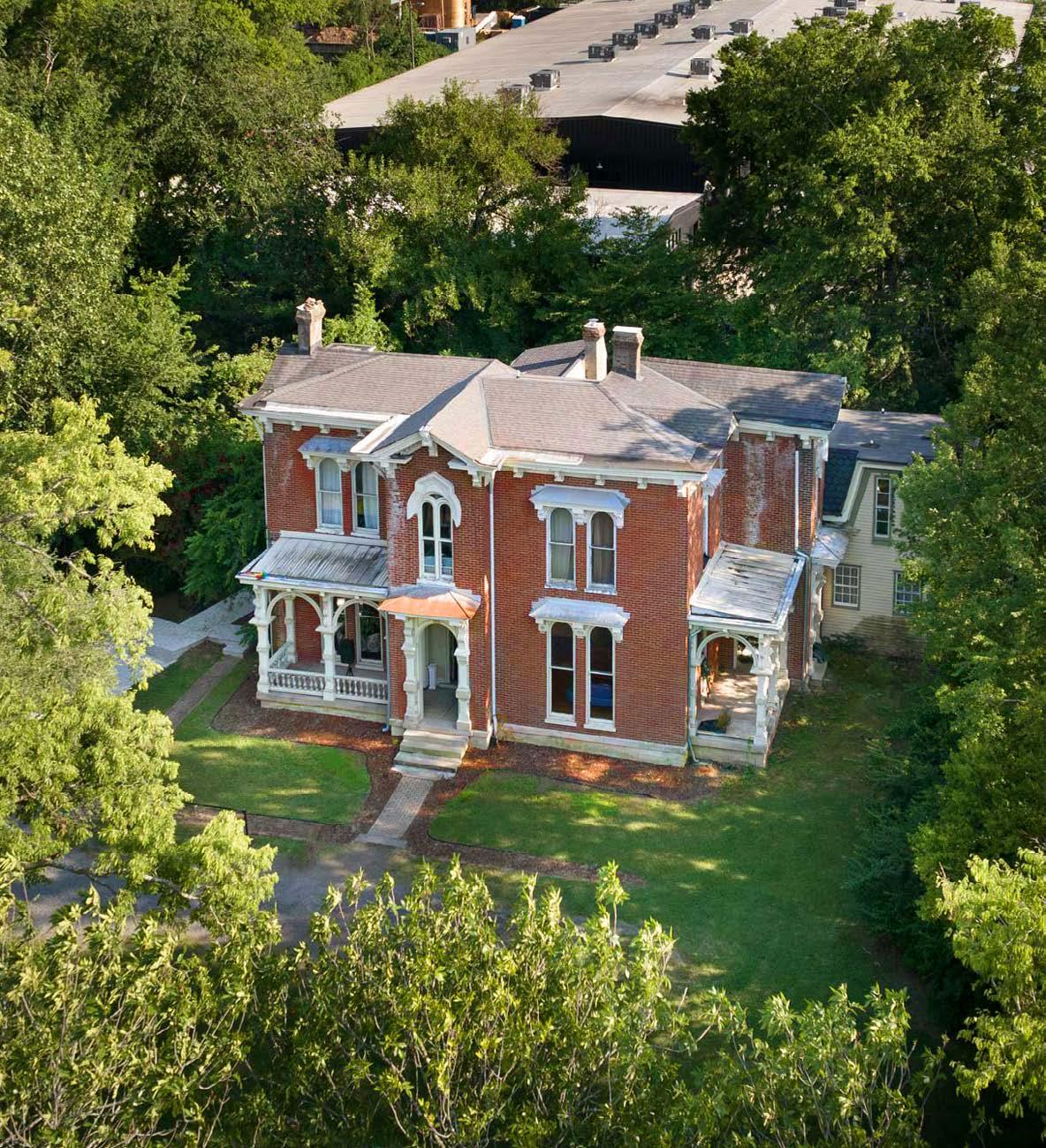
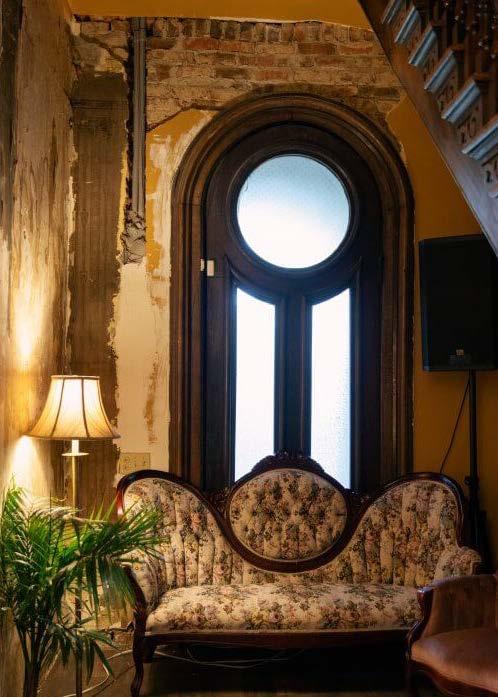
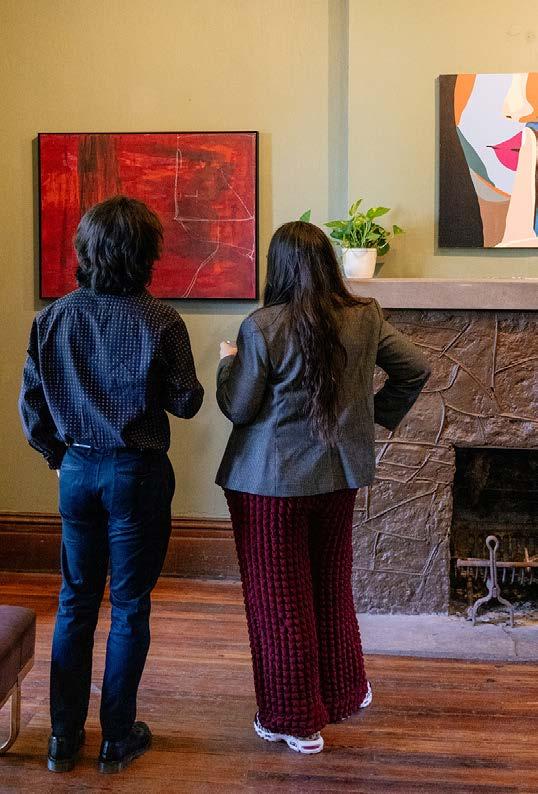
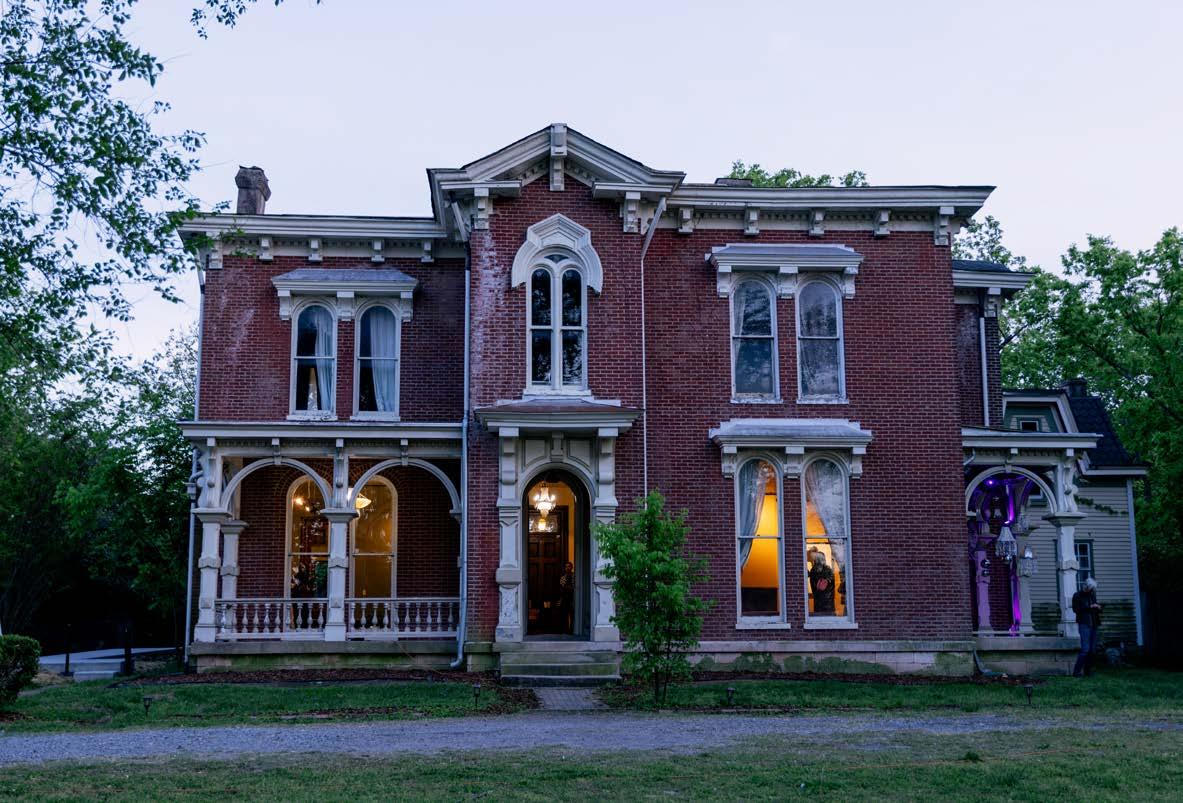
and from 2004–2014, new owners, Holly Young and Patrick Murphy, worked diligently to return the Mansion to its former glory.
Nashville-based rock band The Kings of Leon purchased the Merritt Mansion from Holly and Patrick in 2014. In 2021, AJ Capital Partners bought the property to preserve its historic integrity while reimagining the Merritt Mansion as the heart of the Wedgewood Village community. From founding fort to sprawling farm to suburban cottage, Wedgewood Houston’s Merritt Mansion is synonymous with the development of South Nashville and tells a story of the evolving landscapes, industries, and architectural language over the last 200 years.
To left:
1. In 1874, Christina and her husband Frank added the brick façade, mansard roof, and Italianate details that survive today.
2. In 2023, cëcret by cë gallery took residency bringing contemporary art experience to the historic home.
3. Historic details uncovered in the entry hall.
4. Layers of the original log cabin are still visible within the house, giving it a distinct character
5. The Merritt Mansion from above in 2023. Sitting at the heart of a forthcoming two-acre lawn, the historic home will anchor a new town square
6, 7 cëcret by cë gallery residency bringing contemporary art experience to the historic home.
8. The Merritt Mansion at dusk
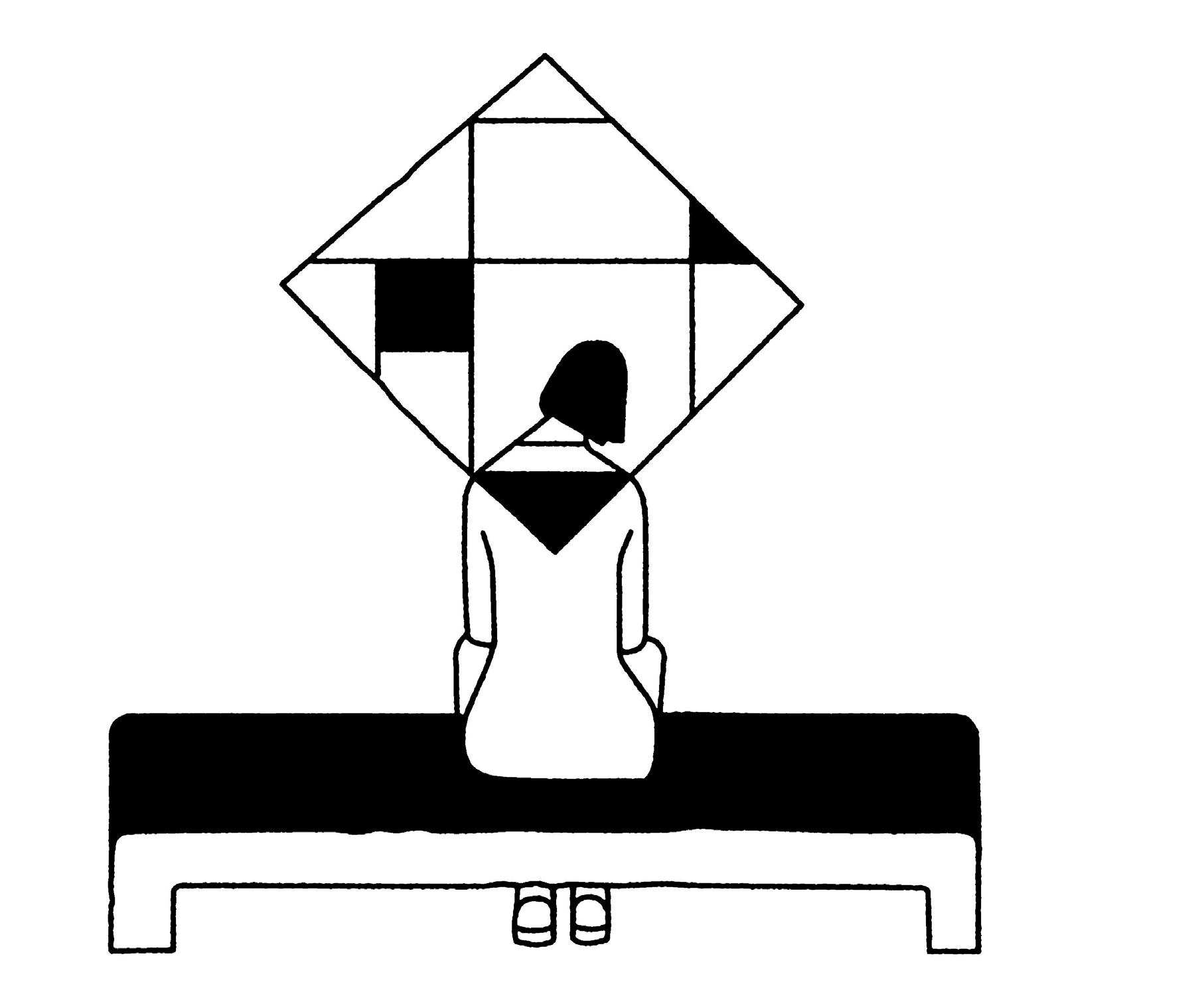
Fresh Faces
Here, brick buildings weave together the past and present, and community is created over art, culture, and dining. A bustling social calendar always entertains, and a varied landscape of boutiques, cafés, and restaurants offer something new around each corner. Step inside, we’re all neighbors here.
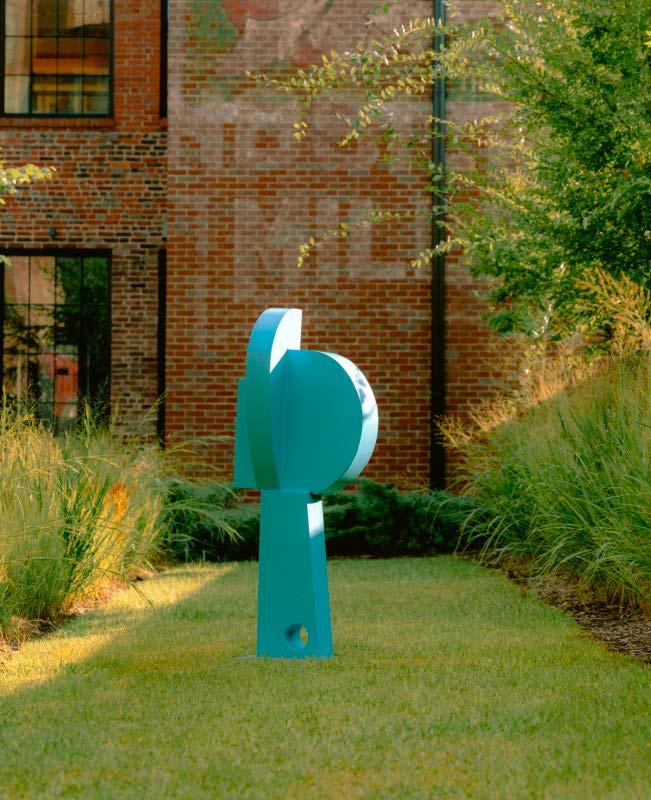
Historic Spaces, Fresh Faces
A GROWING COMMUNITY
From cozy cafés serving artisanal coffee to upscale restaurants offering a fusions of flavors, to internationally renowed retailers and designers, Wedgewood Houston is a dynamic hub where the city converges to savor the best of Nashville’s cultural and culinary offerings.
“Sculpture Blue #1622” by Kit Reither on display courtesty of David Lusk Gallery
Photo by Solar Cabin for Artville
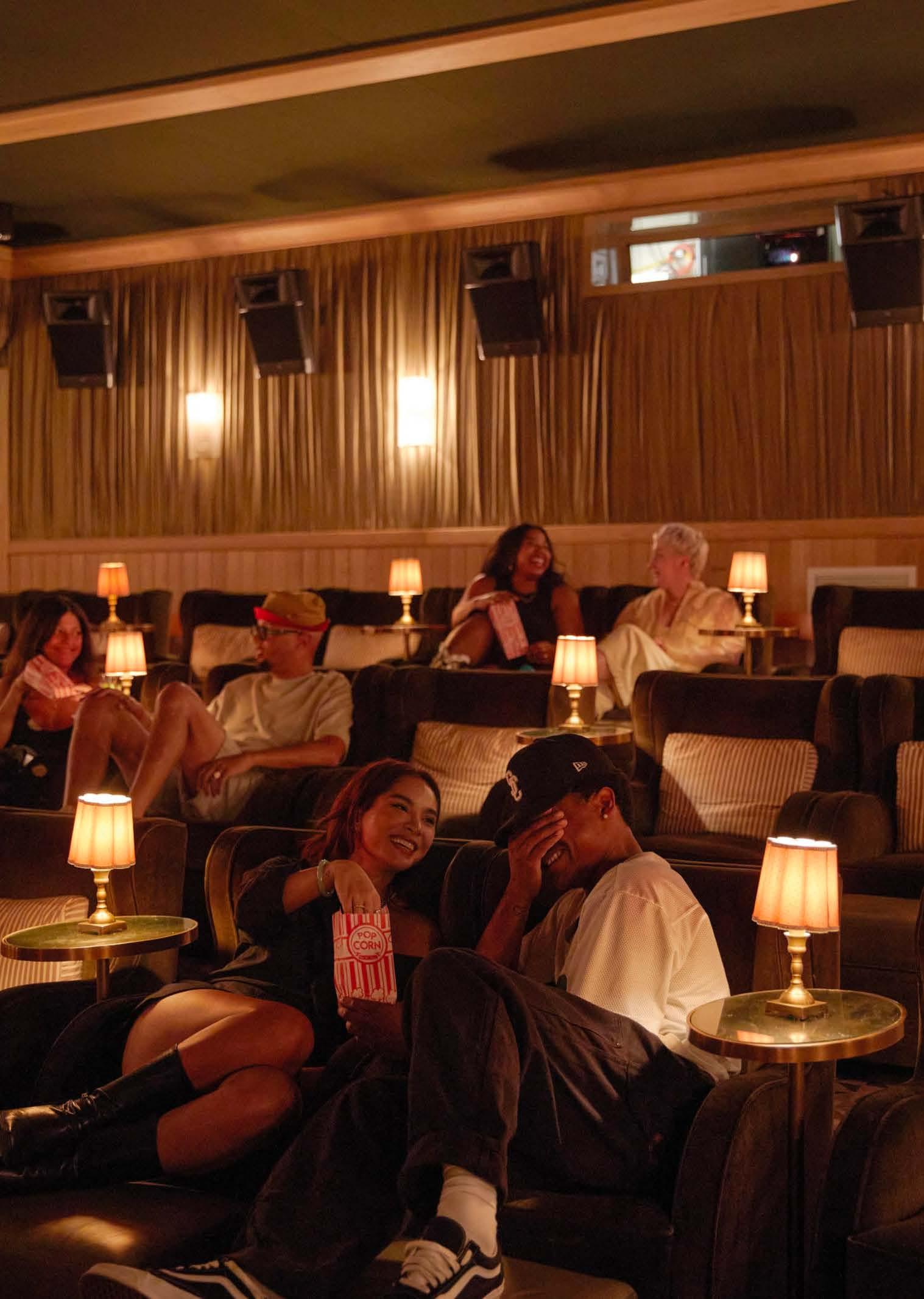
Screening Room at Soho House Nashville
Photo by Andrew Joseph Woomer



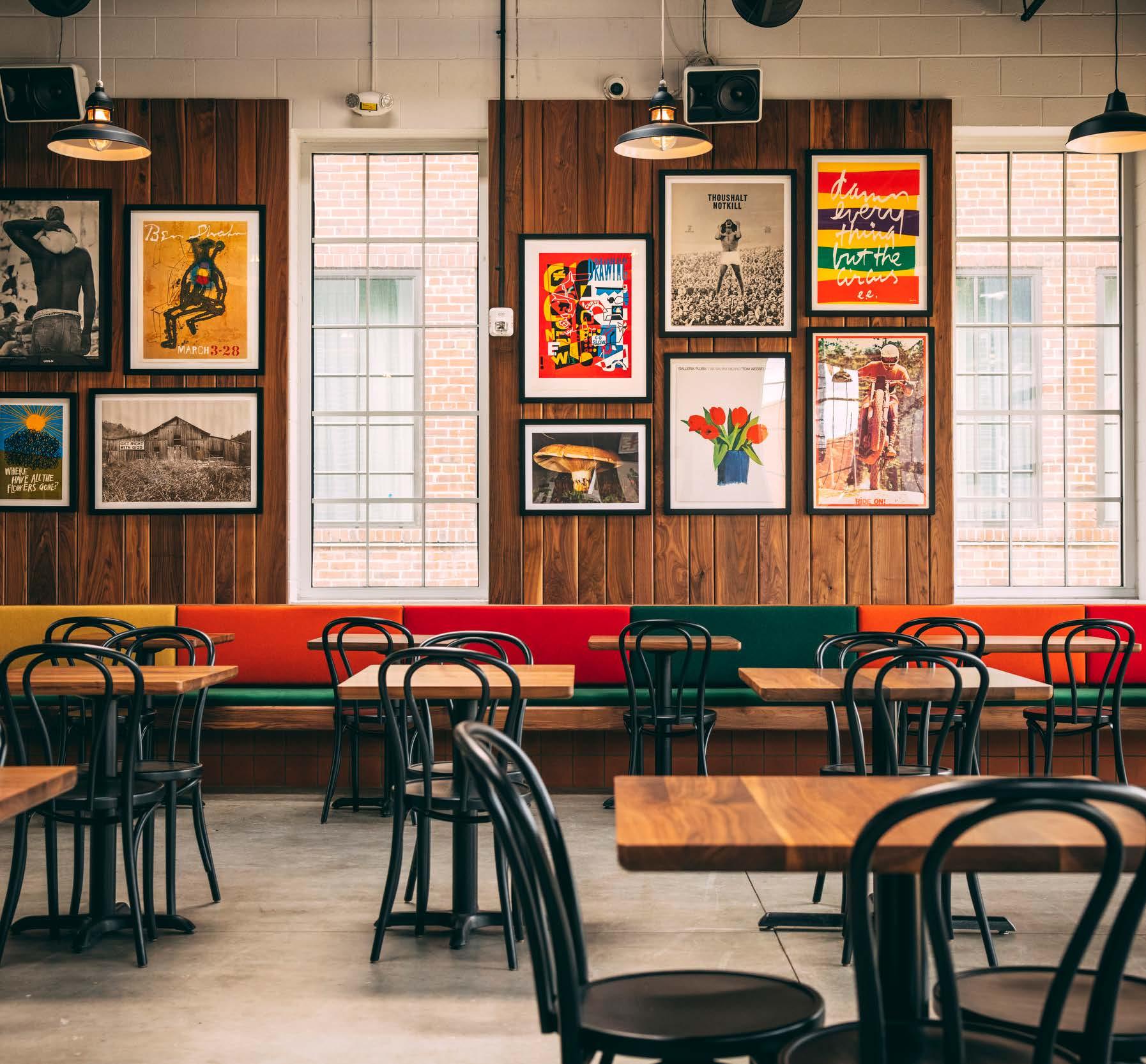
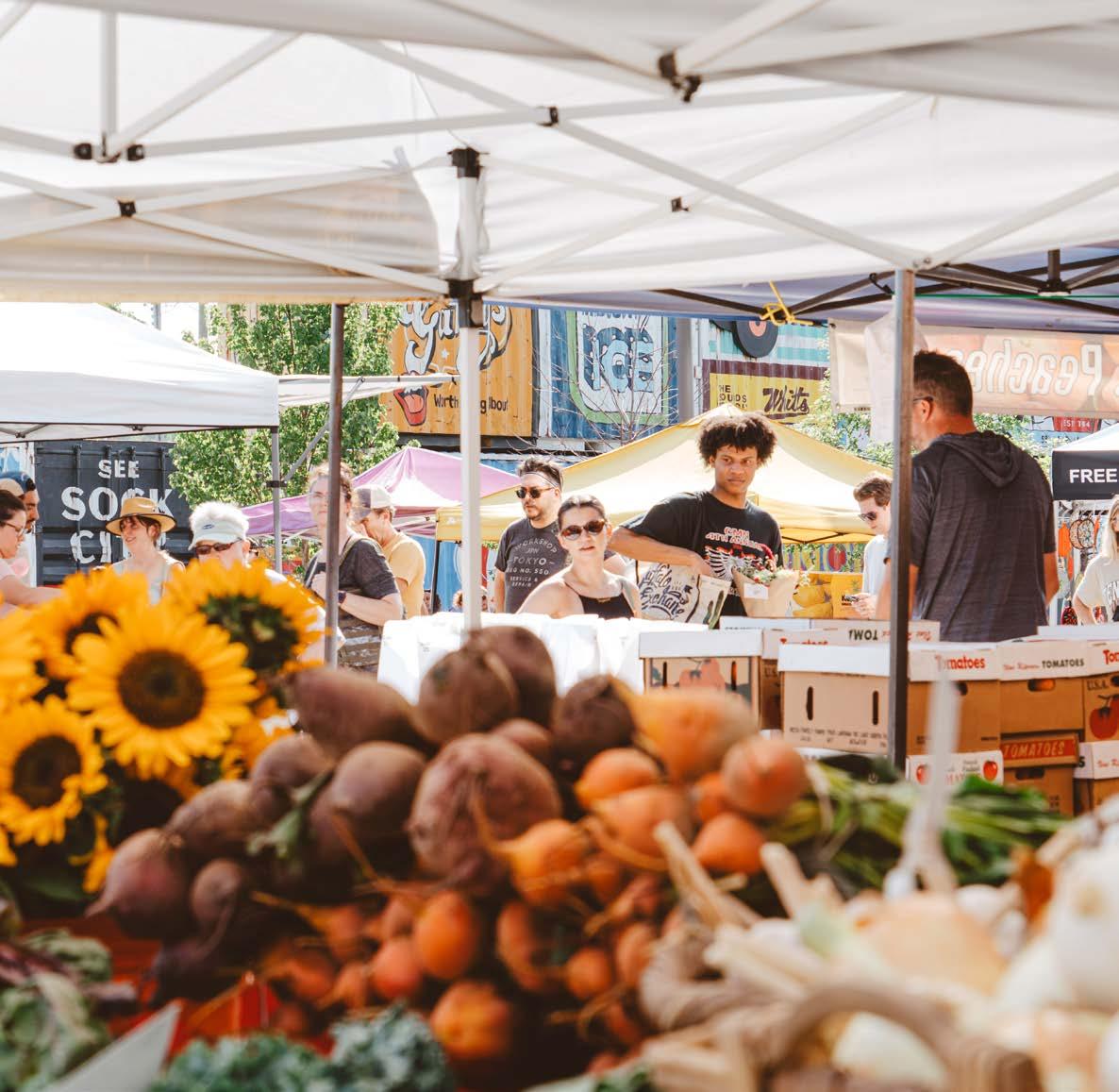
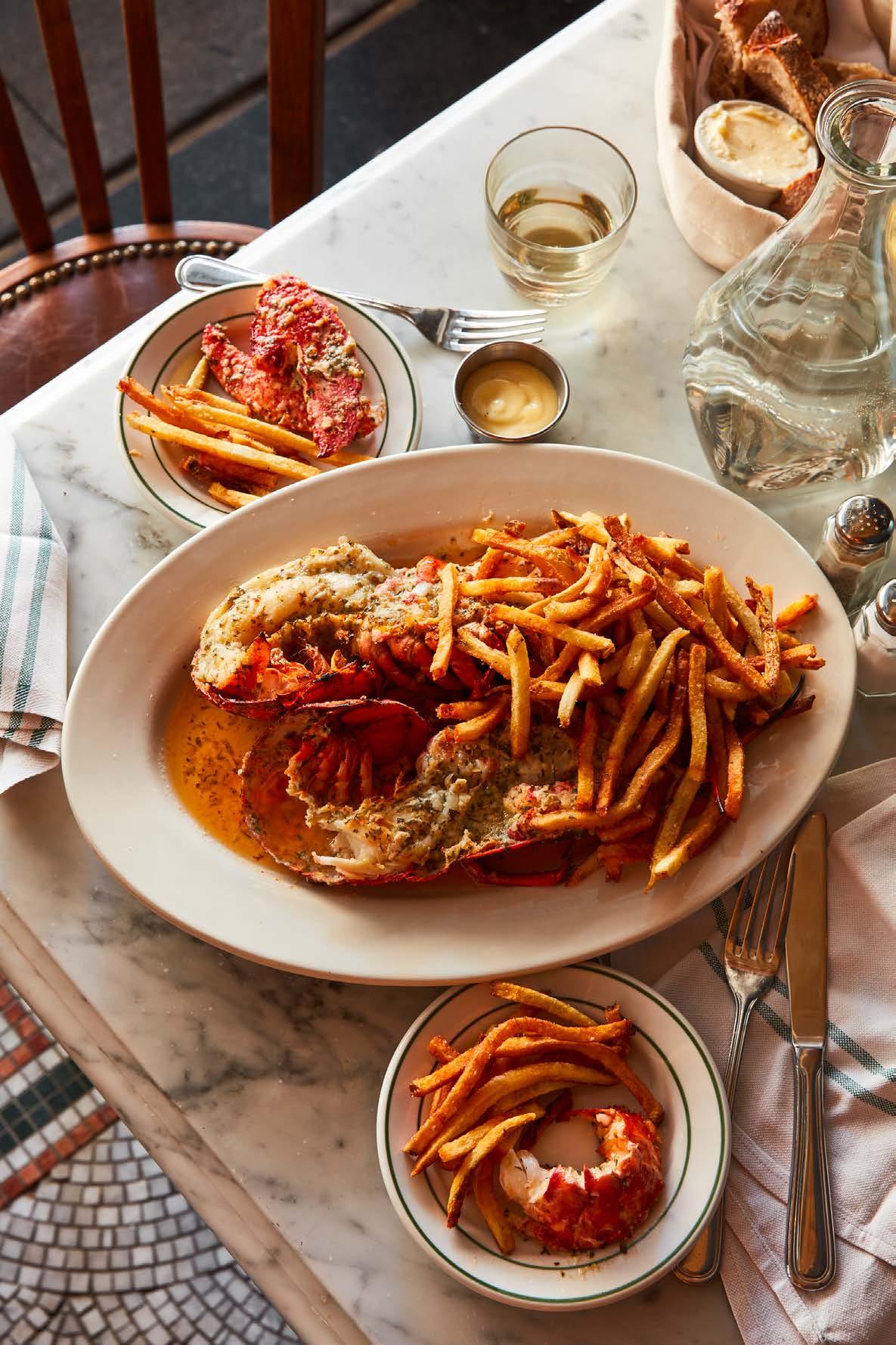
WELCOMING NEW NEIGHBORS DAILY
With each passing day, this burgeoning neighborhood solidifies its reputation as an exciting and must-visit destination in Music City.
To left:
1. Flamingo Cocktail Club hosts dance parties, jazz nights, and live music while serving specialty cocktails and bites
2. Find strong drinks and decent eats on 4th Avenue S. at Goodtimes Full Service Bar
3. Geodis Park, home of the Nashville Soccer Club, opened in Wedgewood Houston in 2022. The 30,000-seat stadium hosts concerts, festivals, and more
4. Dicey’s Pizza + Tavern serves party-cut pizza, salads, and sandwiches with a selection of natural wines in the former May Hosiery Mills service station. Photo by Clayton Hauck
5. Wedgewood Houston Farmers’ Market pops up seasonally in The Outfield at Nashville Warehouse Co.
6. Opening 2025, Pastis brings French fare from James Beard award-winning restaurateurs to Wedgewood Houston. Photo by STARR Restaurants
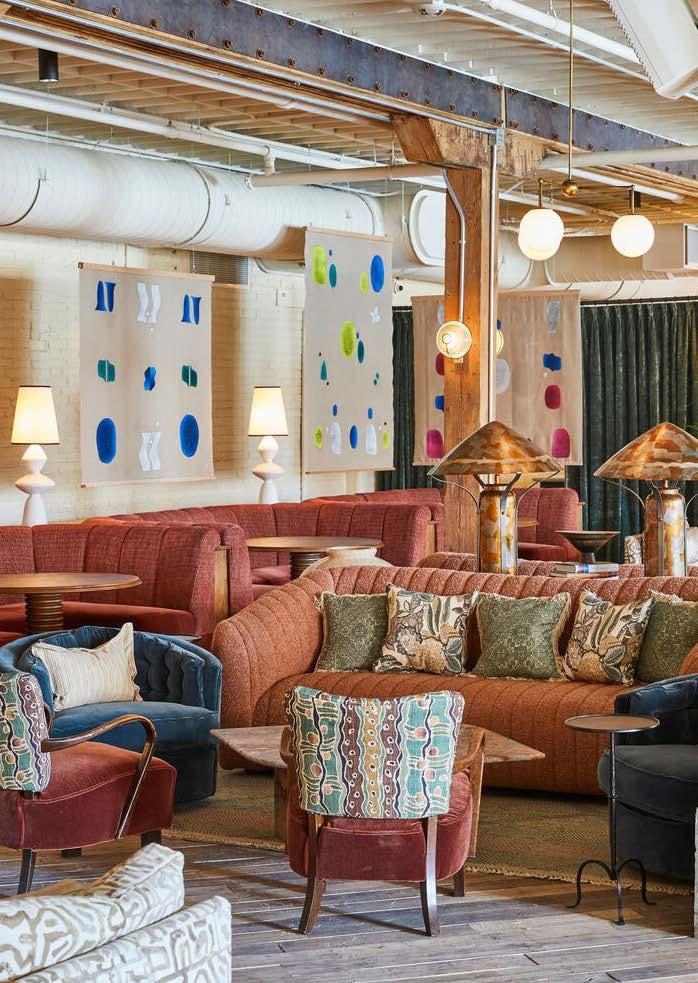
Soho House Nashville
Photo by Andrew Joseph Woomer





SOHO HOUSE
Blending modern luxury with the eclectic charm of the surrounding community, Soho House Nashville offers a sophisticated array of options including an in-house theater, restaurant, and pool in the heart of Wedgewood Houston.
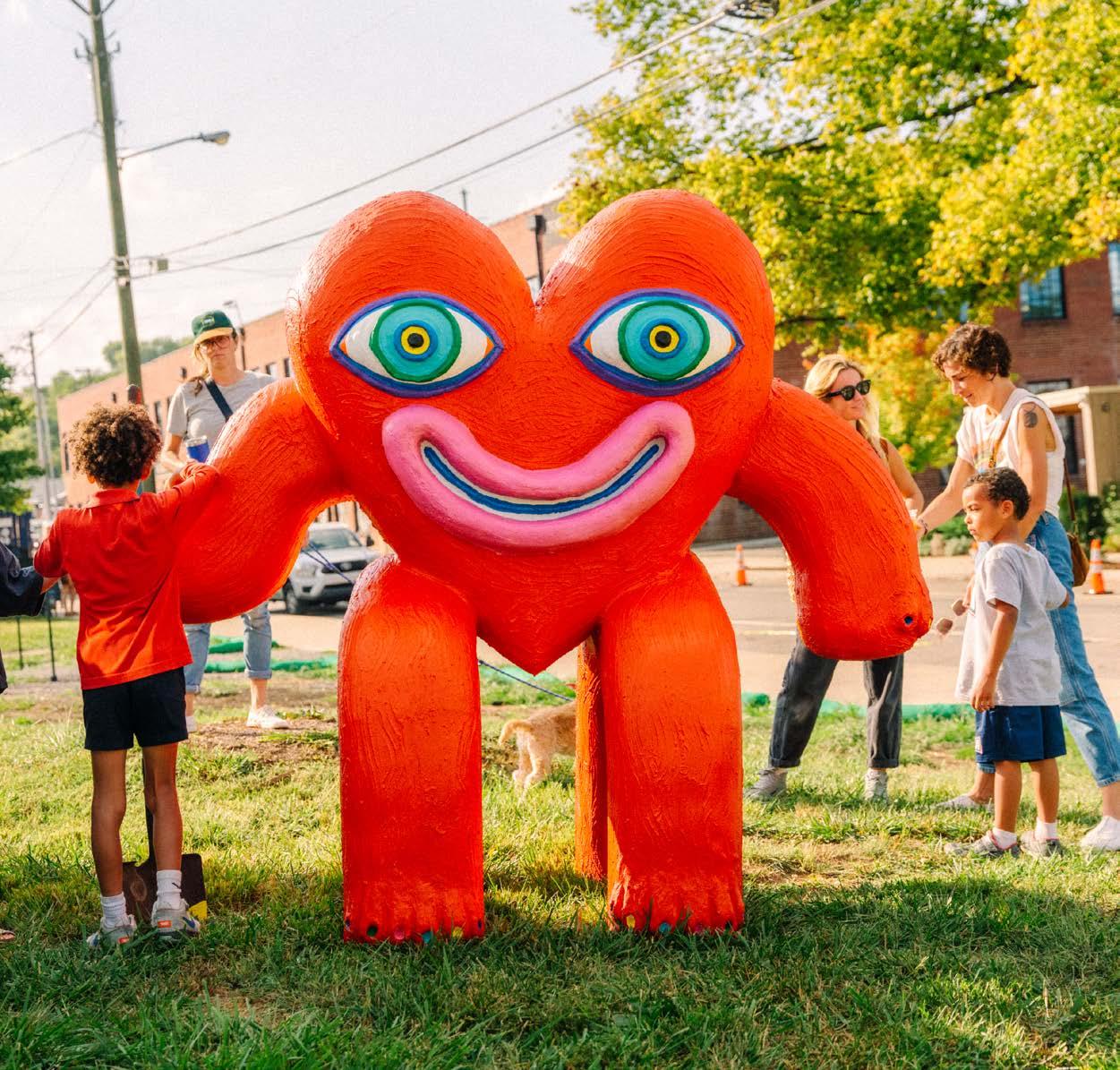
Brush Up on Some Culture
THE HOME OF THE ARTS IN NASHVILLE
A hub for art events and activities, Wedgewood Houston boasts the most art galleries in Nashville. From monthly Art Crawls to immersive art installations, there is an array of culture to discover for art enthusiasts and curious visitors alike.
“Joyride” by Brett Douglas Hunter for Artville
Photo by Solar Cabin for Artville

Artville Community Art Show
Photo by Solar Cabin for Artville
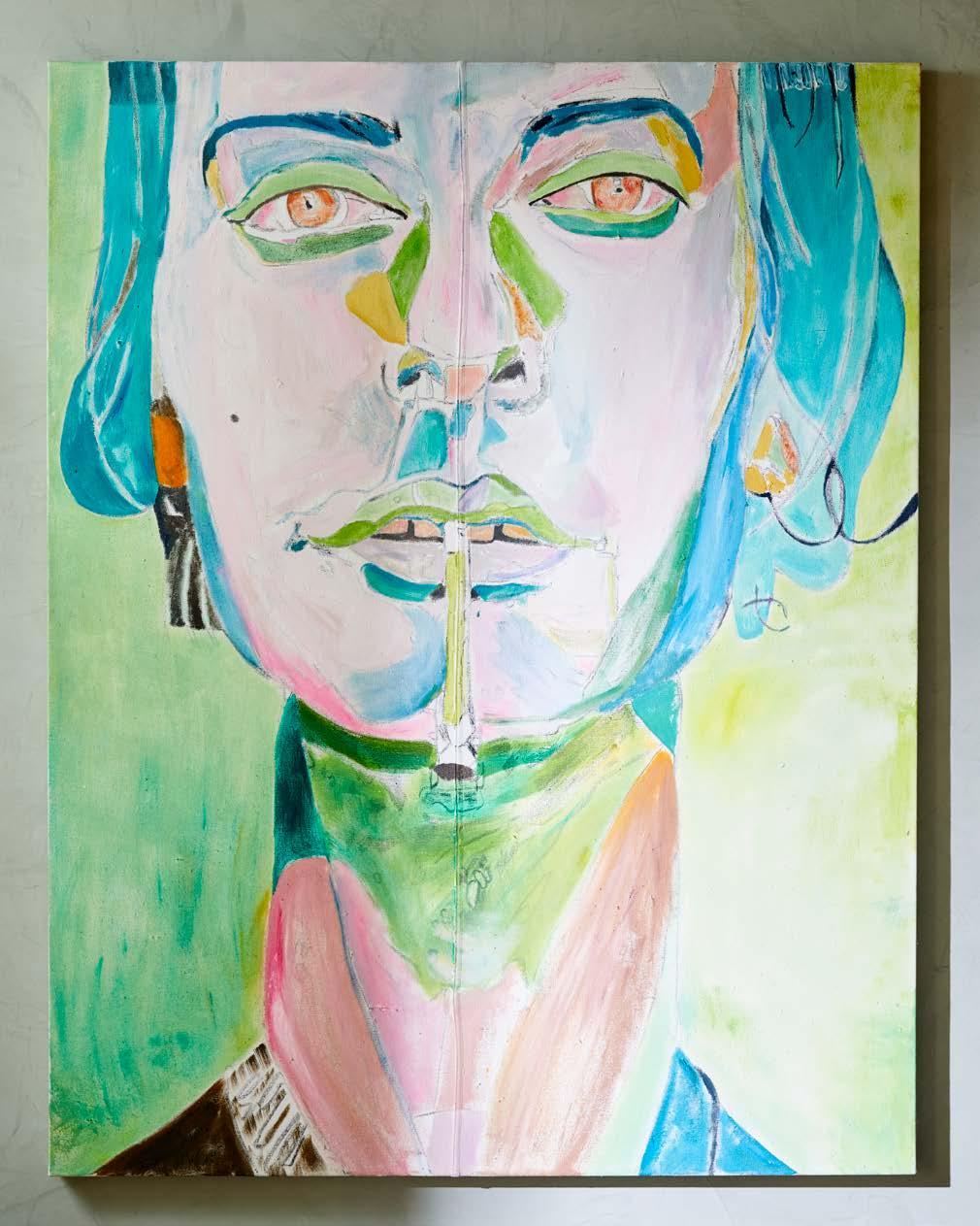
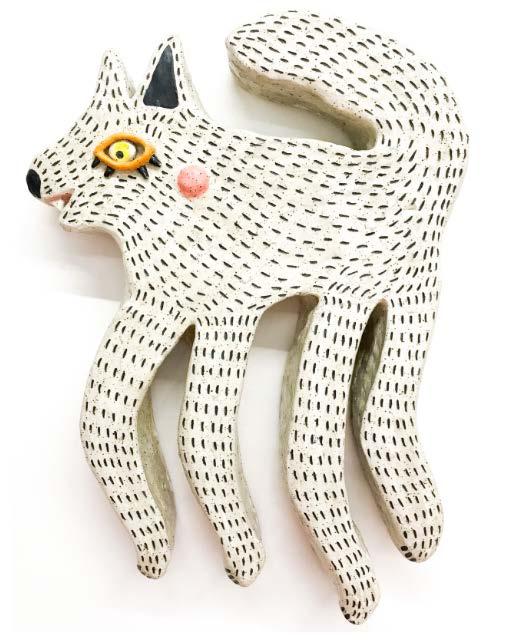

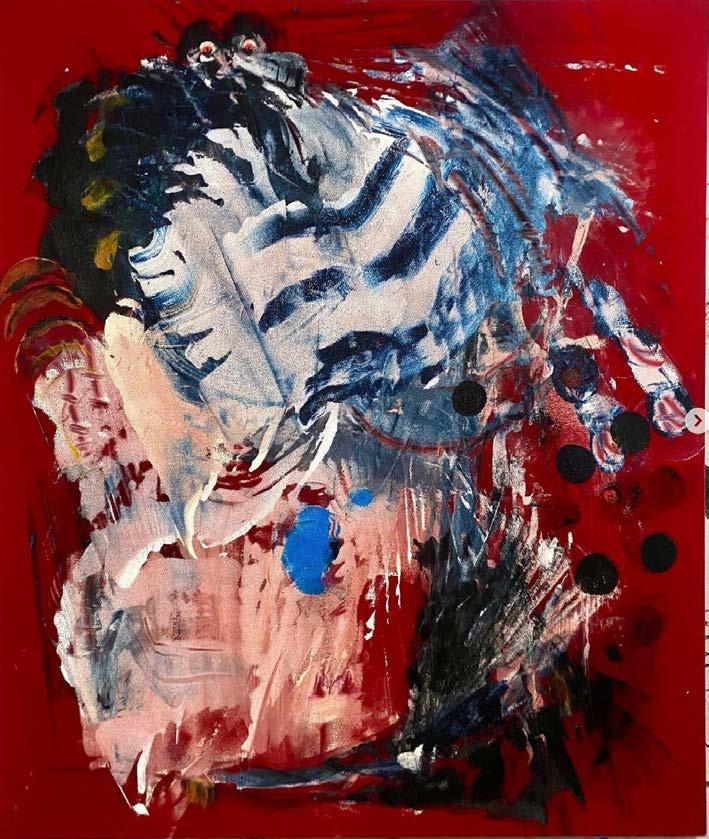
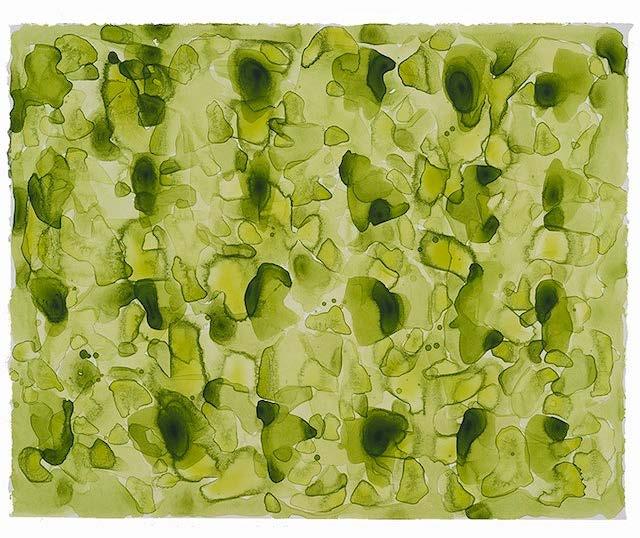
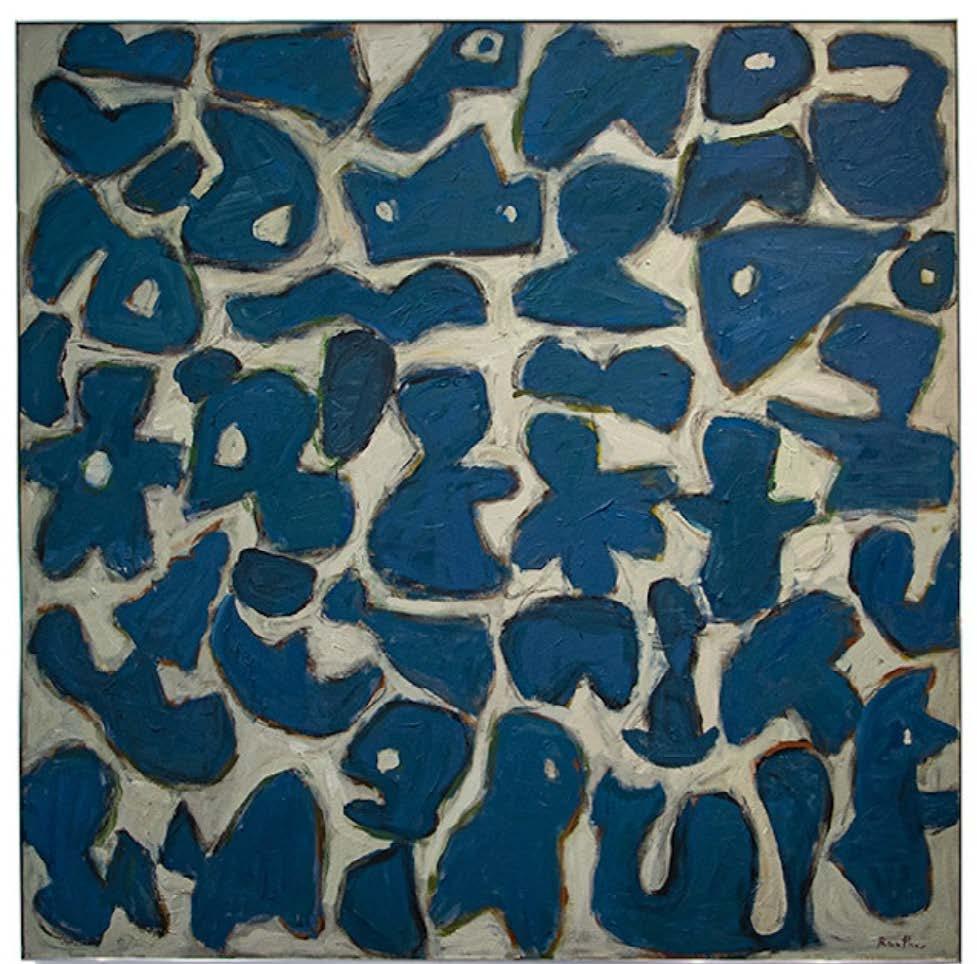
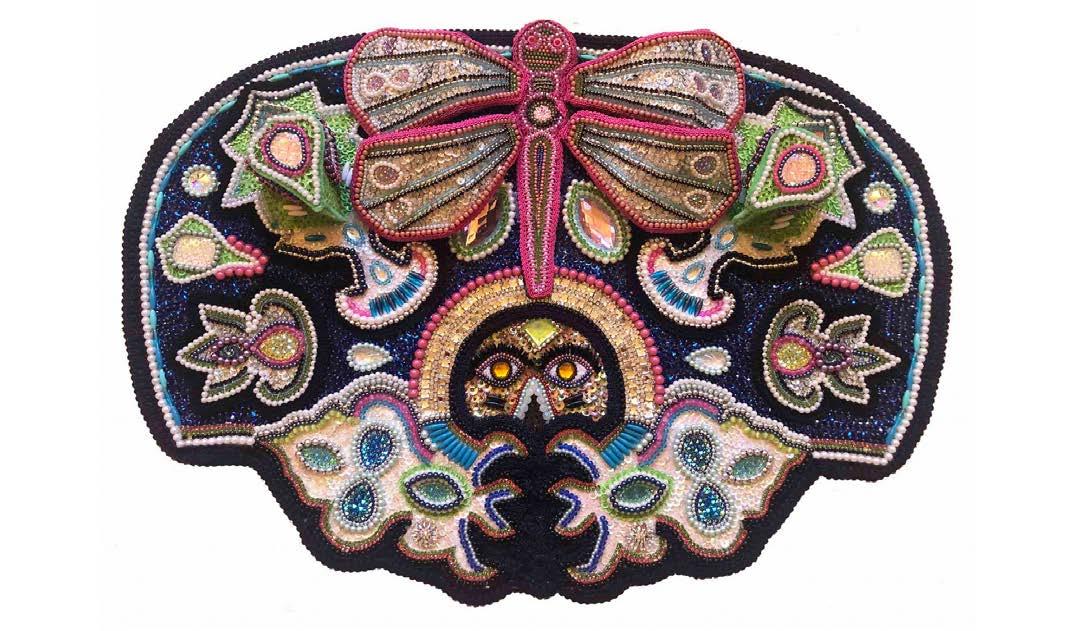

NASHVILLE’S MOST GALLERY-FILLED NEIGHBORHOOD
Discover works by emerging and established artists during the monthly Art Crawl or on your daily stroll through the neighborhood with more galleries, studios, and maker spaces than anywhere else in Nashville.
To left:
1. “Lindsy” by John Paul Kesling at Soho House Nashville
2. “Ghost Dog” by Ash Atterberry at Julia Martin Gallery
3. “Projection in Blue” by Sarah Boyts Yoder at Zeitgeist Gallery
4. Sauce” by Ryan Rado at Rock Wall Gallery
5. “The Green of Friendship #3” by Hamlett Dobbins at David Lusk Gallery
6. “Toy Clouds” by Kit Reuther at David Lusk Gallery
7. “Beauty and Pain” by DuVernay Collective at cëcret by cë gallery
8. “The Wish” by Julia Martin at Jula Martin Gallery

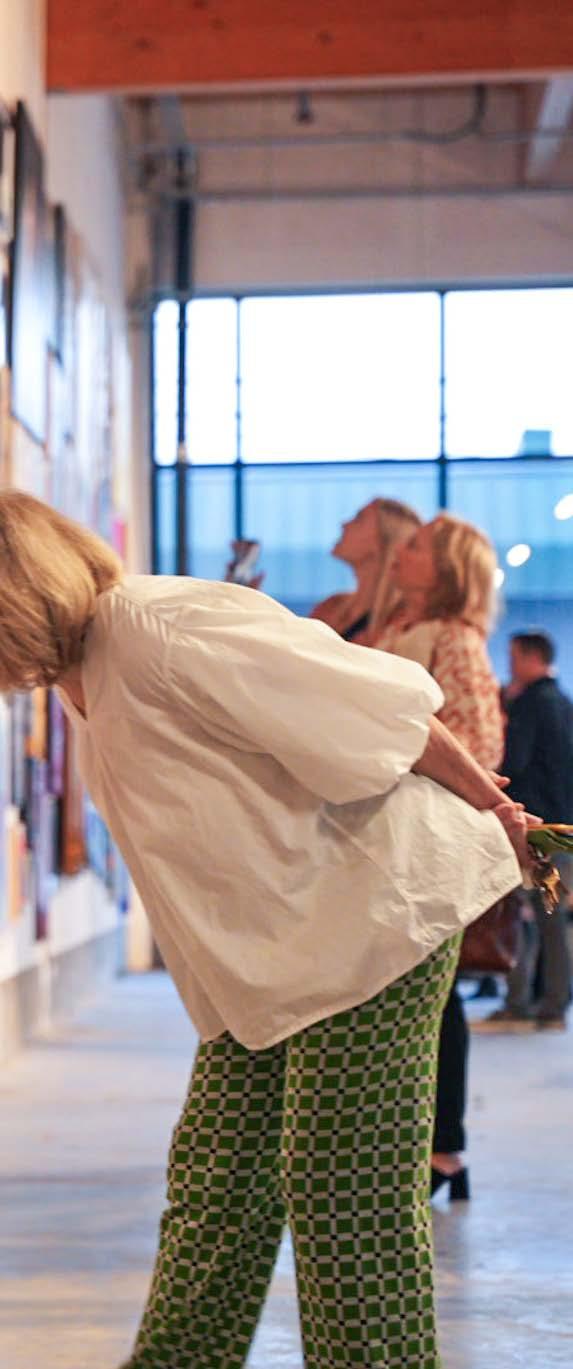
FOR THE LOVE OF ART: ARTVILLE TAKES STAGE EVERY FALL
Artville is an annual visual arts festival featuring public art installations, contemporary art, and immersive experiences highlighting the creative culture of Nashville.
Together, temporary, sitespecific works, immersive contemporary art experiences and retail art sales deliver an elevated yet accessible civic art experience that unites art lovers, collectors, and visitors alike.
To left and below:
1.
2.
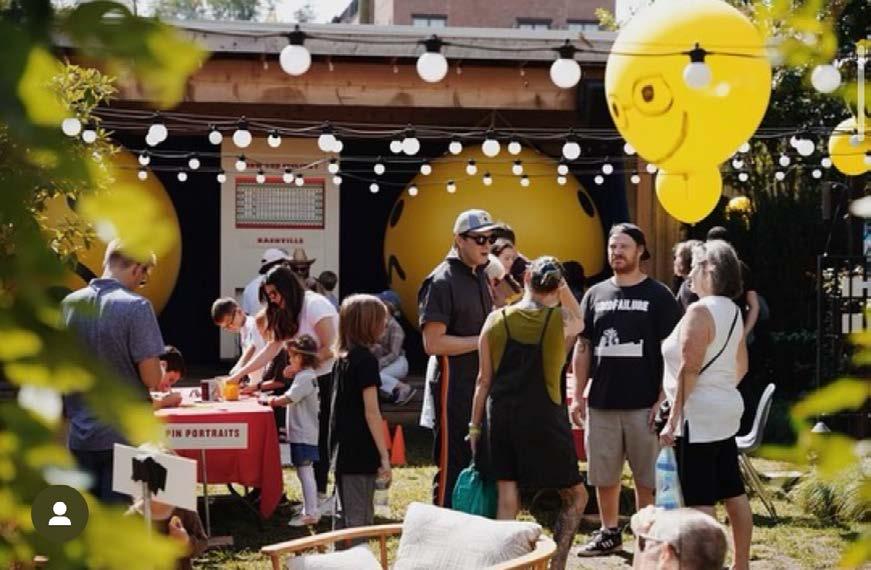
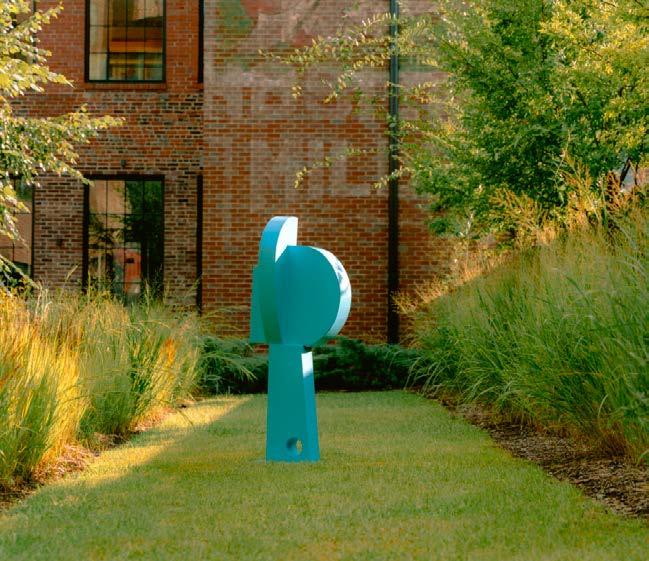
Artville Community Art Show at Nashville Warehouse Co. Photo by Solar Cabin for Artville
“How You Feeling” by Bryce McCloud at Soho House Nashville
3. “Sculpture Blue #1622” by Kit Reuther at Soho House Nashville courtesy of David Lusk Gallery

In Pursuit of Good Taste
AND FINDING IT DAILY
Wedgewood Houston boasts an incredible variety of culinary offerings, enticing food enthusiasts with its diverse dining scene. From local dives to innovative cocktail bars and upscale restaurants, the neighborhood serves up a vibrant array of flavors, making it a destination for those seeking a culinary adventure in Nashville.
Dicey’s Pizza + Tavern
Photo by Clayton Hauck
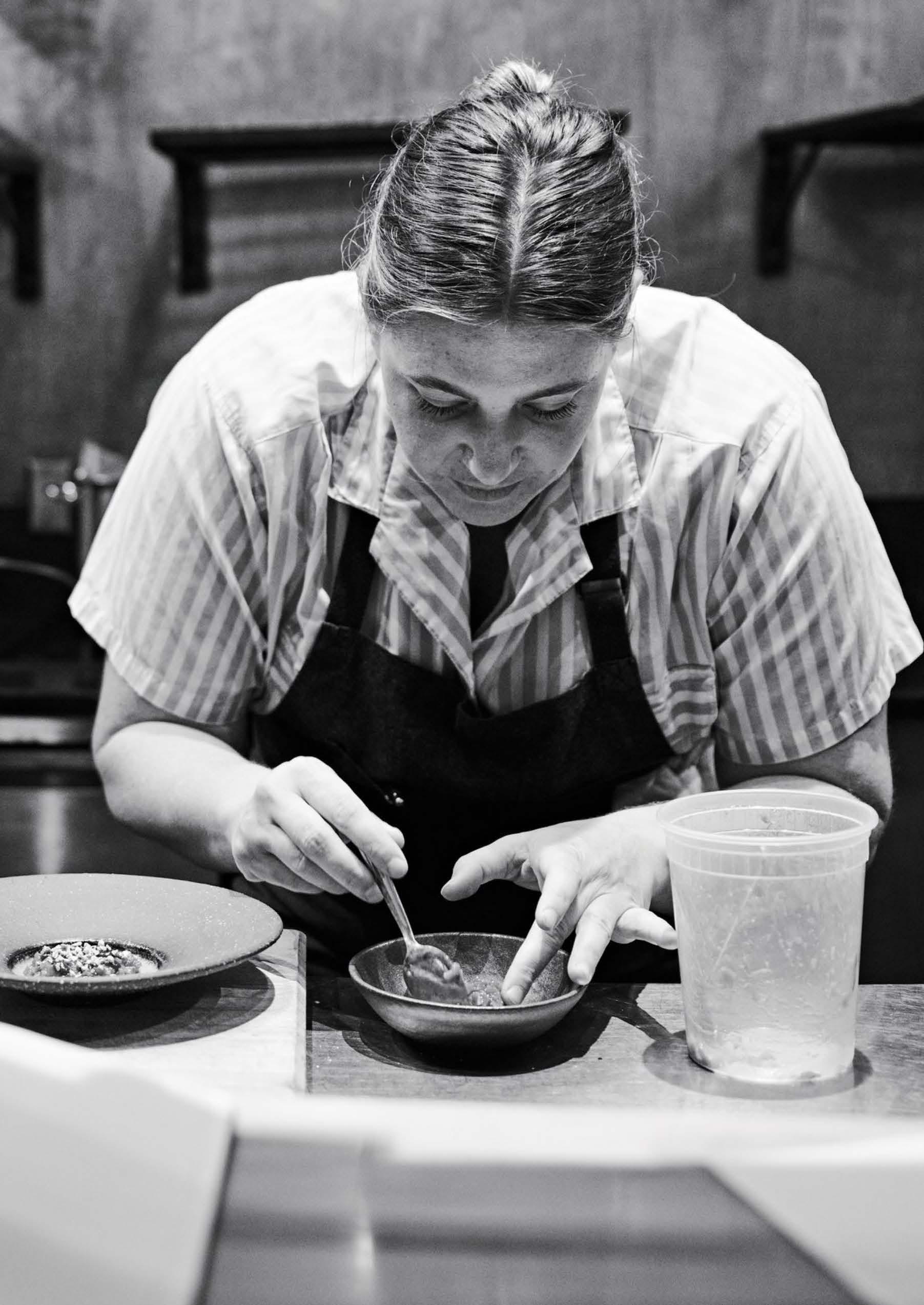
James Beard-finalist tasting menu at Bastion
Photo by Andrew Thomas Lee
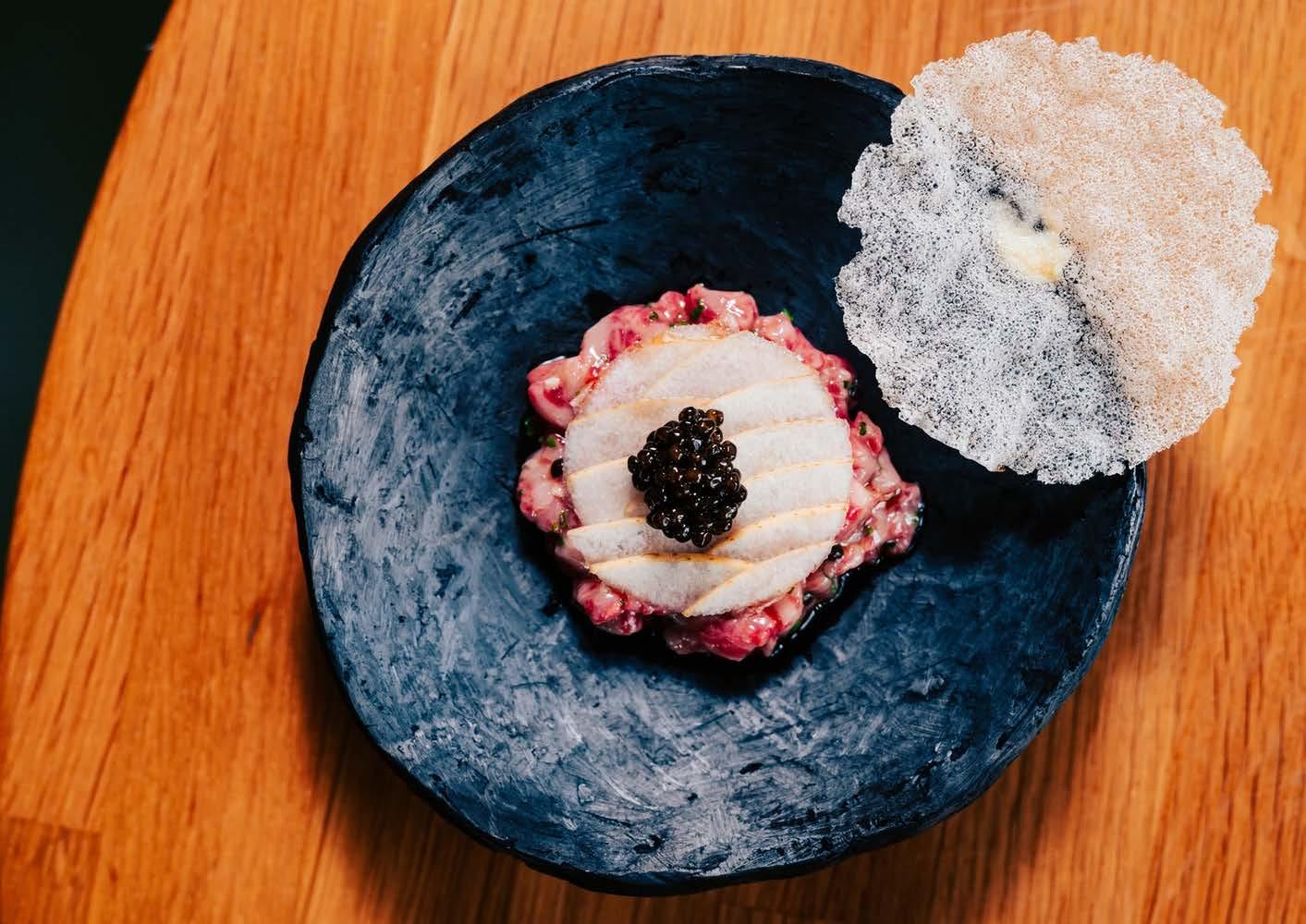

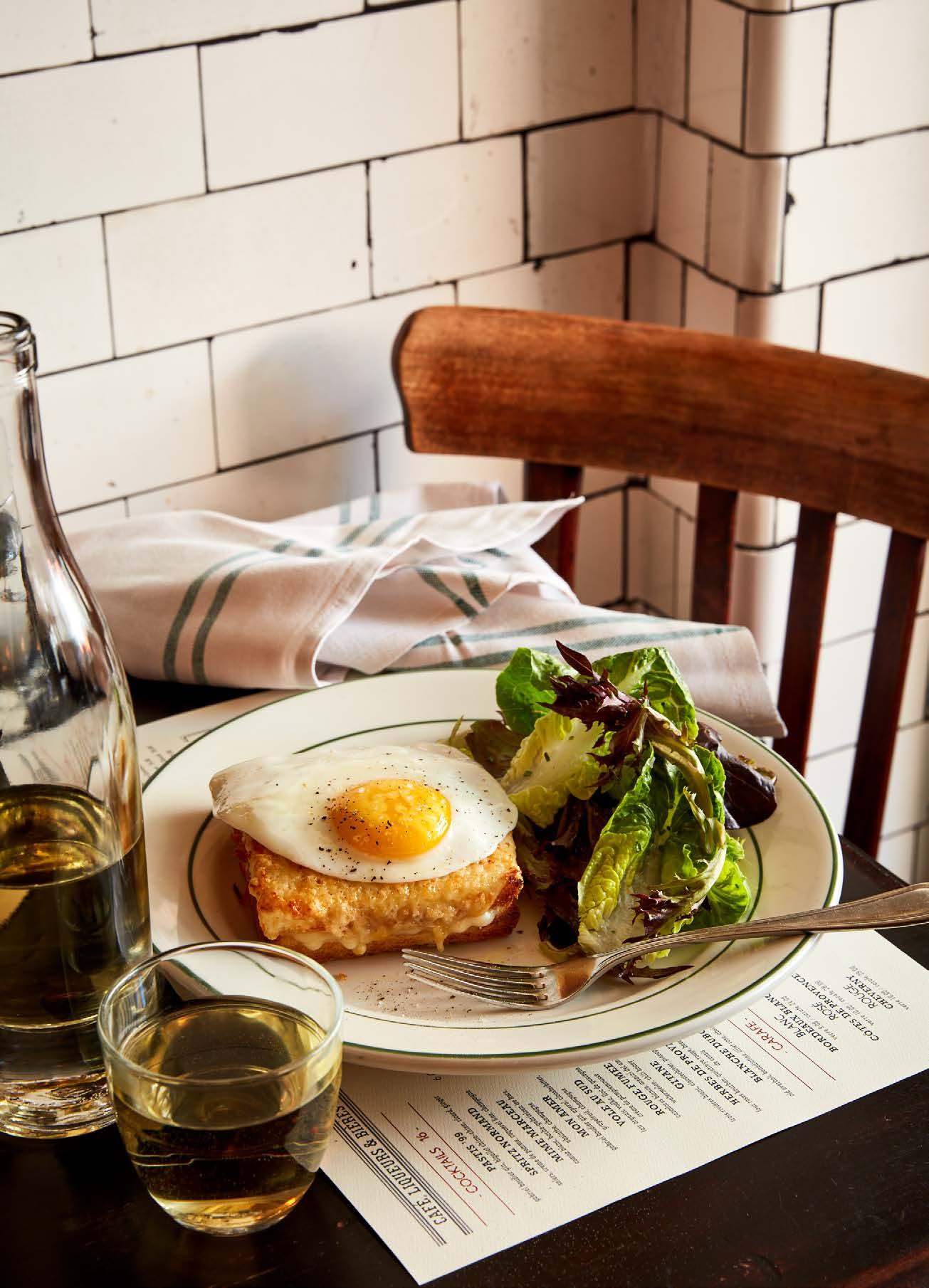
Present Tense
Photo by Nathan Zucker
Pastis Nashville
Americano Lounge
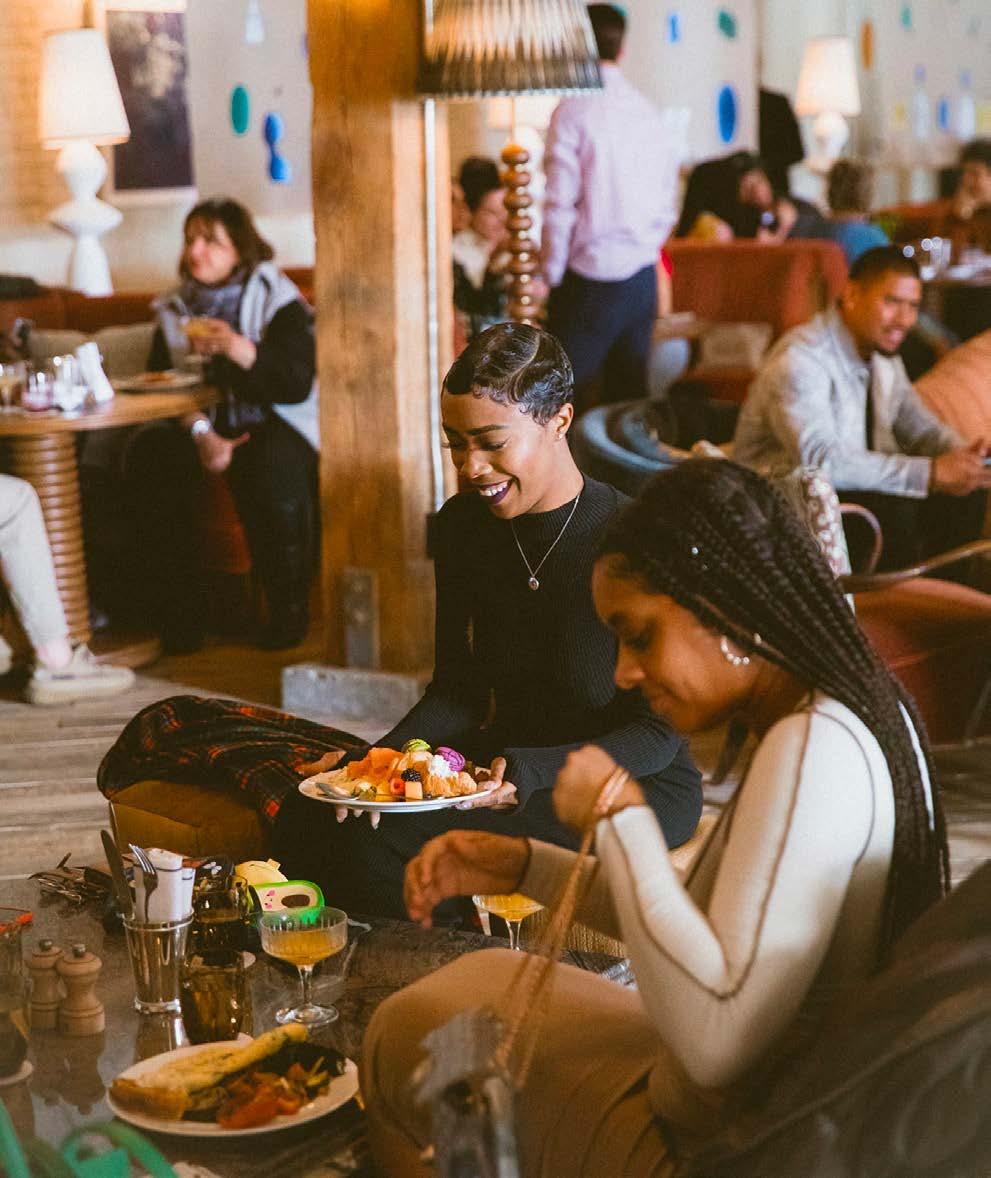



Above, below, and to right:
1. The Club Room at Soho House Nashville in the historic May Hosiery Mills
2. Japenese cuisine meets Nashville charm. Chicagobased restaurant Momotaro will bring upscale sushi and Japanese inspired-dishes
3. Dicey’s Pizza + Tavern—a well-loved pizzeria, known for serving delicious pizzas in a virbant atmosphere

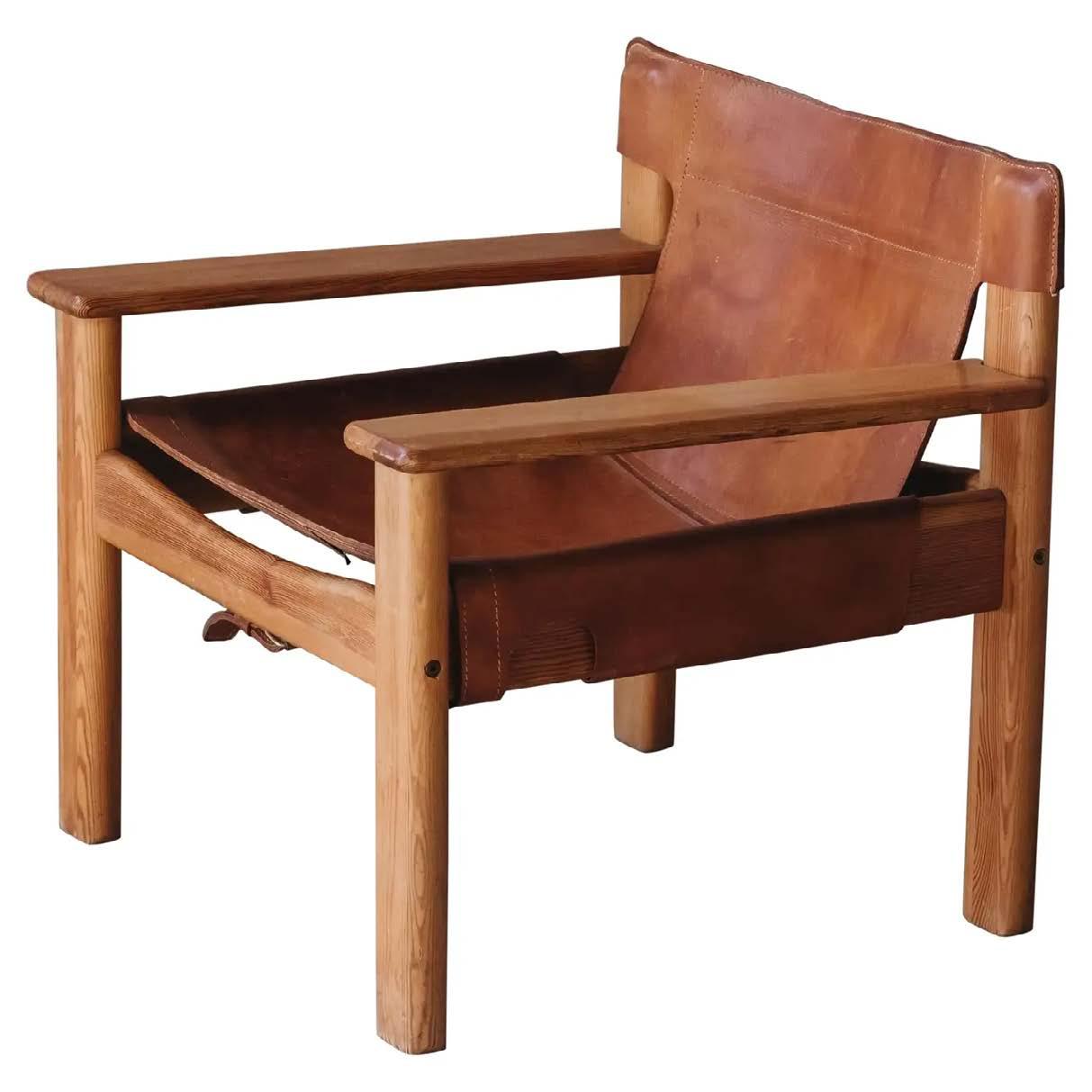
Invest Locally
WINDOW SHOPPING TO WARDROBE SPLURGING
Here, a unique shopping experience blends local charm with global sophistication. Retail options in the neighborhood offer a curated selection of both locally crafted goods and internationally sourced treasures, inviting visitors to explore the best of Nashville and beyond.
Distinctive antique, modern, and vintage European furnishings imports at Eneby Home
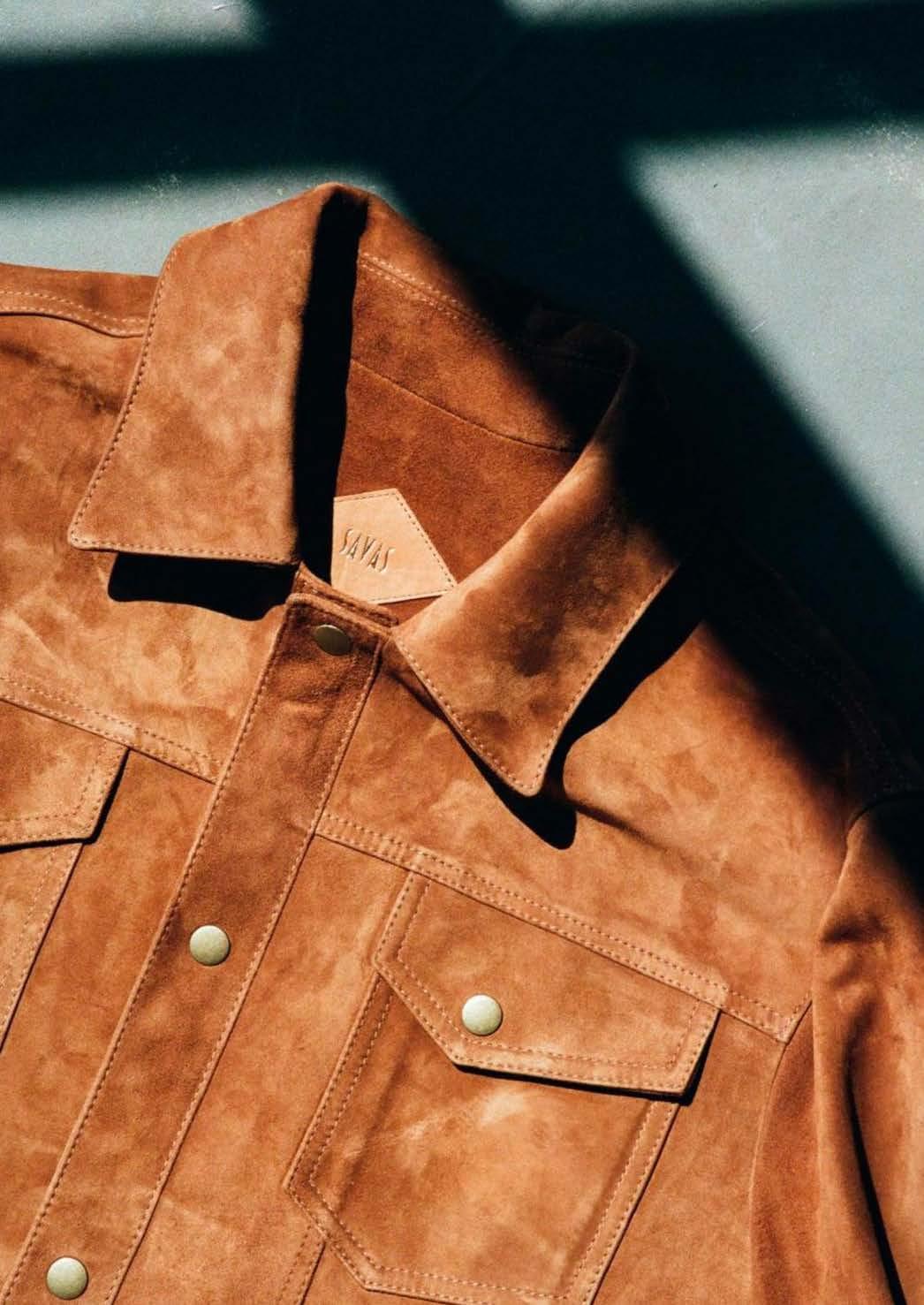
Bespoke, made-to-measure leather jackets and footwear from the finest hides and furs in the world designed here in Wedgewood Houston at Savas
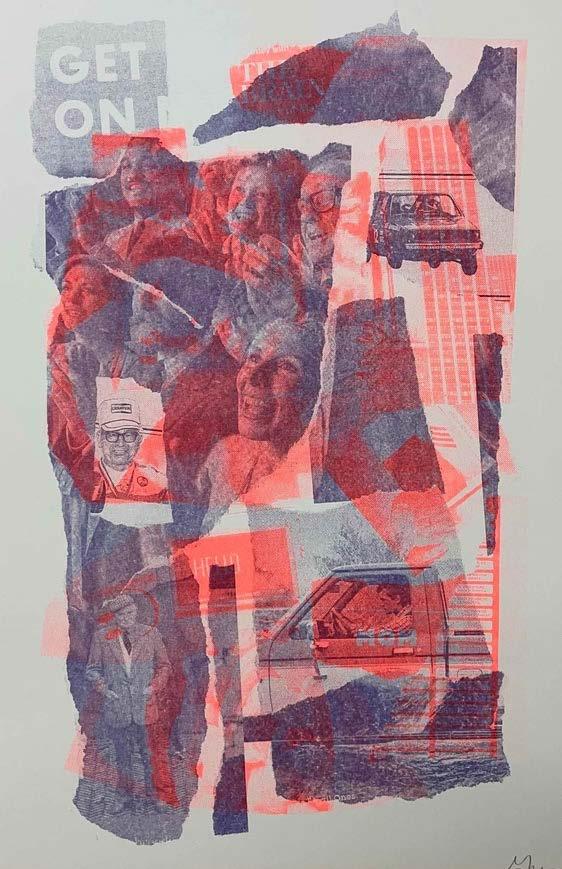

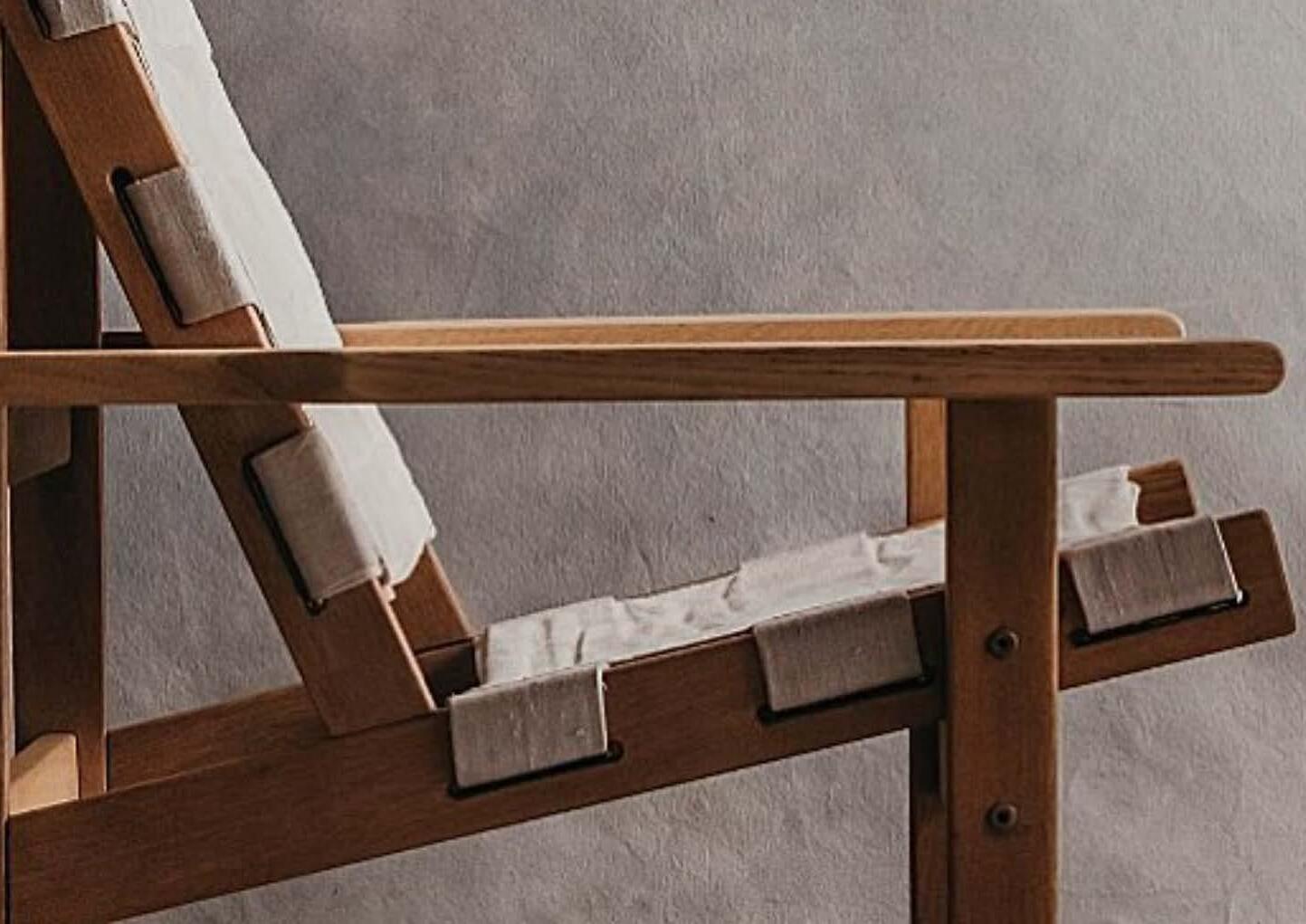
Eneby Home
Print by Graeme Morris at Risology Club
Brackish at Nashville Design Collective
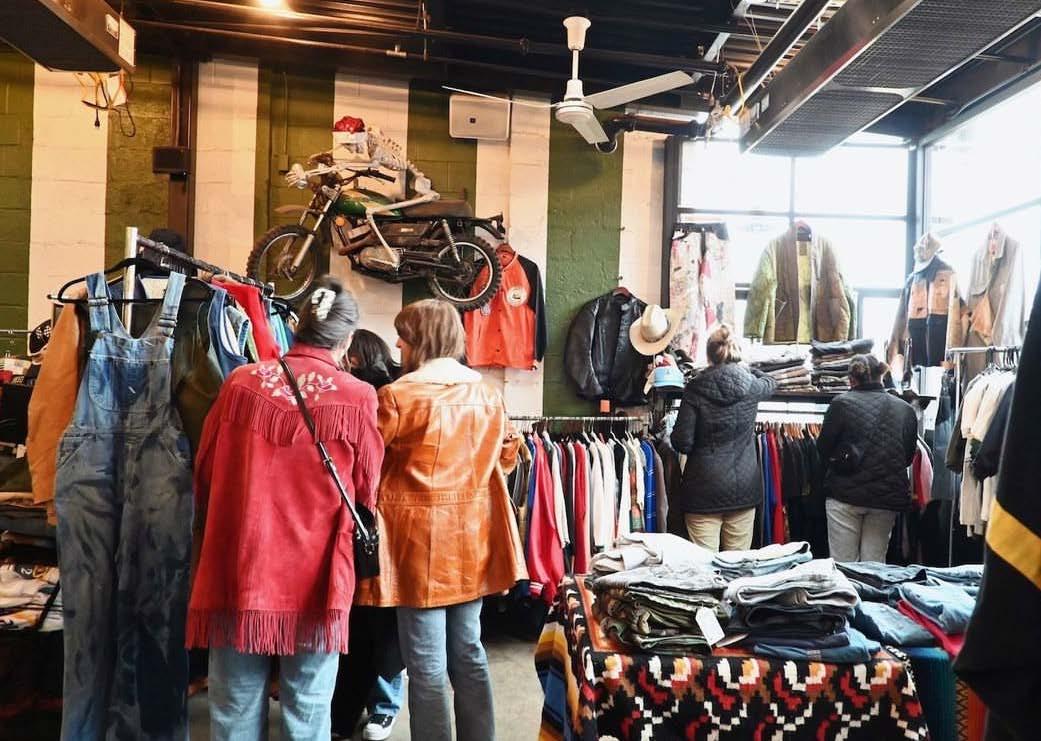
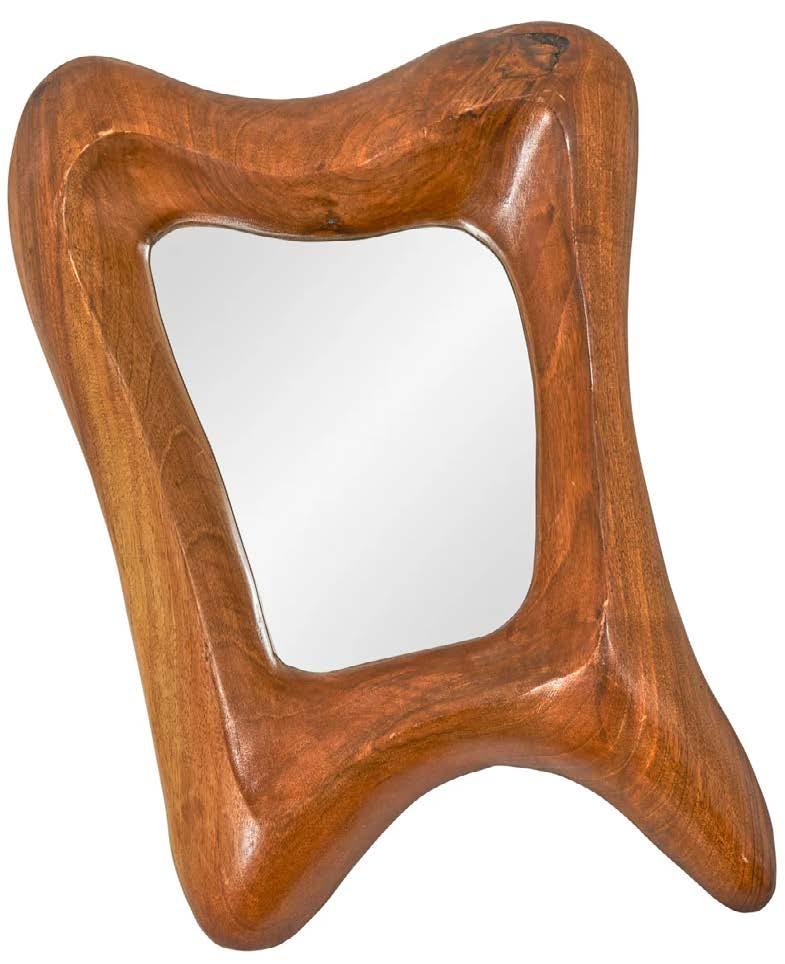
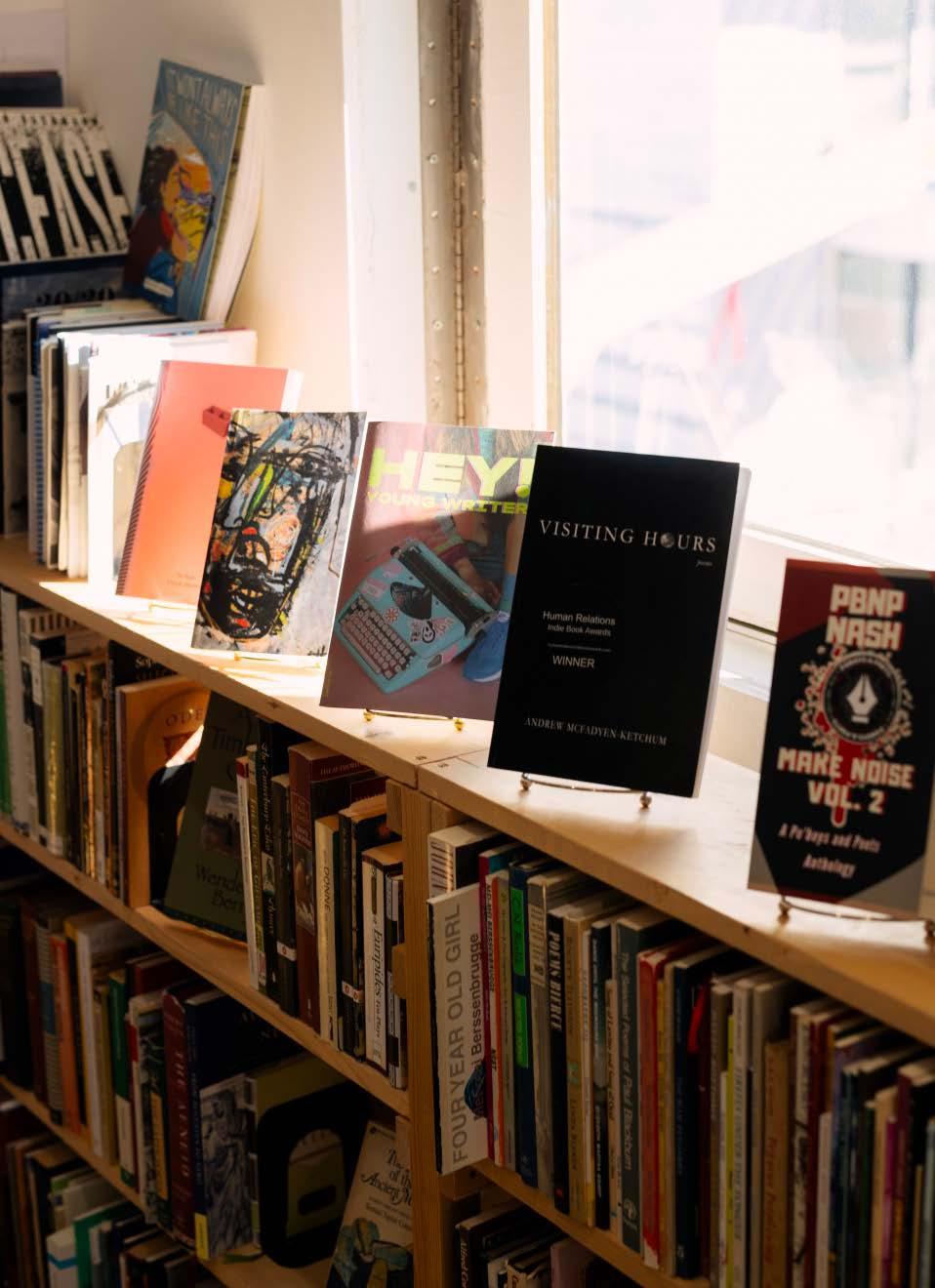
SecondHand Sundays at Dicey’s
Nashville Free Poetry Library
Schumacher Heartland
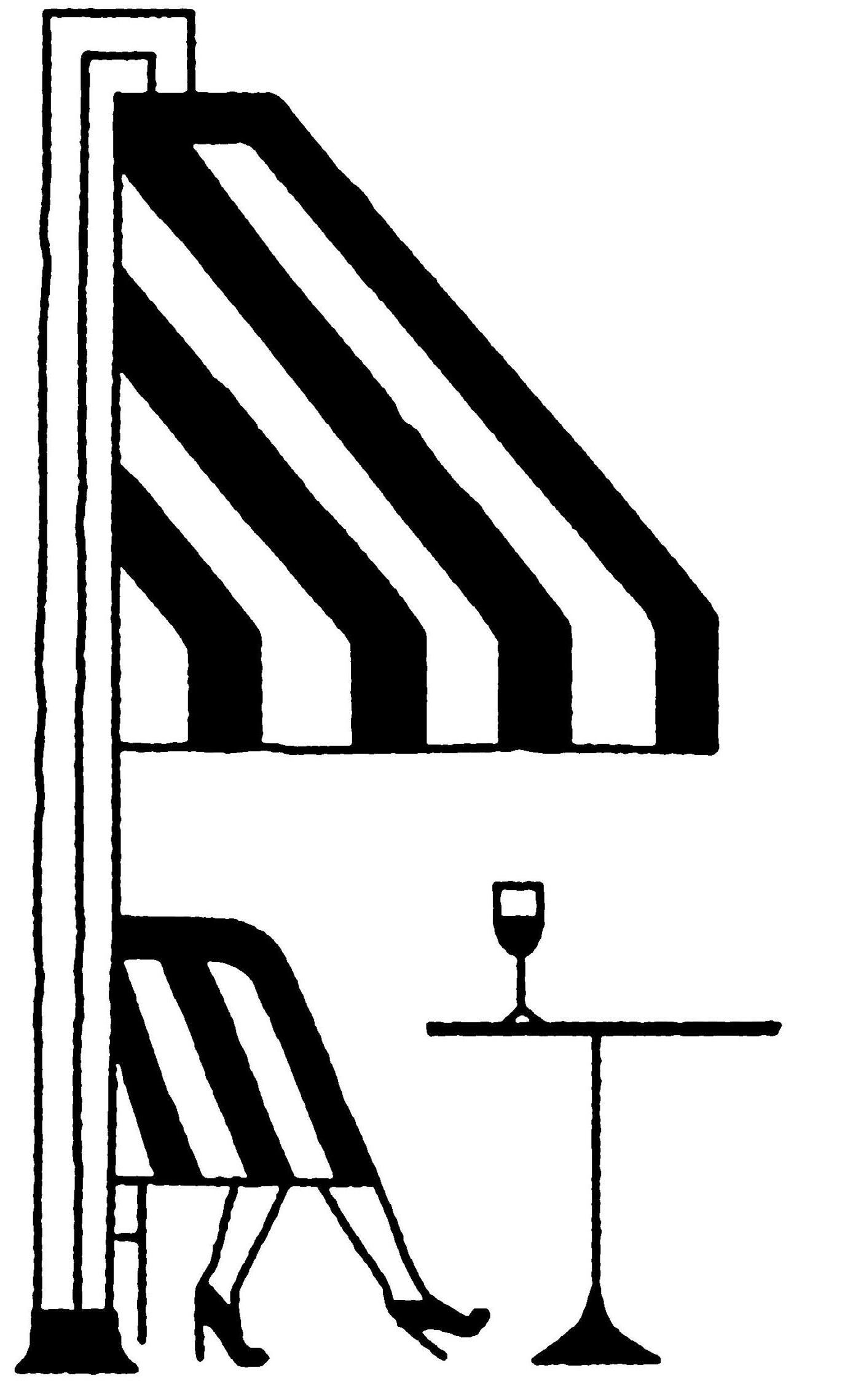
New Spaces: Current Leasing Opportunities
New buildings, same spirit. Here, the ambition to create something that’s worth taking the time to admire, something to be enjoyed for decades, has never gone anywhere.
From industrial to artistic, an eclectic community continues to grow here. As Wedgewood Village evolves, progress is not marked by modernity, but by the cultivation and nurturing of the unique character that defines our neighborhood and community.
If You’re Independent, Industrious, or Innovative, You’re in Good Company.
A NEW CHAPTER IN THE STORY OF WEDGEWOOD HOUSTON
Wedgewood Village offers opportunities for artists, entrepreneurs, and self-starters in a setting unlike anywhere else. New masonry buildings knit together Nashville’s industrial past and innovative future.
Wedgewood Village is a vibrant, walkable neighborhood with something to discover around every corner. Whatever your needs, you’re sure to find a flexible, light-filled plan that’s right for you.
CURRENT LEASING OPPORTUNITIES
430 CHESTNUT STREET
515 HOUSTON STREET
507 HOUSTON STREET
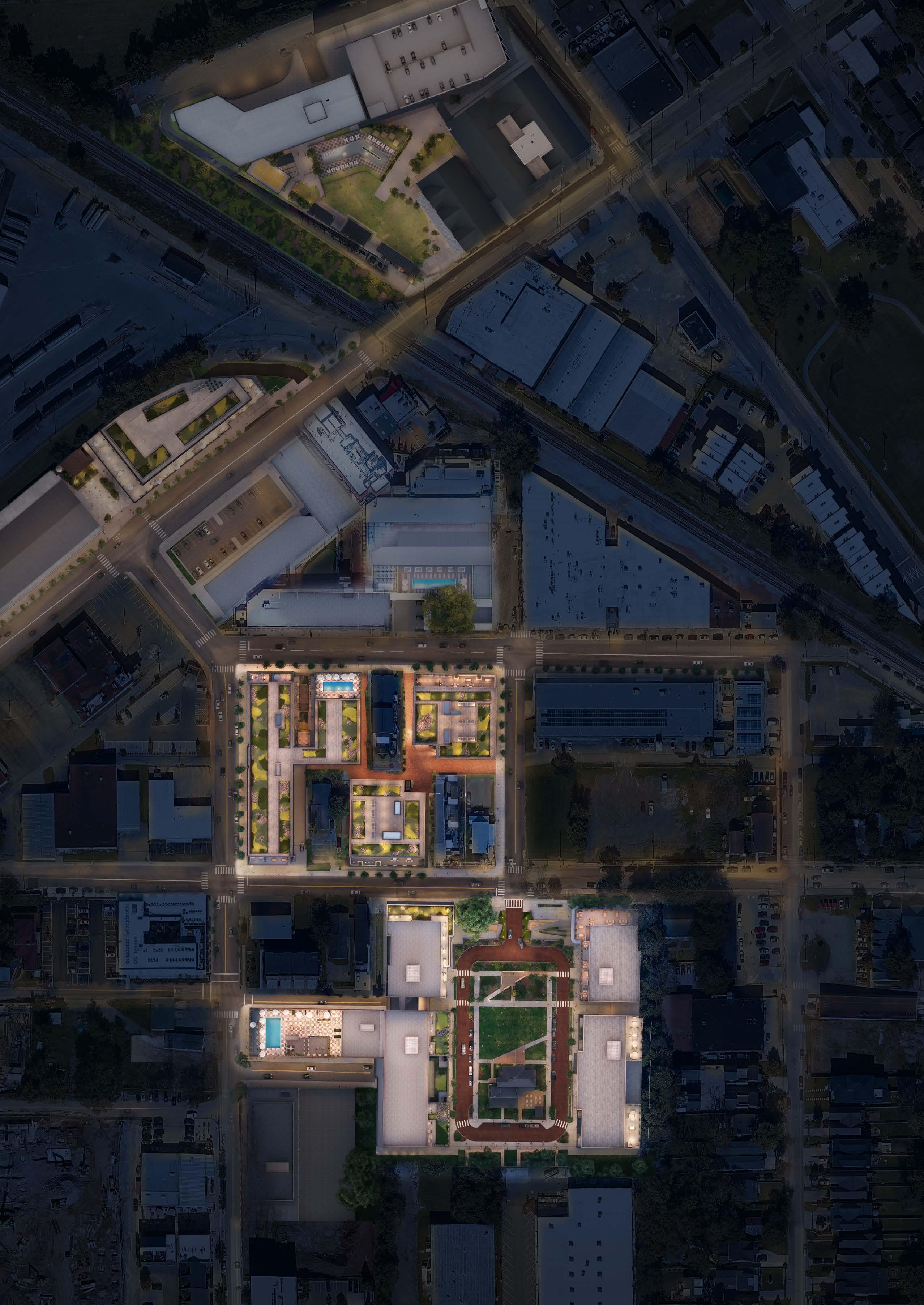
Aerial rendering of Wedgewood Village development
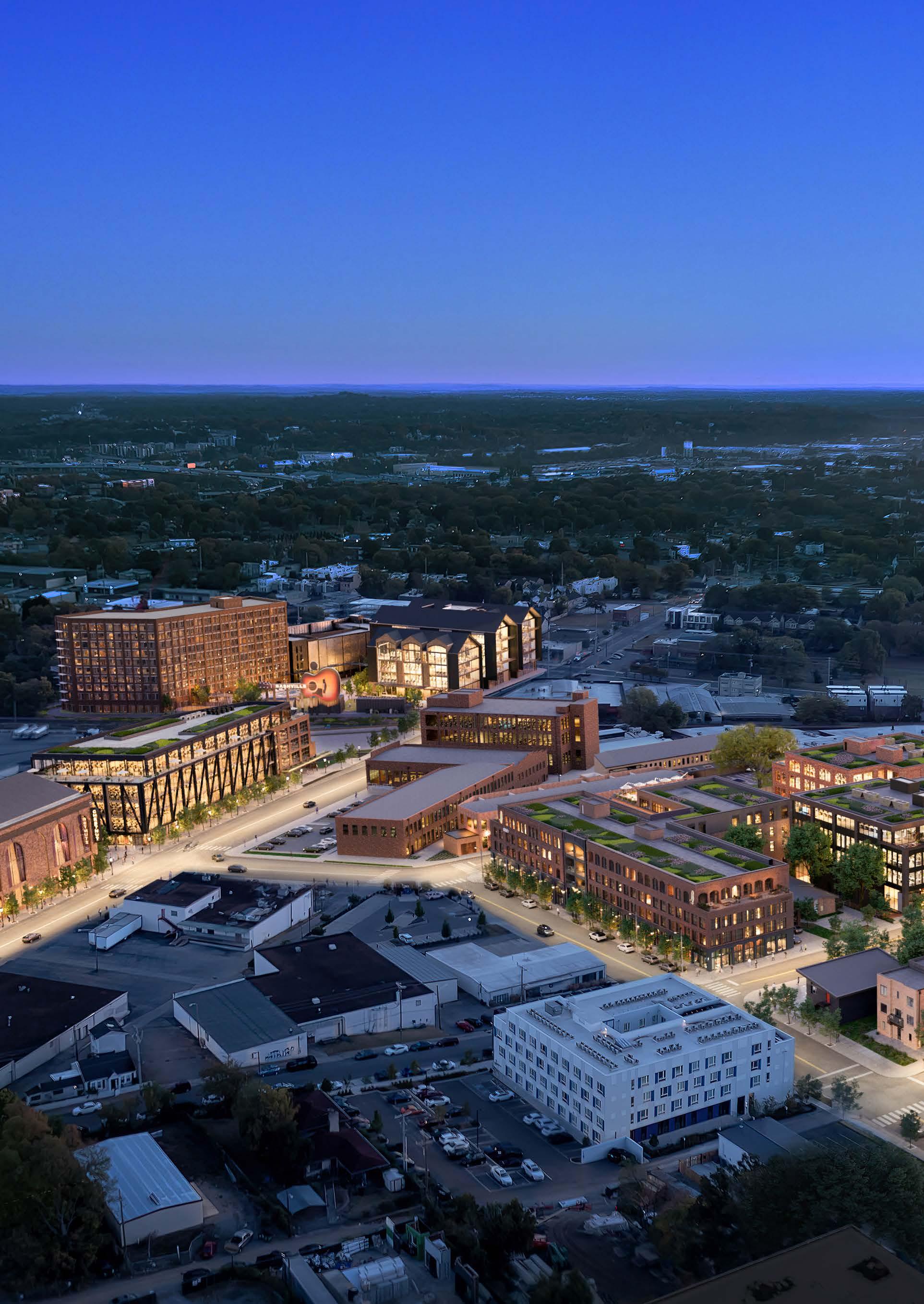
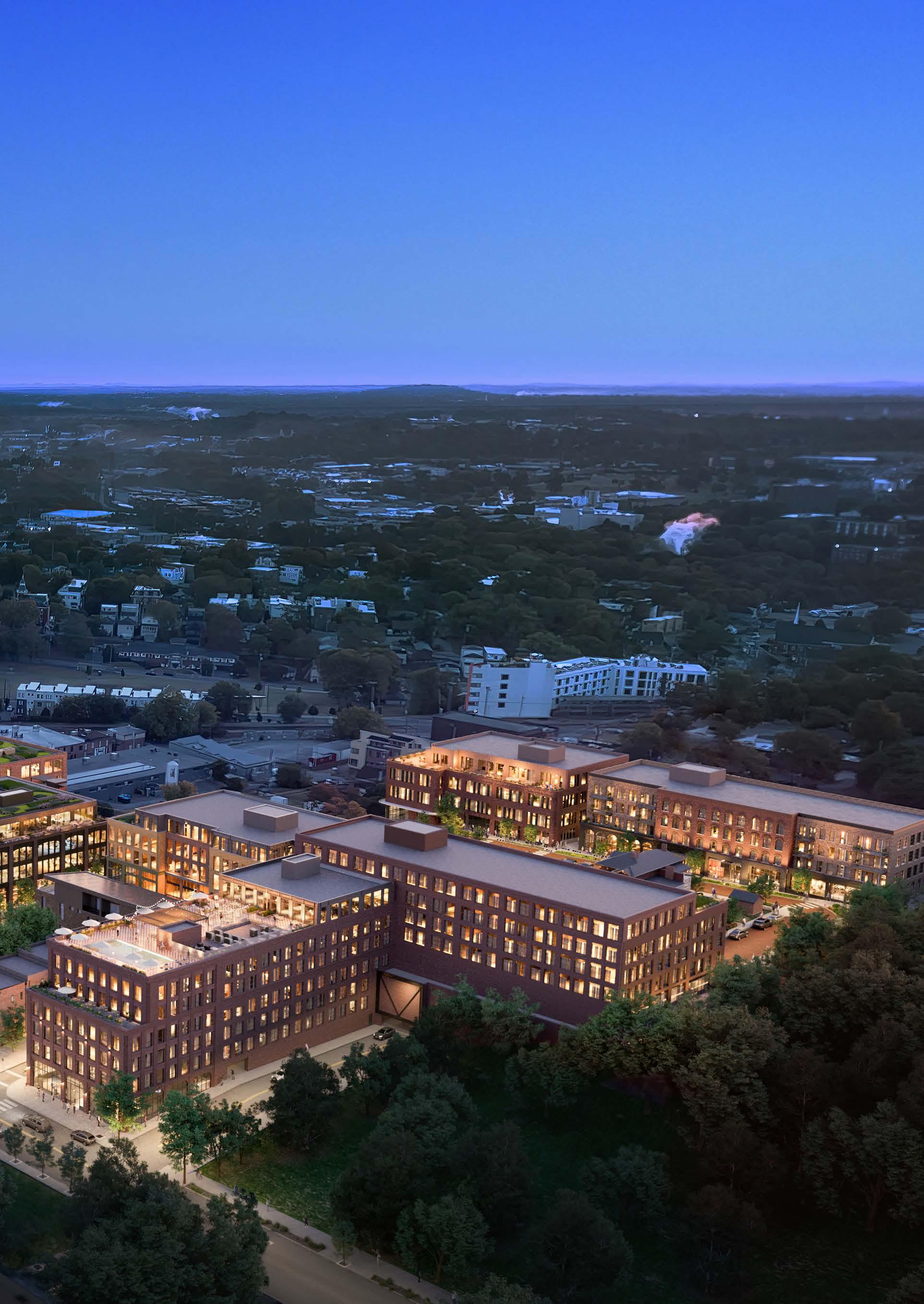
Aerial rendering of Wedgewood Village looking northeast from Martin Street
430 Chestnut Street
430 Chestnut Street offers 140,000 square feet of Class A office with full floor and multi-tenant options. Directly across from a forthcoming music venue, 16,500 square feet of ground-floor restaurant and retail space sit atop a structured parking lot.
140,000 SF OF CLASS A OFFICE 16,500 SF RESTAURANT AND RETAIL AVAILABLE
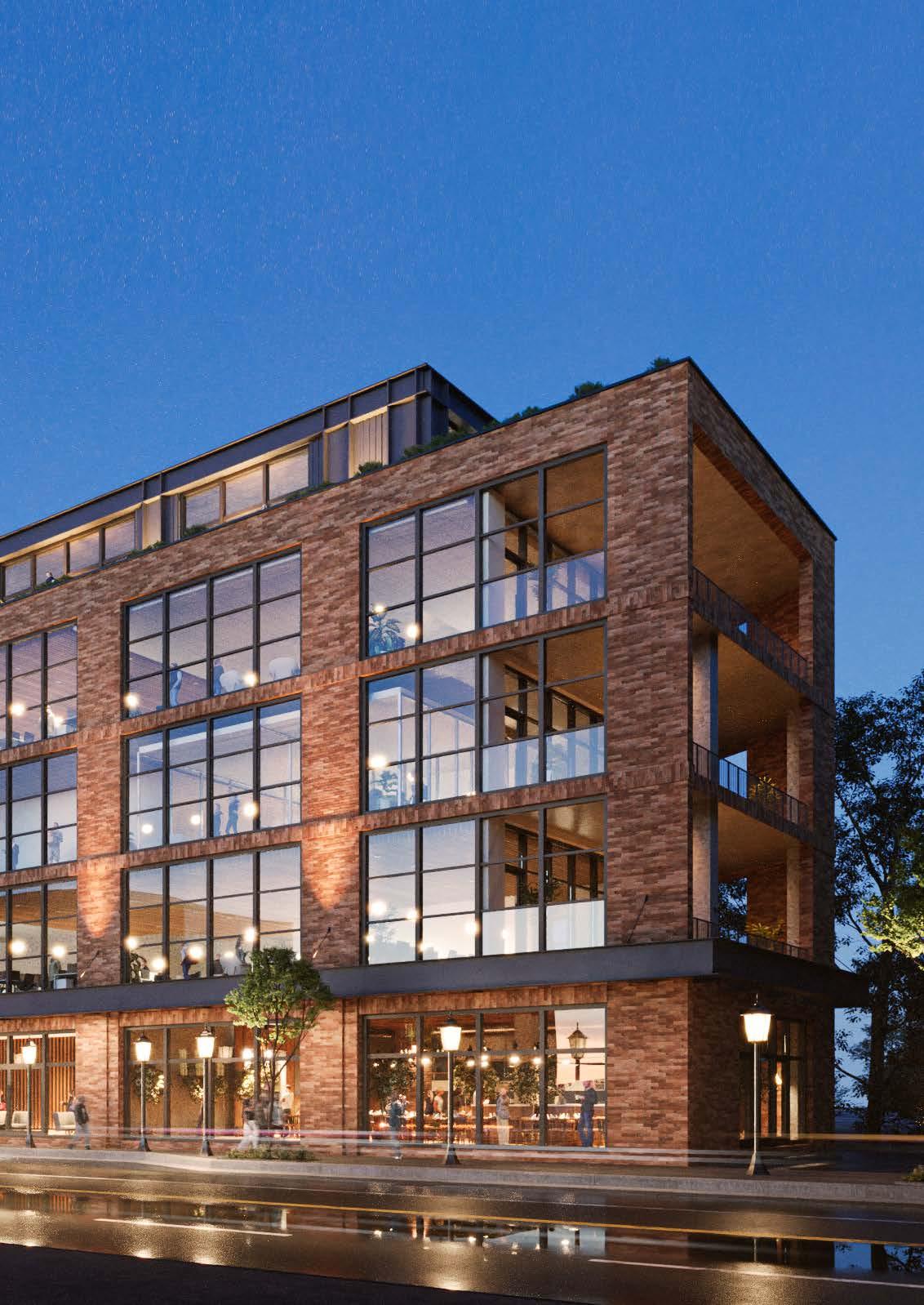
Southeast corner of 430 Chestnut Street from Chestnut Street
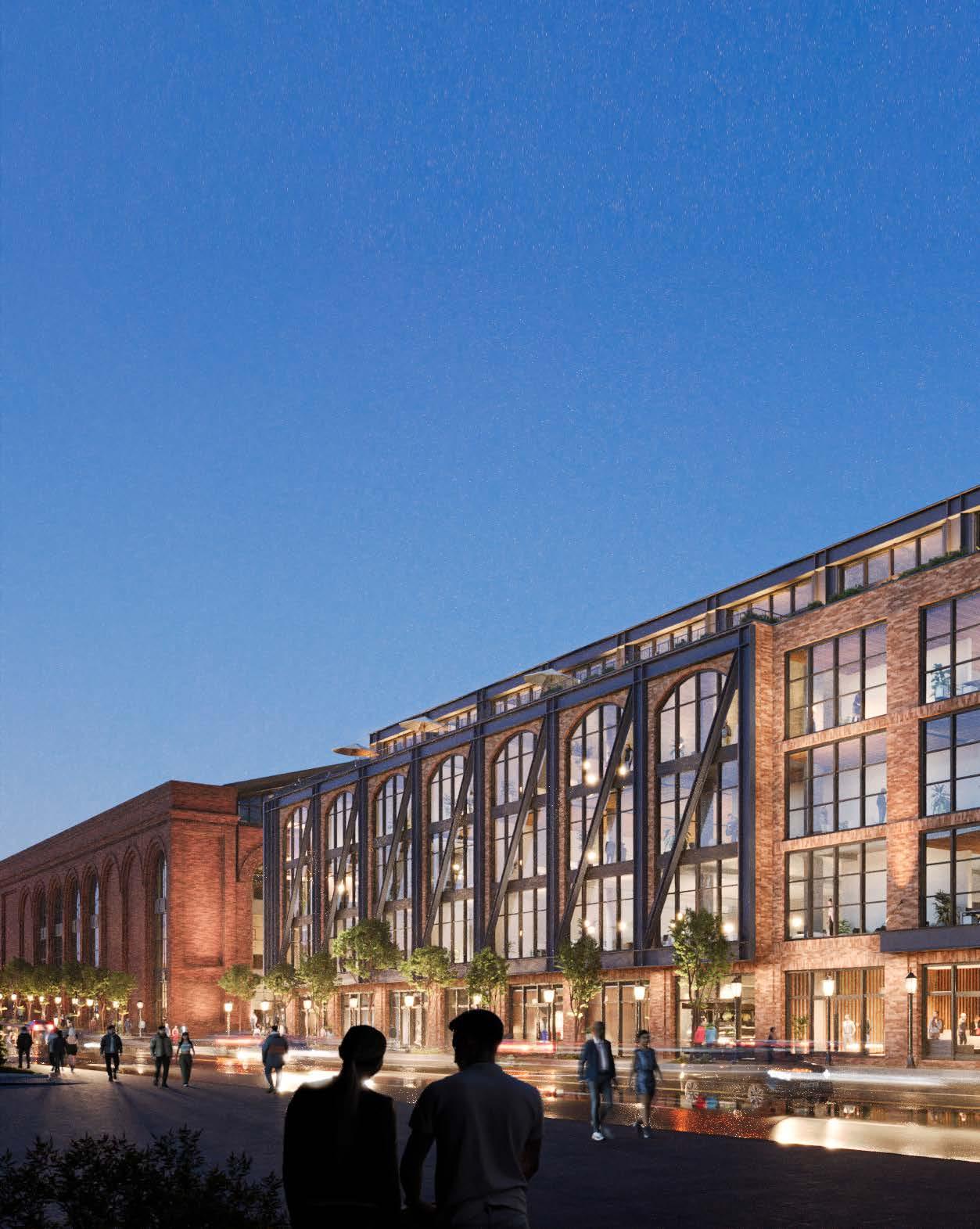
South façade of 430 Chestnut Street from Chestnut Street
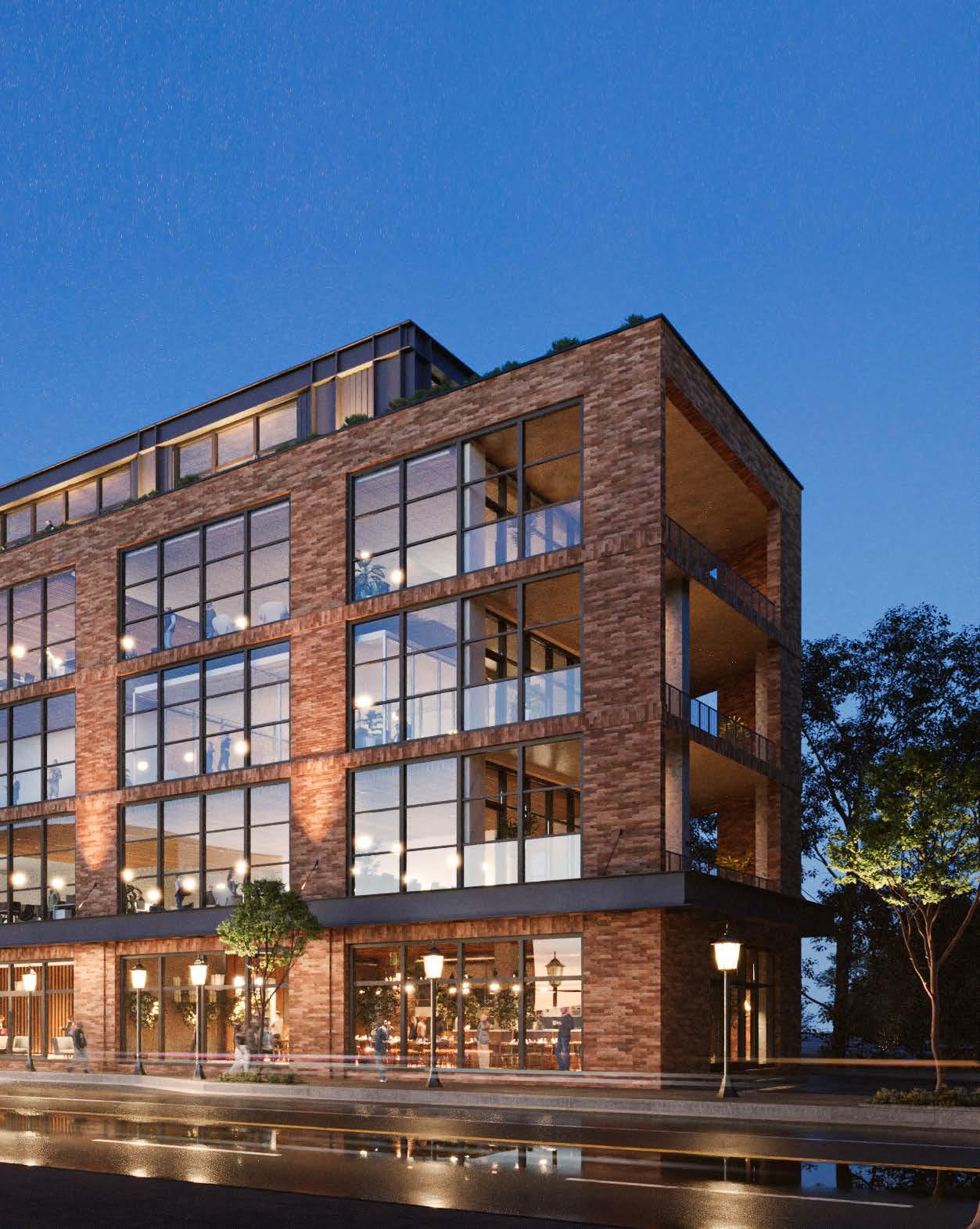
CHESTNUT STREET
515 Houston Street
At the corner of Houston and Martin, 515 Houston Street sits directly across from the historic May Hosiery Mills campus, home to by Soho House Nashville, Pastis, and soon Hermès. This 170,000-square-foot, four-story brickclad building is anchored by Momotaro and a forthcoming Italian Eatery.
28,000 SF OF RESTAURANT AND RETAIL 109 RESIDENTIAL UNITS ABOVE
HOUSTON STREET
HUMPHREYS STREET
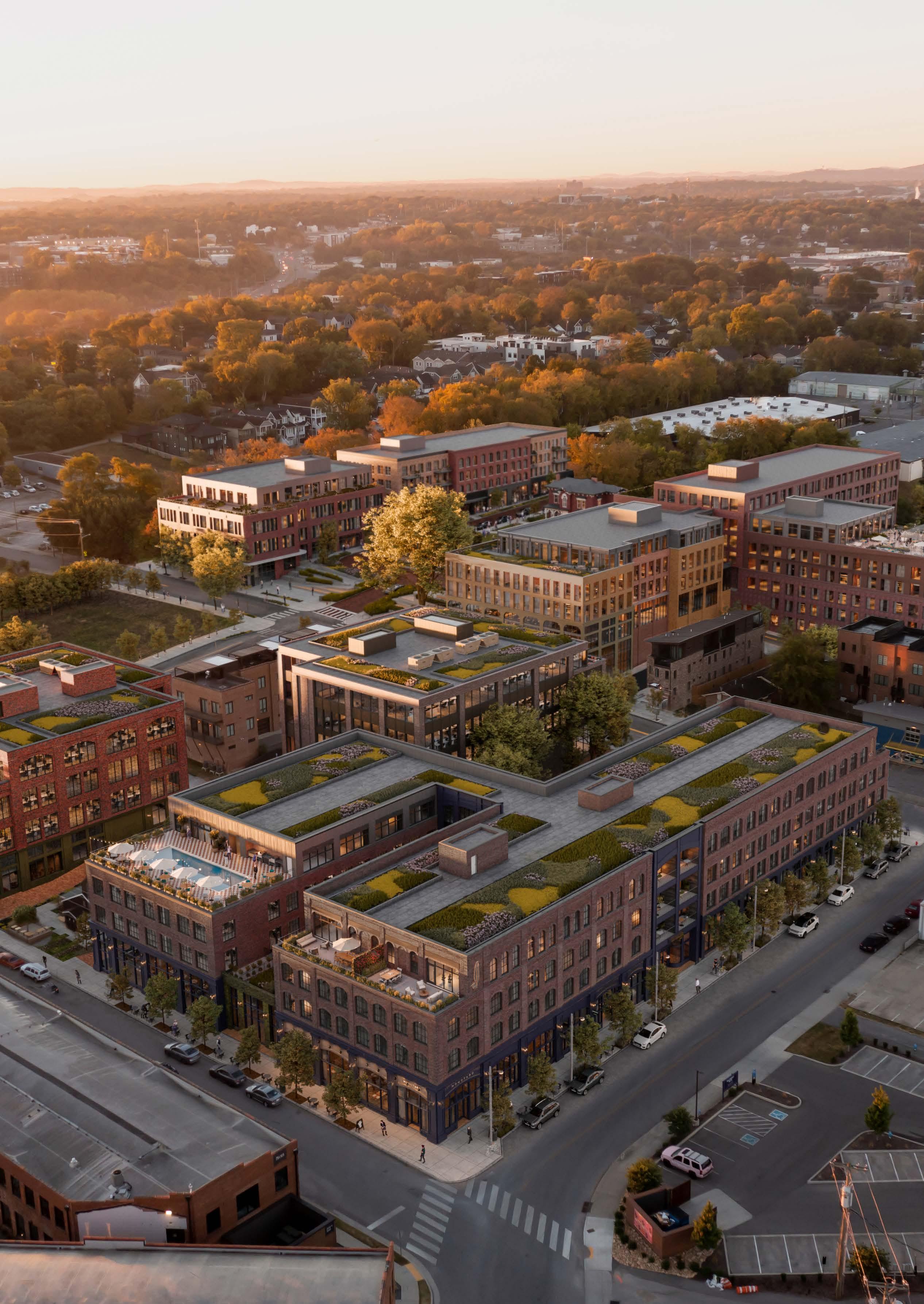
Aerial rendering of Wedgewood Village looking southeast from the corner of Houston and Martin Streets with 515 Houston Street in foreground
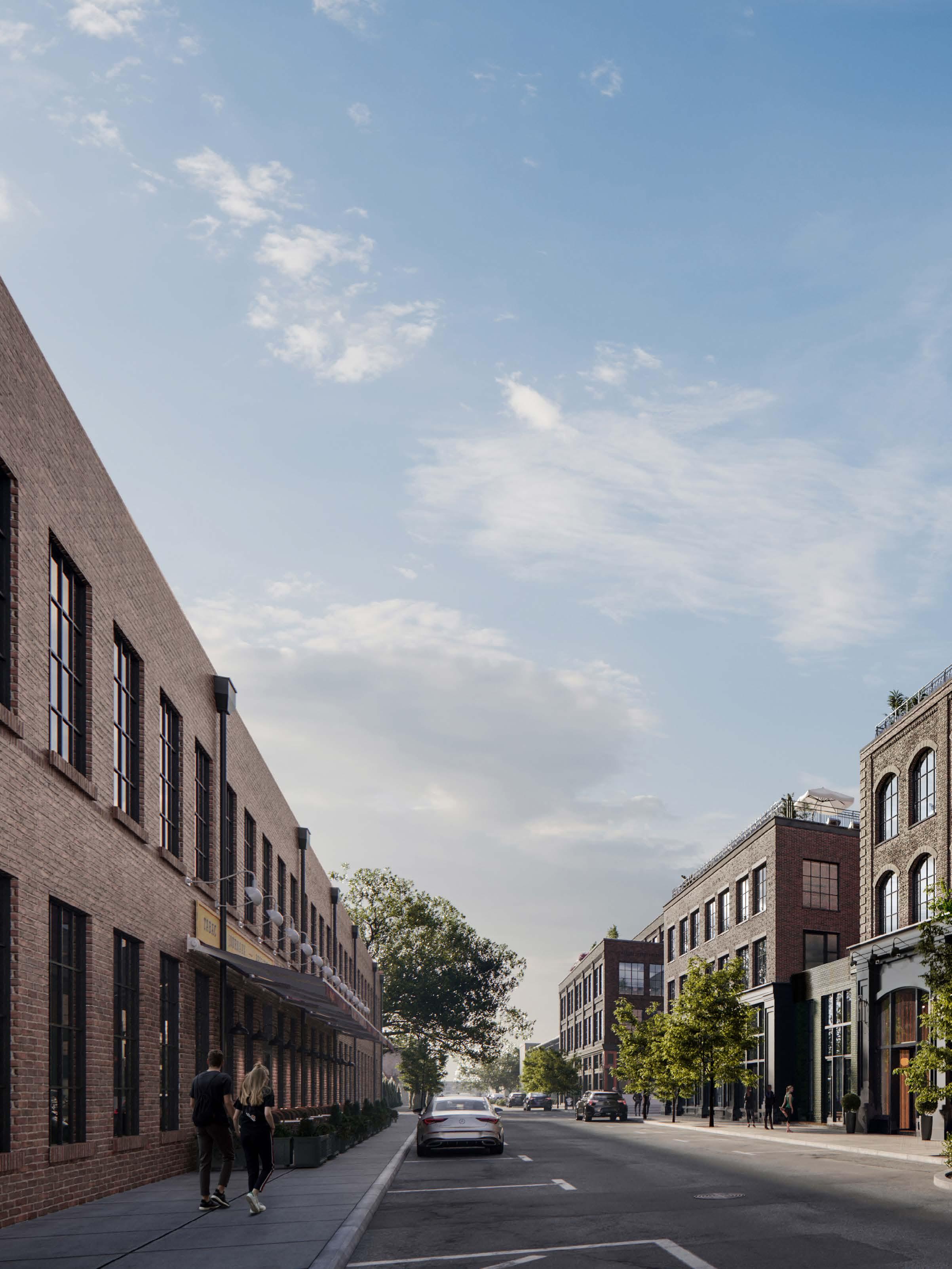
515 Houston Street from the corner of Houston and Martin Streets
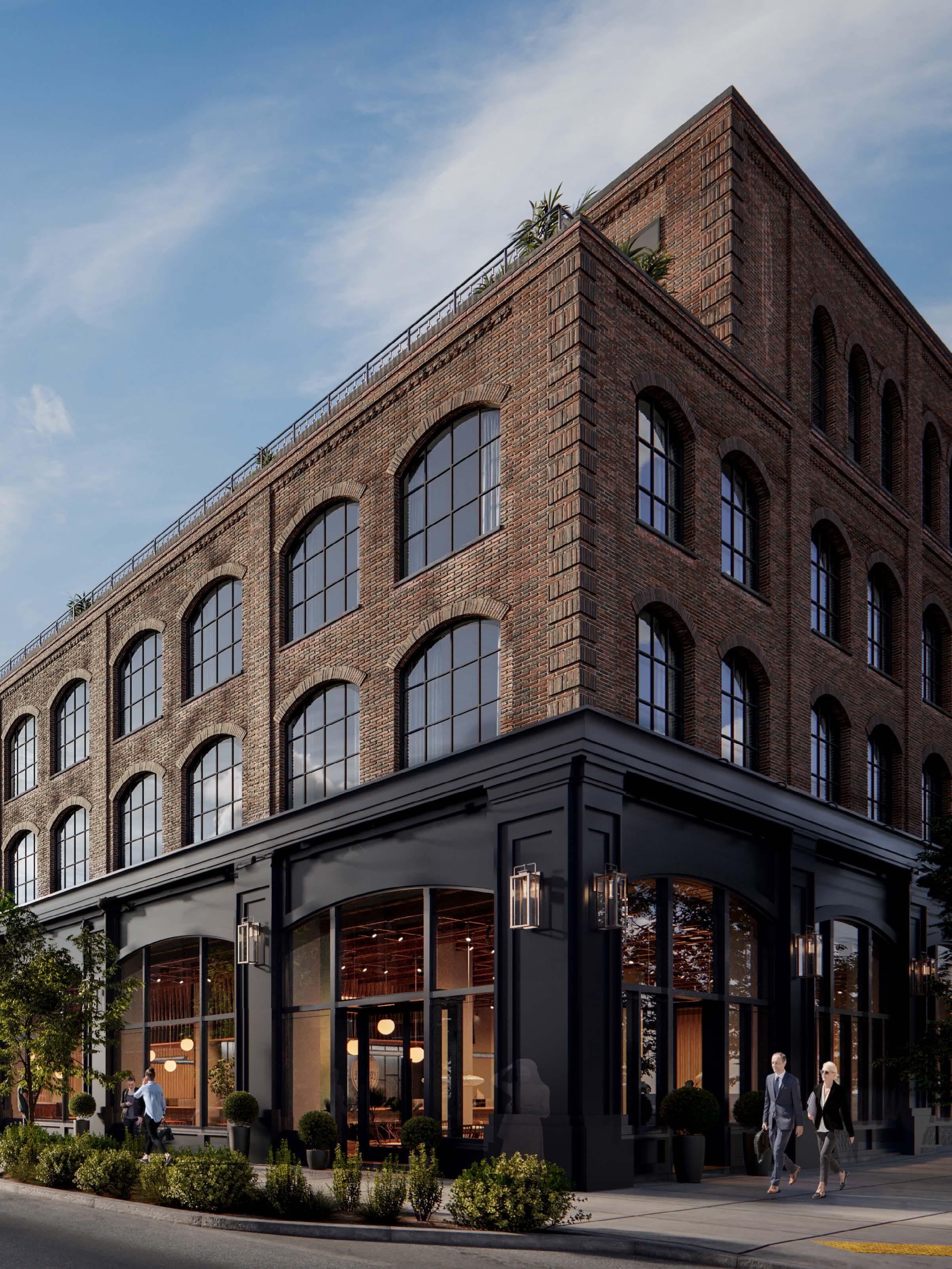
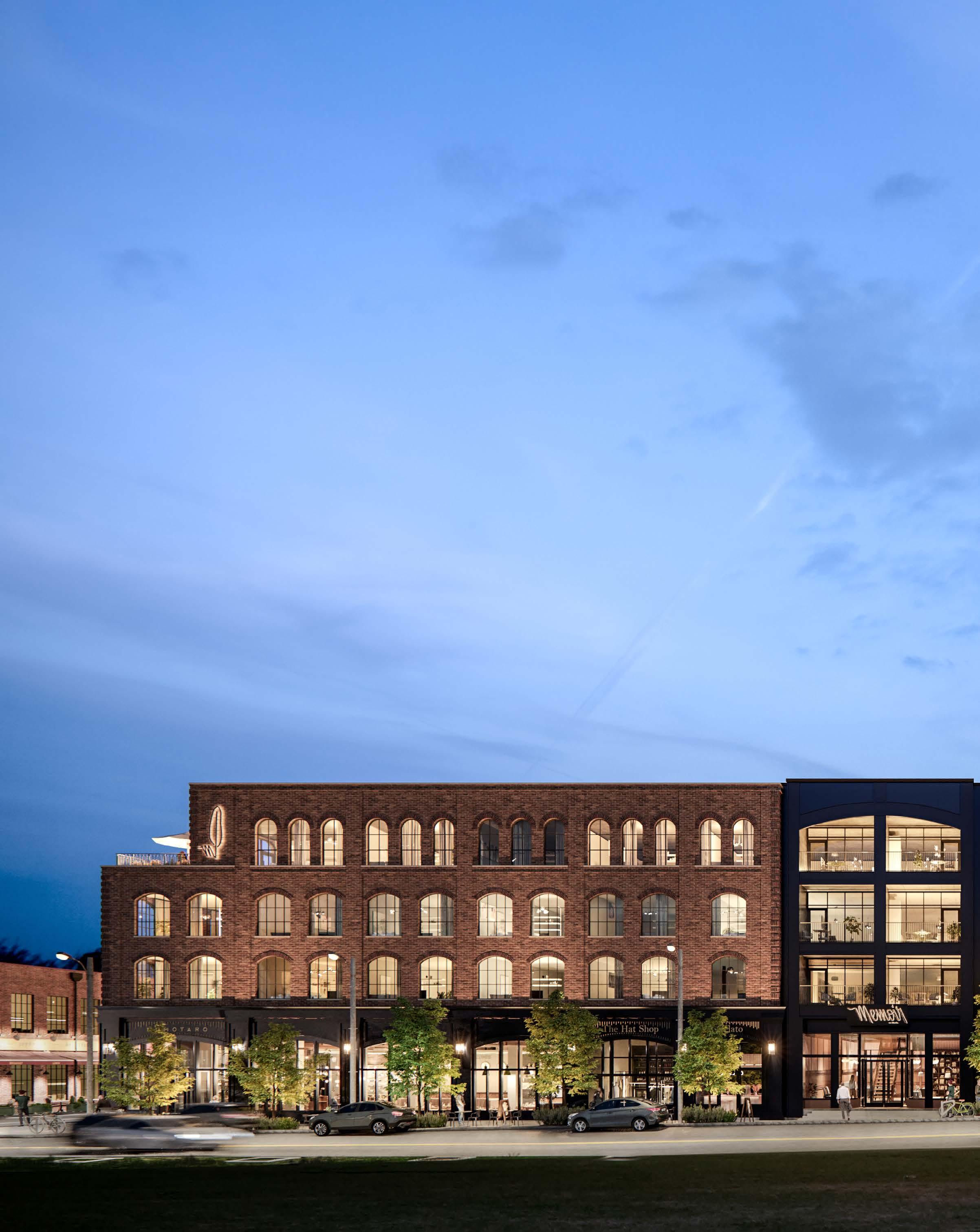
West façade of 515 Houston Street from Martin Street
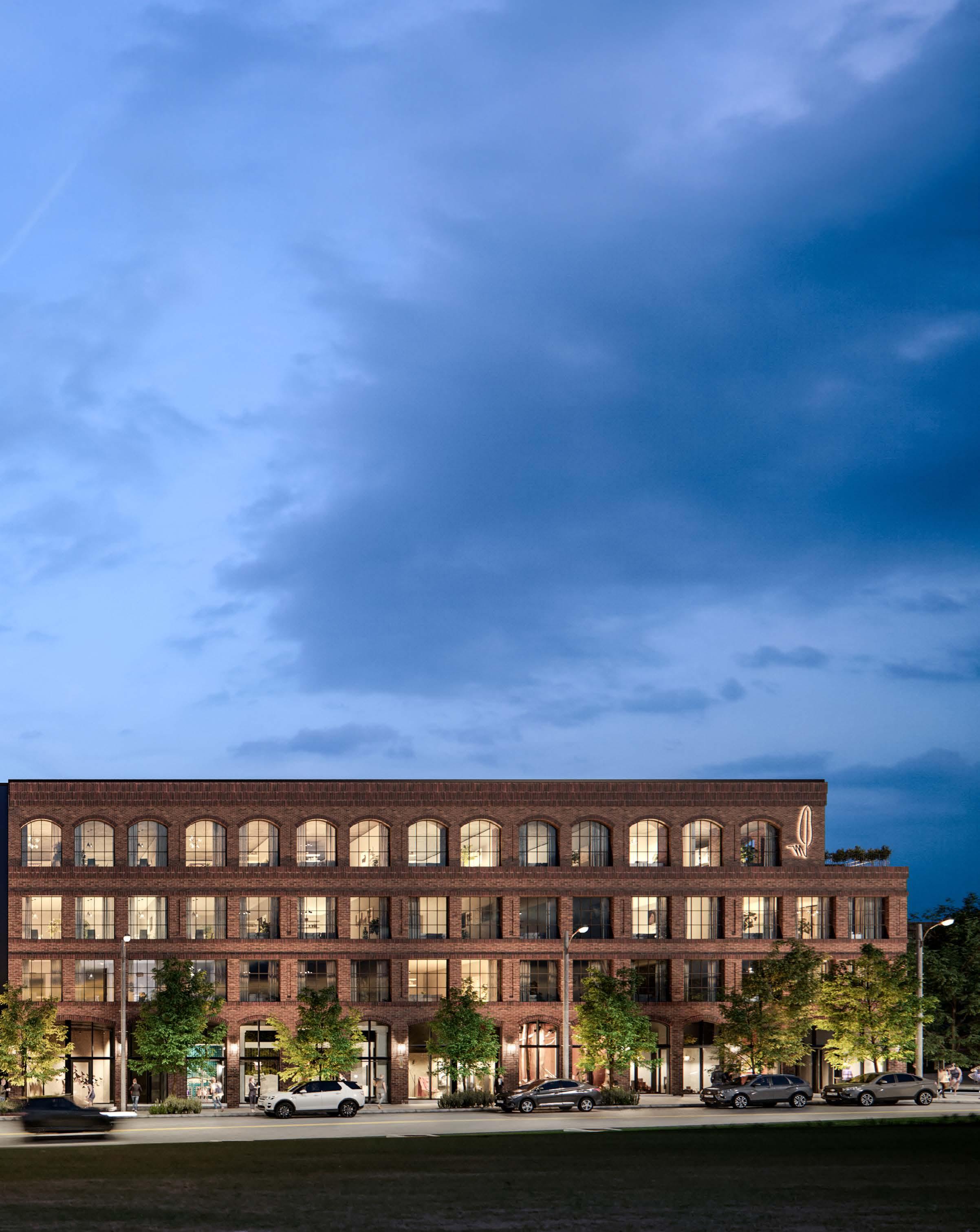
507 Houston Street
Fronting Houston Street to the north and Brown Street to the east, 507 Houston Street offers 51,000 square feet of Class A office space with 10,500 square feet of ground-floor retail space. Rich brick detailing and large warehouse-style windows give 507 Houston Street a sense of historic significance, reinforced by the signature storefronts enclosing street-level restaurant and retail suites on all four sides of the building. An accessible landscaped plaza connects the rear of the building directly to 448 Humphreys Street.
10,500 SF OF RETAIL (3,000 SF REMAINING)
51,000 SF OF CLASS A OFFICE
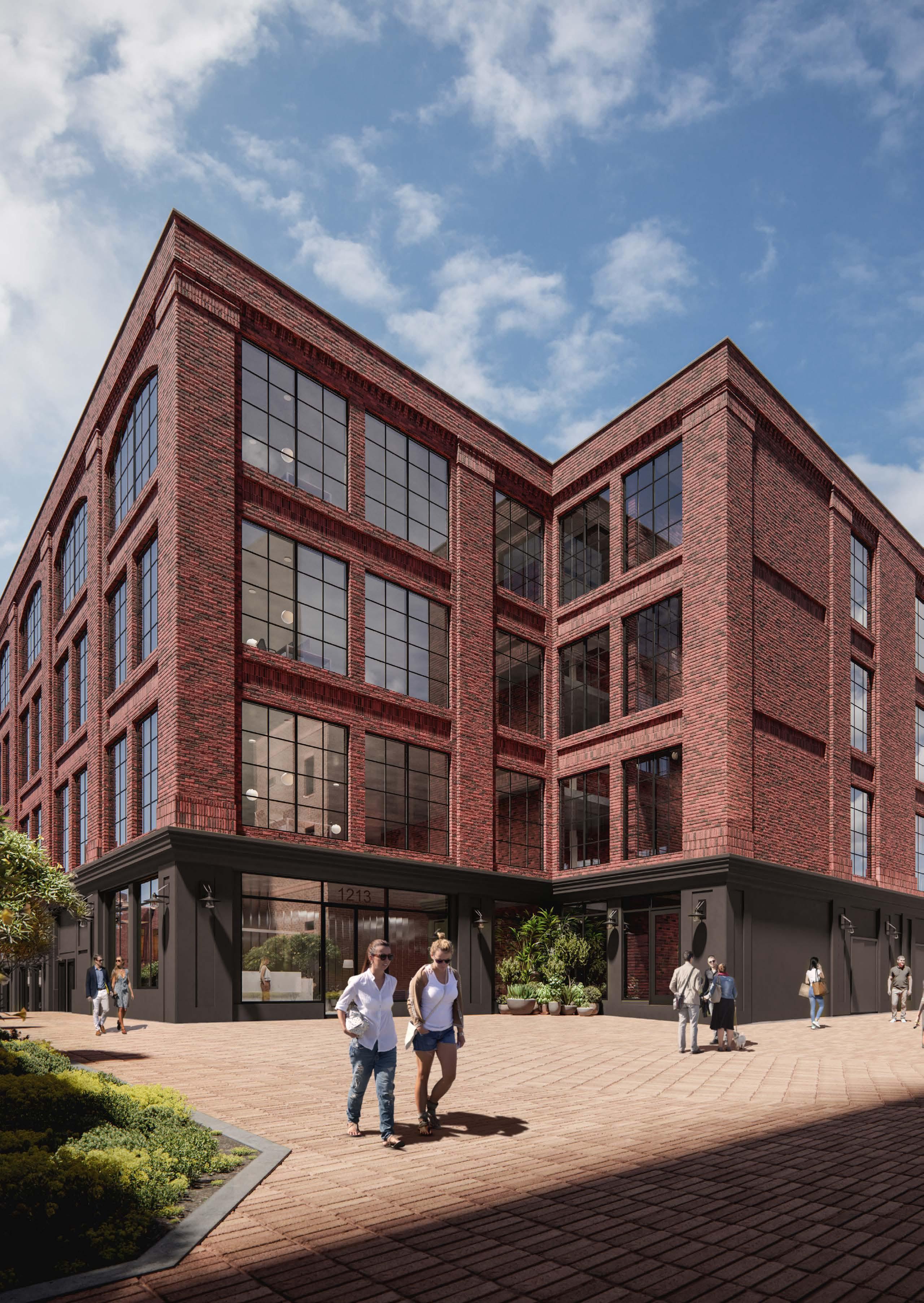
507 Houston Street from pedestrian plaza
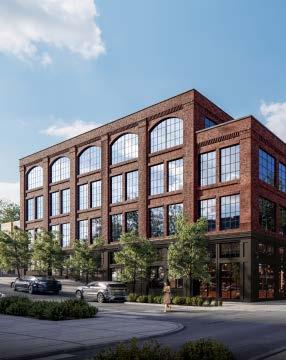
Northeast corner of 507 Houston Street from corner of Brown and Houston Streets
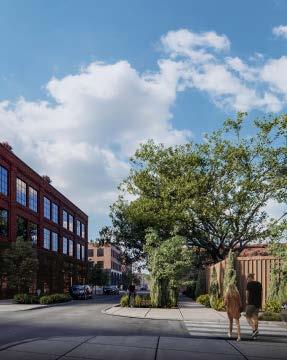
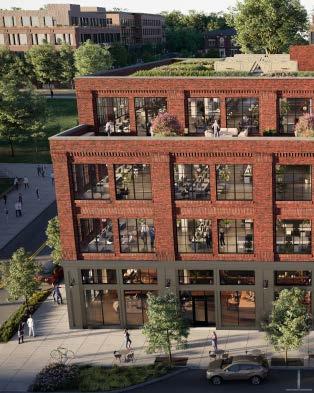
North façade of 507 Houston Street from Houston Street
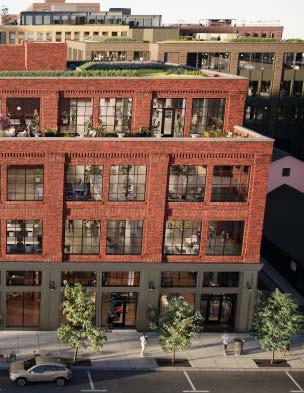
CHESTNUT STREET
448 Humphreys Street
A contemporary interpretation of a traditional warehouse building, 448 Humphreys Street features masonry piers with delicate steel-inspired metal ribbing elements.
The four-story, 56,500-square-foot building includes 5,300 square feet of ground-floor retail and restaurant. 48,000 square feet of Class A office is available across three floors with tenfoot windows and a top-floor balcony.
5,300 SF RESTAURANT AND RETAIL
48,000 SF CLASS A OFFICE
HOUSTON STREET
HUMPHREYS STREET
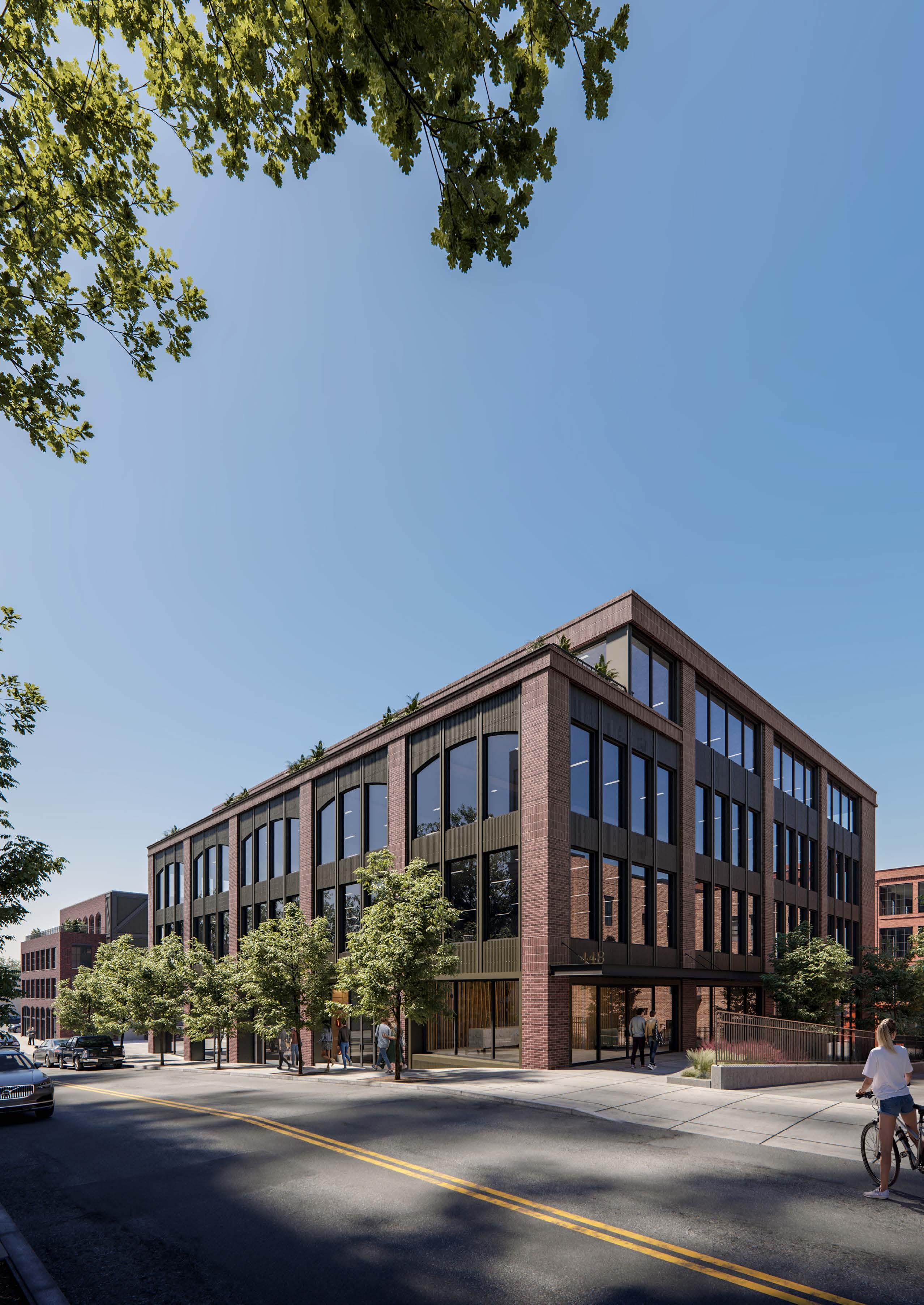
Southeast corner of 448 Humphreys Street from corner of Brown and Humphreys Streets
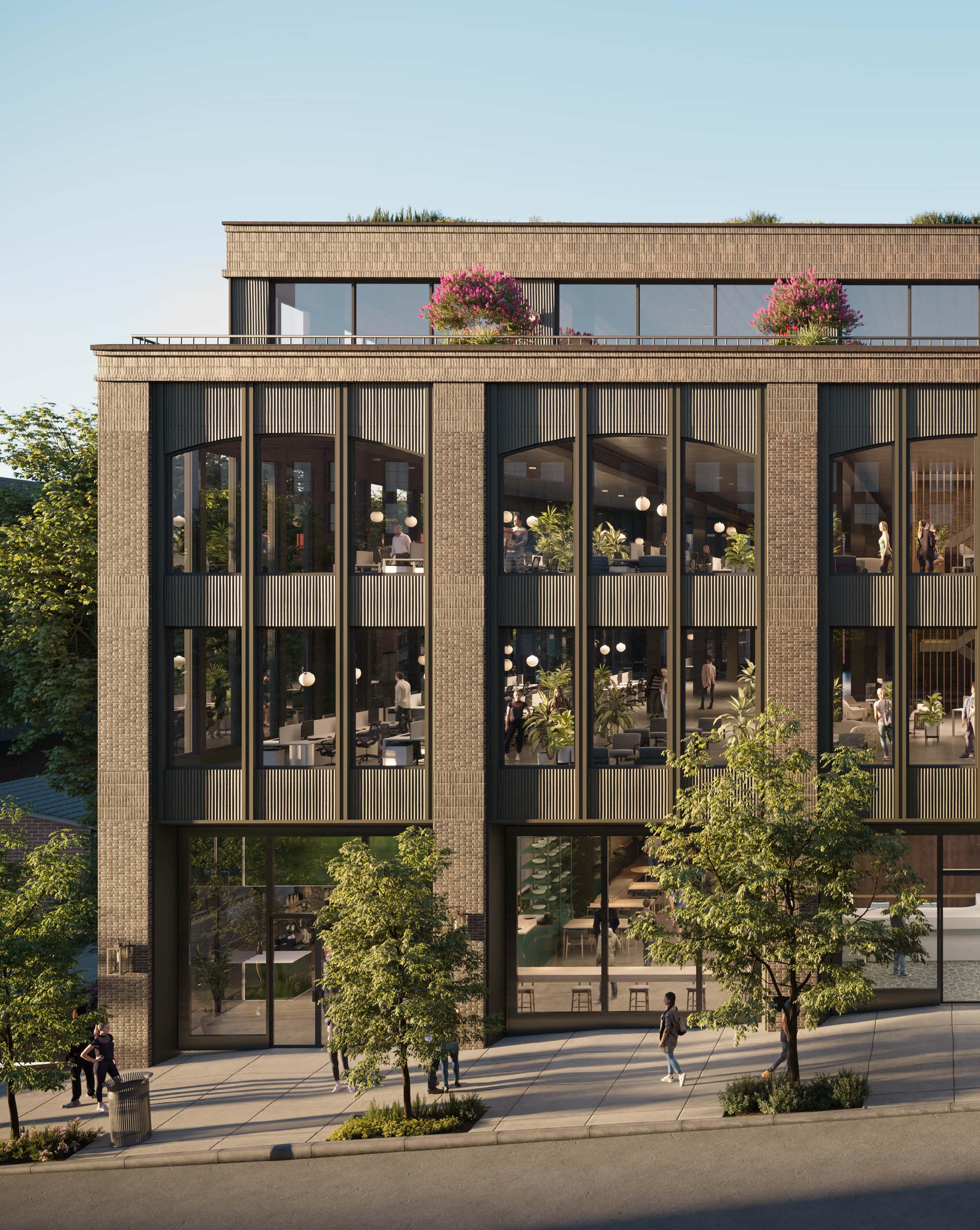
South elevation of 448 Humphreys Street from Humphreys Street
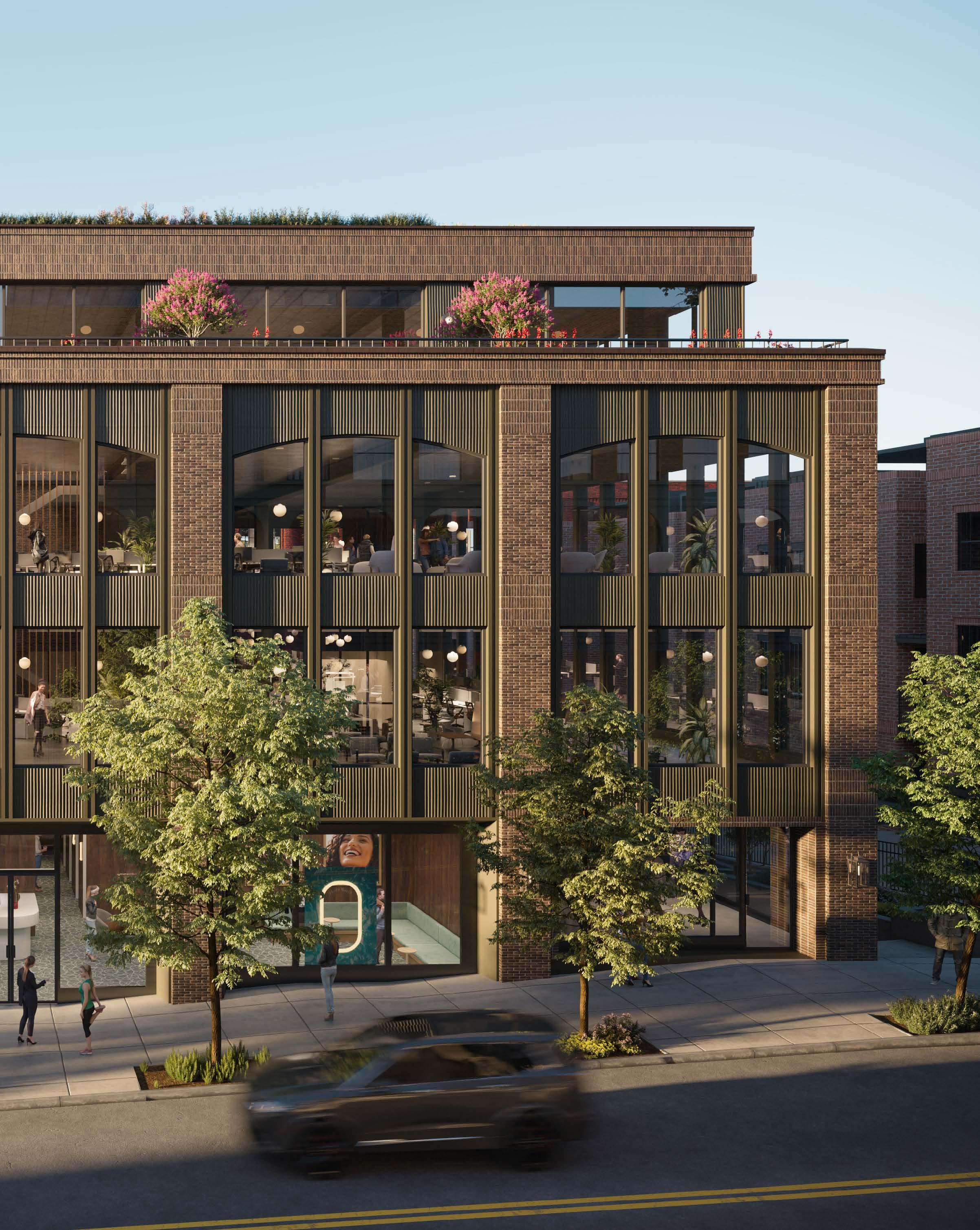
445 Humphreys Street
445 Humphreys Street defines the western edge of the Lawn. 240 residential units sit above ground-floor restaurant and retail offering residents views out over the heart of Wedgewood Village or toward the Nashville skyline.
In addition to retail offerings on the Lawn, 445 Humphreys Street features floor-to-ceiling glass-fronted retail on Martin Street.
33,000 SF RESTAURANT AND RETAIL 240 RESIDENTIAL UNITS ABOVE
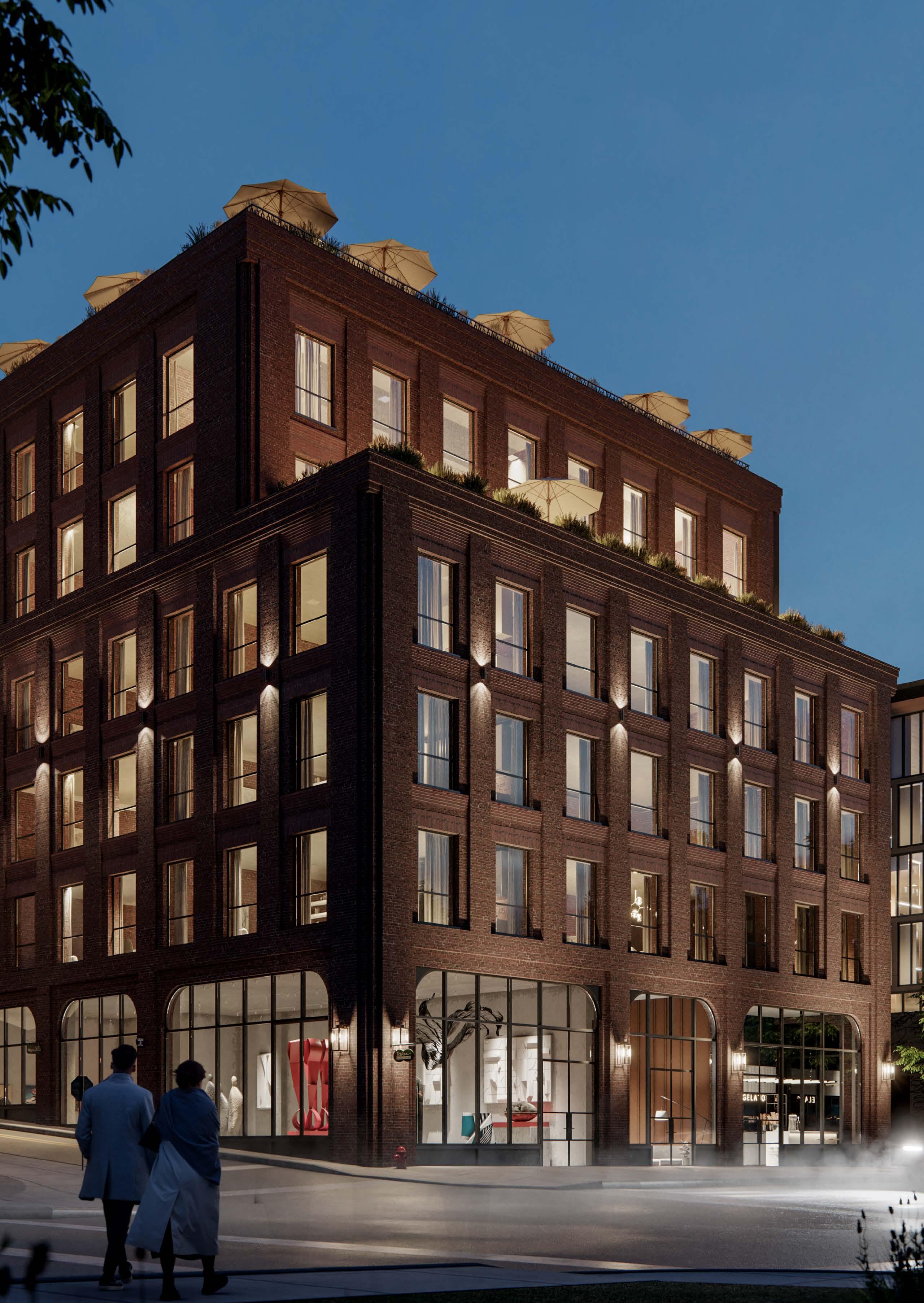
Northwest corner of 445 Humphreys Street from corner of Brown and Martin Streets
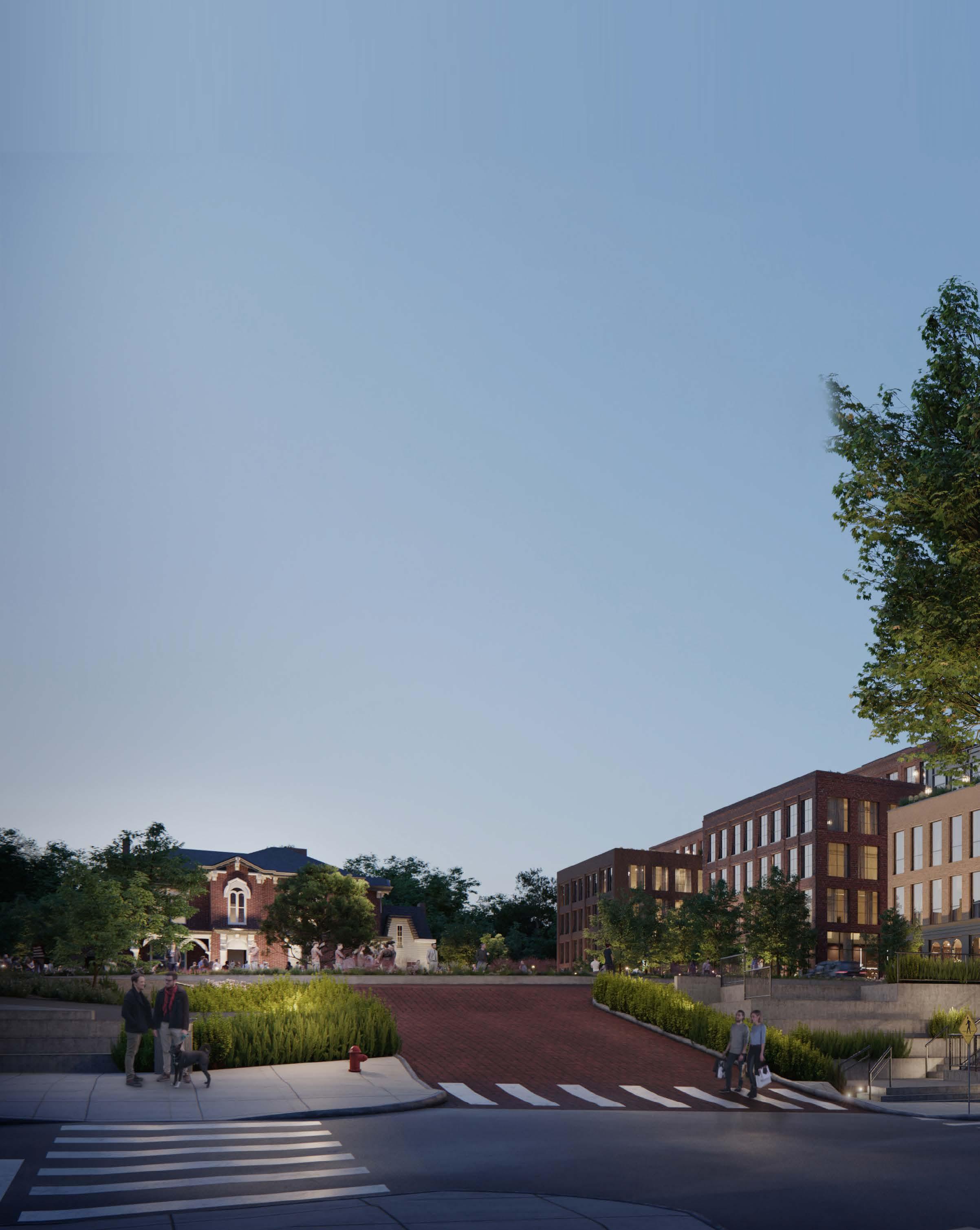
Northeast corner of 445 Humphreys Street from corner of Brown and Humphreys Streets with Merritt Mansion and lawn to left
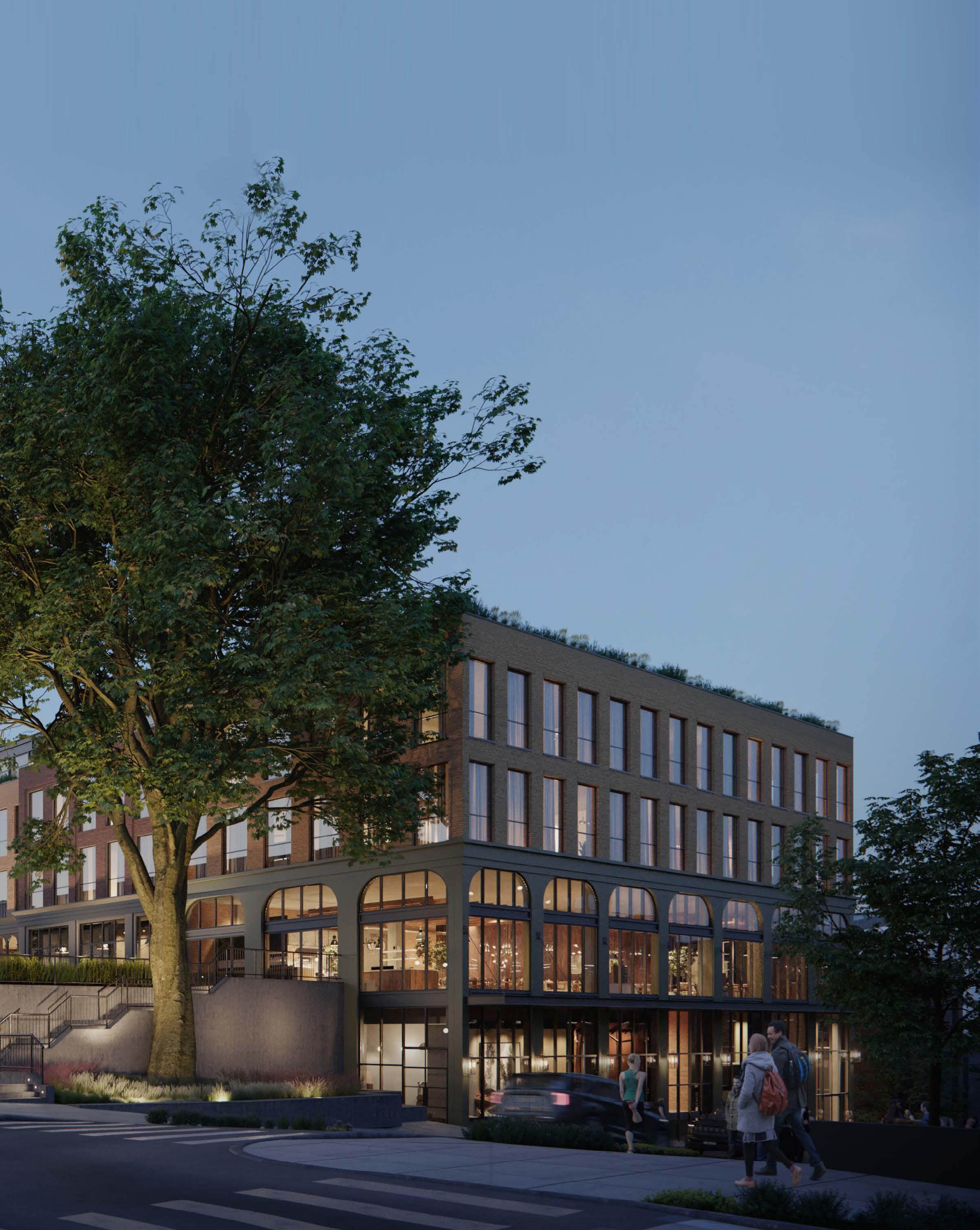
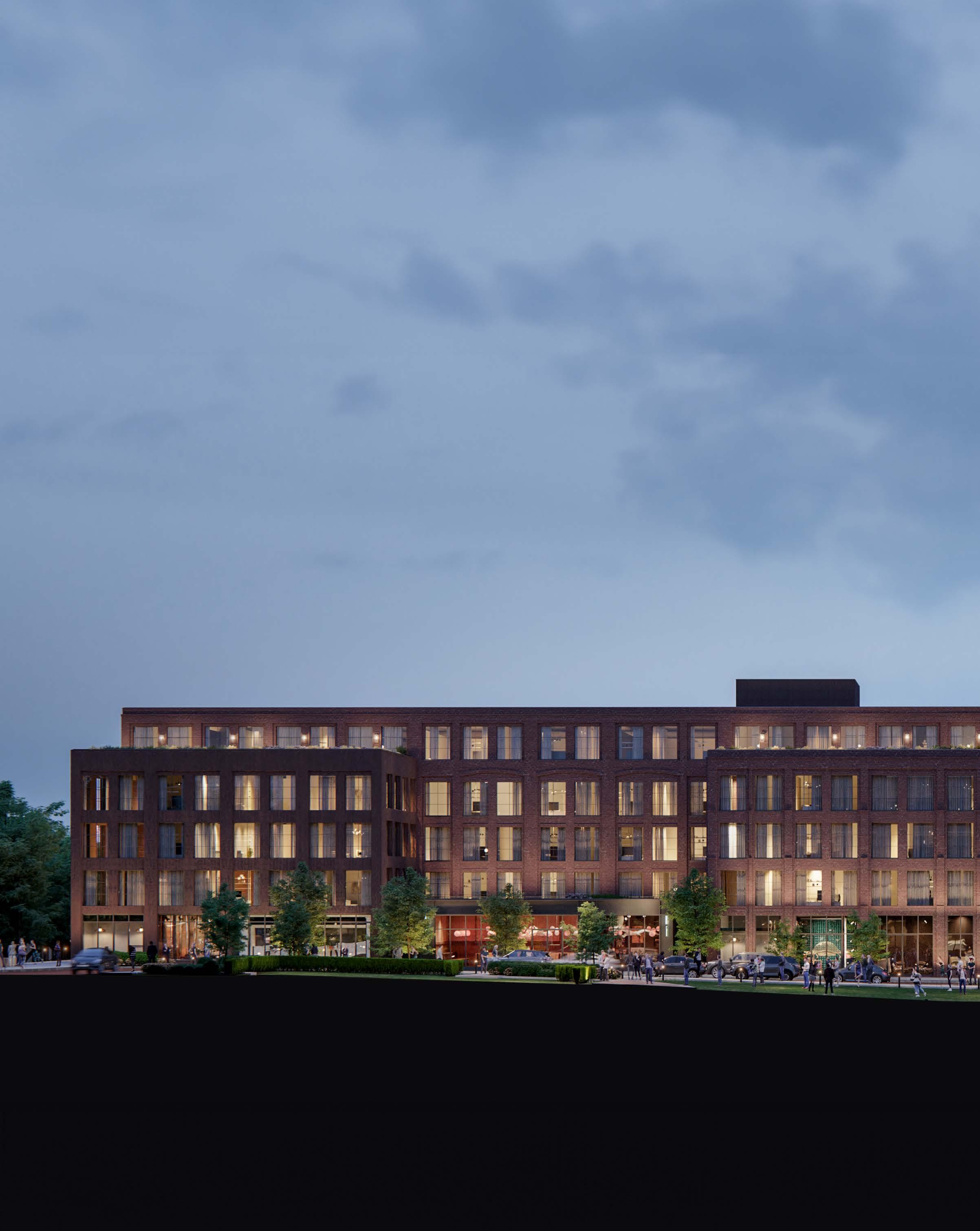
South elevation of 445 Humphreys Street from the lawn
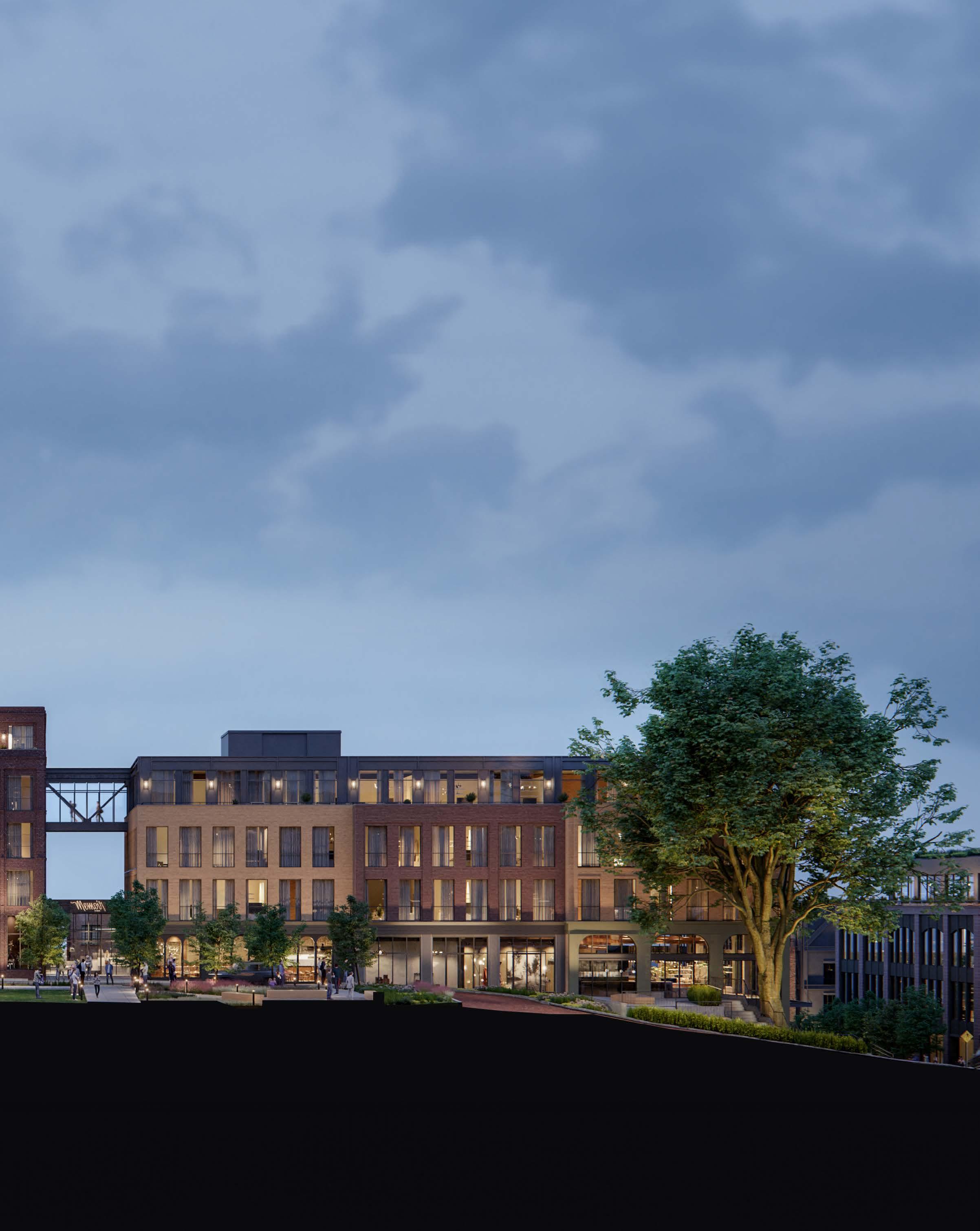
439 Humphreys Street
Anchoring the Lawn’s northeast corner, 439 Humphreys Street is a modern masonry office with ground-floor restaurant and retail highlighted by expansive glass storefronts.
Curving brick corners and panoramic windows give the building a distinctive, streamlined character that complements the neighborhood’s post-industrial sensibility. A below-grade parking garage offers on-site parking.
7,000 SF GROUND FLOOR RETAIL AND RESTAURANT
44,000 SF CLASS A OFFICE SPACE (FULLY LEASED)
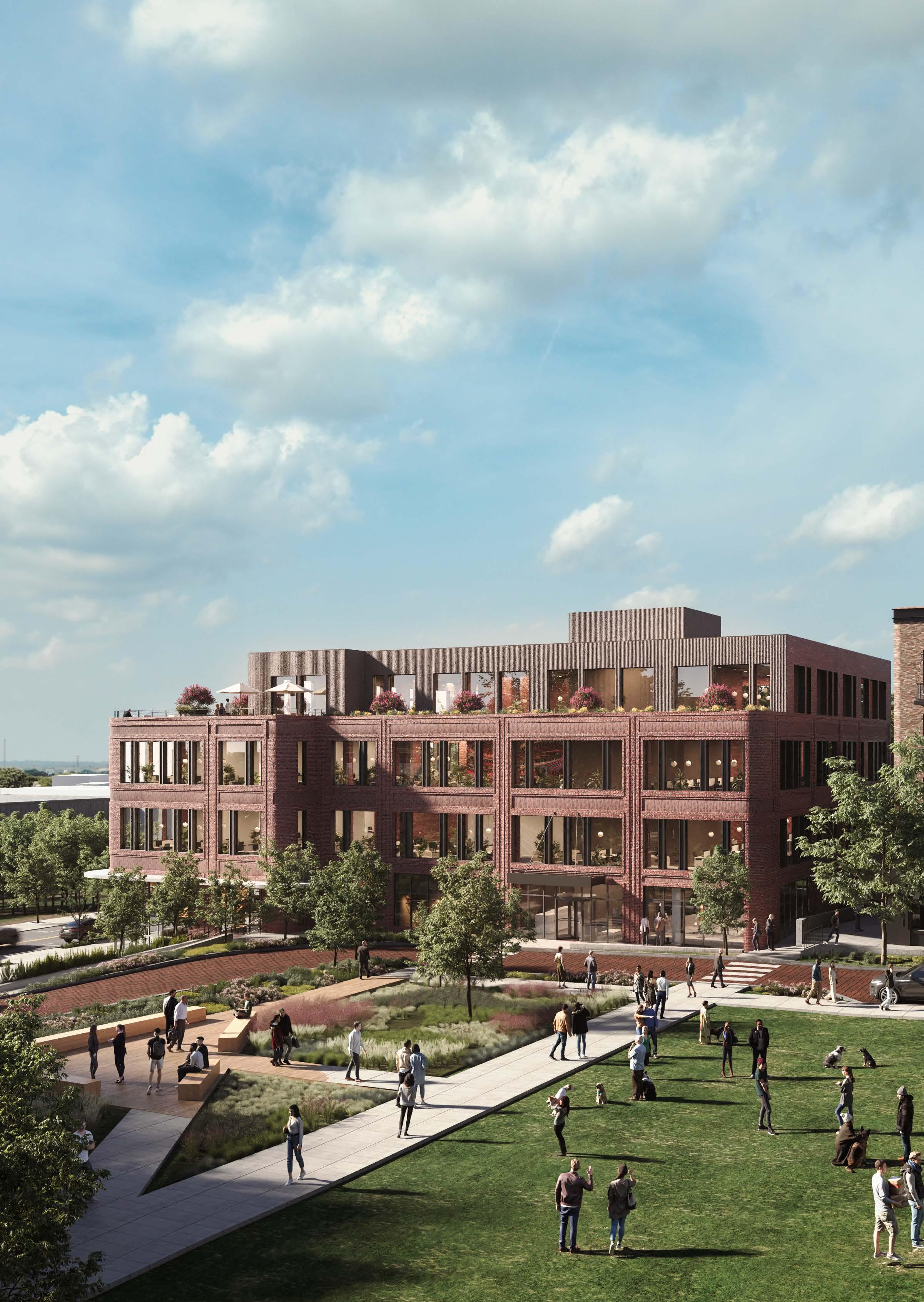
439 Humphreys Street from the lawn
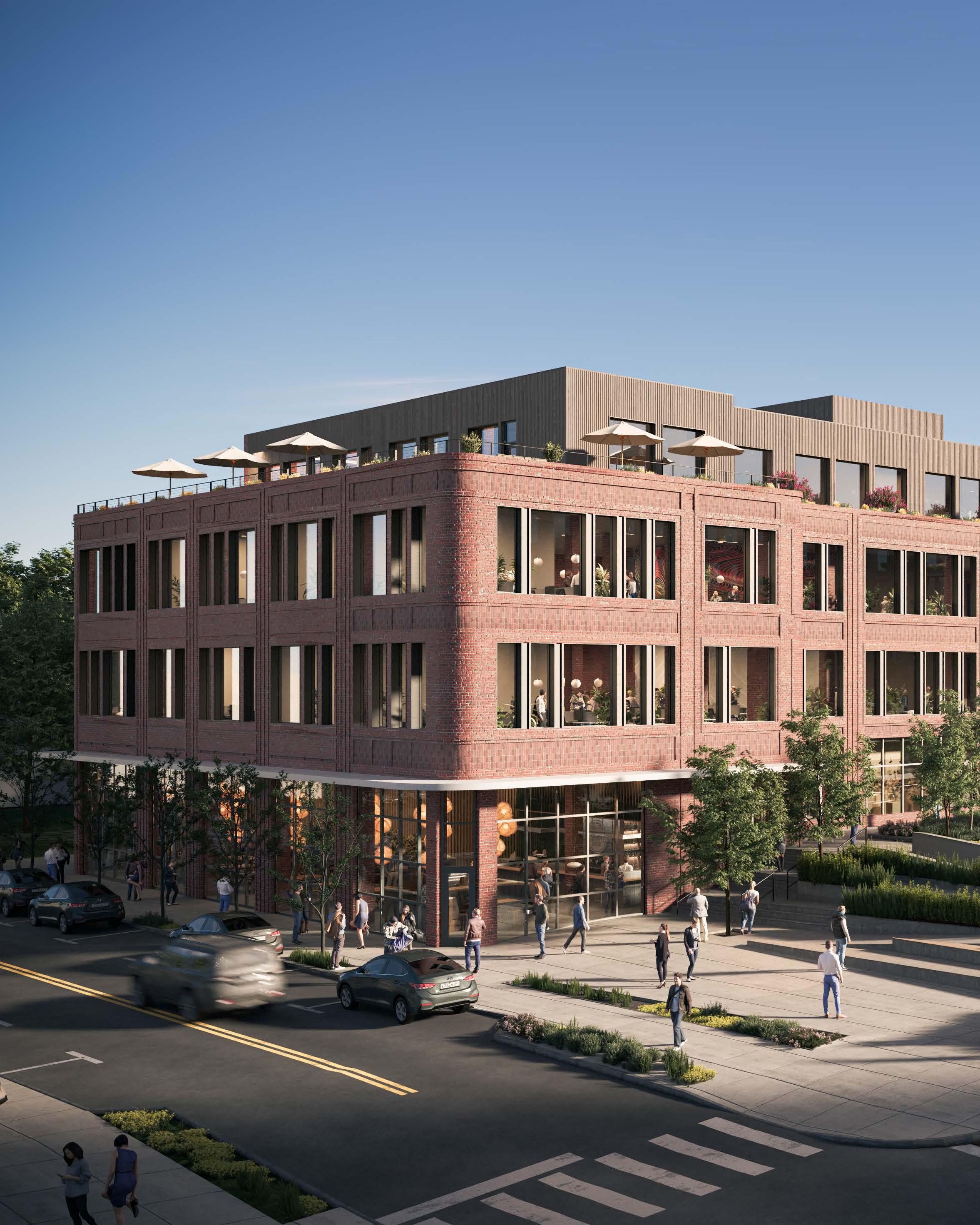
Northwest corner of 439 Humphreys Street from the corner of Brown and Humphreys Street
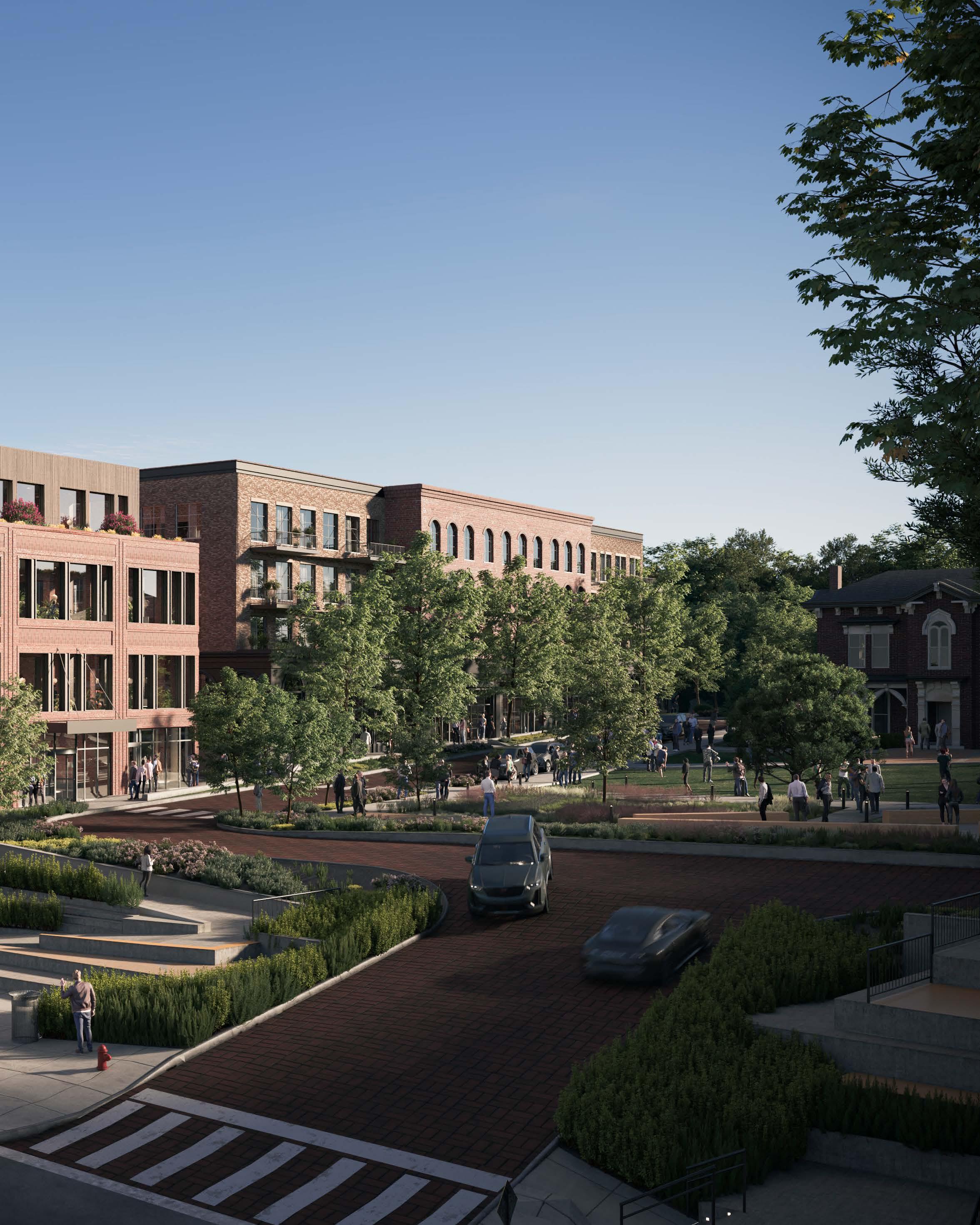
306 Leon Loop
Sited at the southeast corner of the Lawn, 55 residential units sit above ground-floor retail, anchored by Bathhouse spa, at 306 Leon Loop. Masonry cladding, punched-style windows, and expressed residential unit terraces front the Lawn on the west façade, offering some of the most dynamic residential units within the neighborhood.
12,500 SF RESTAURANT AND RETAIL (FULLY LEASED) 55 RESIDENTIAL UNITS ABOVE
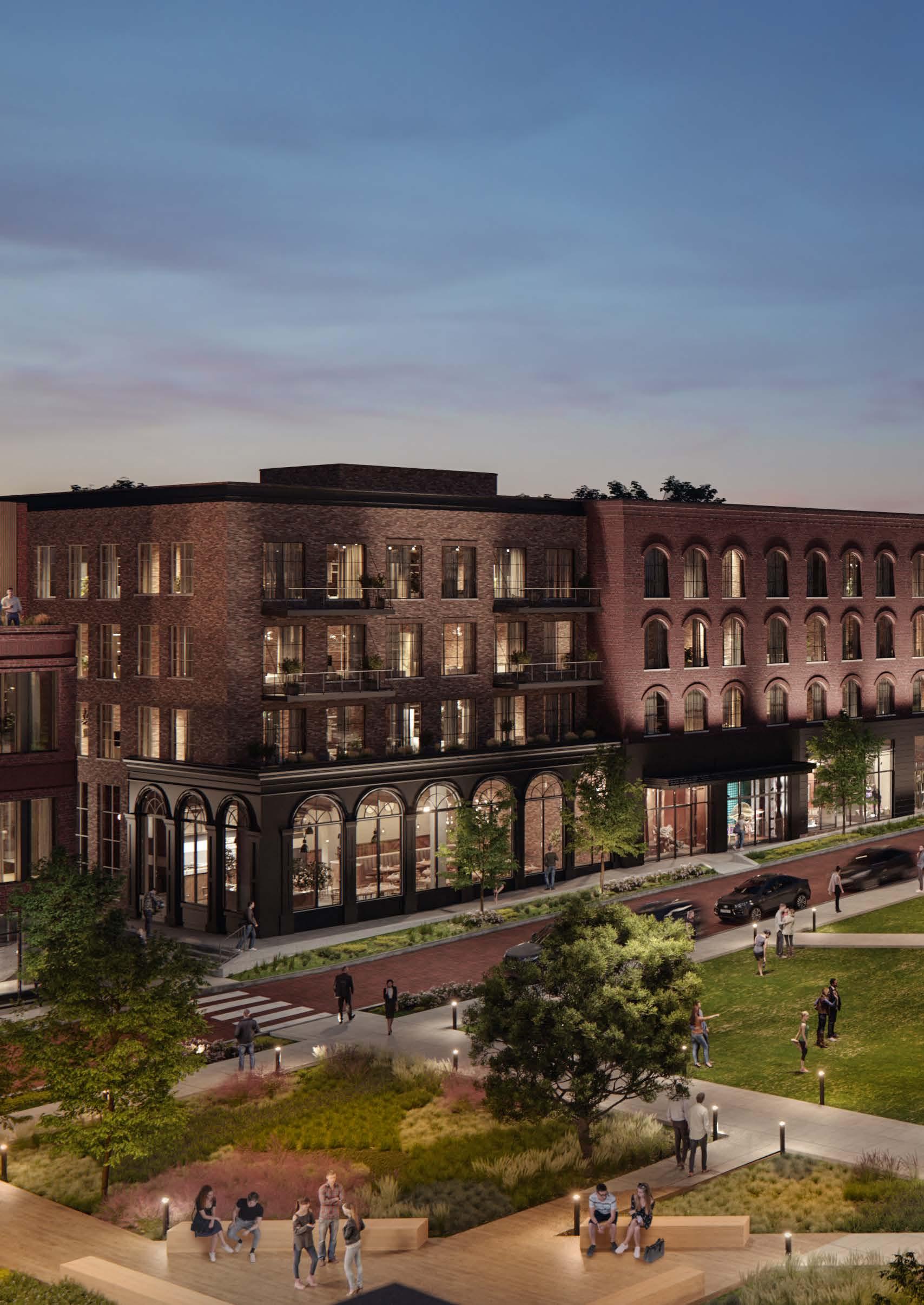
306 Leon Loop from the lawn
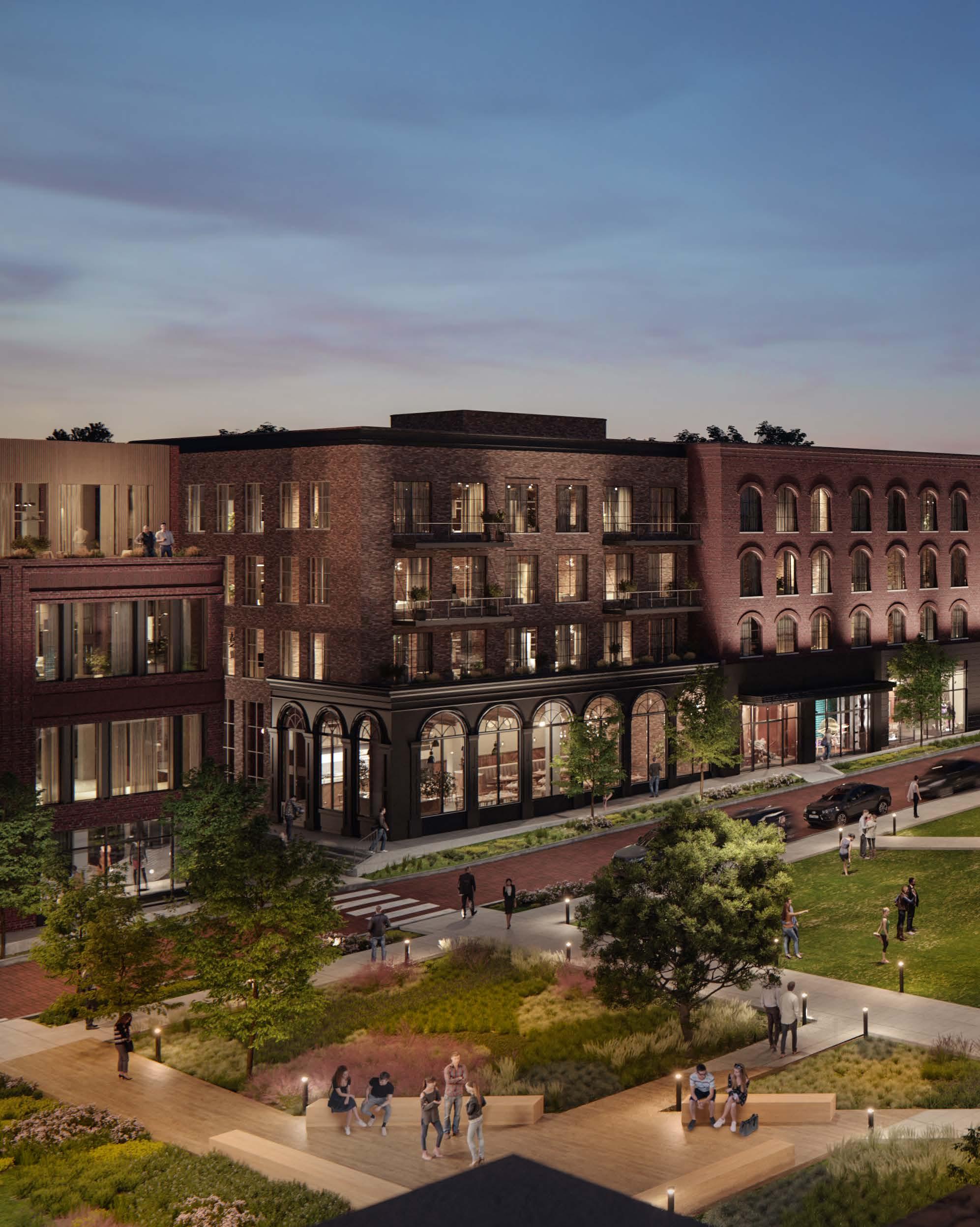
Aerial rendering of 306 Leon Loop from the lawn with the historic Merritt Mansion to the left
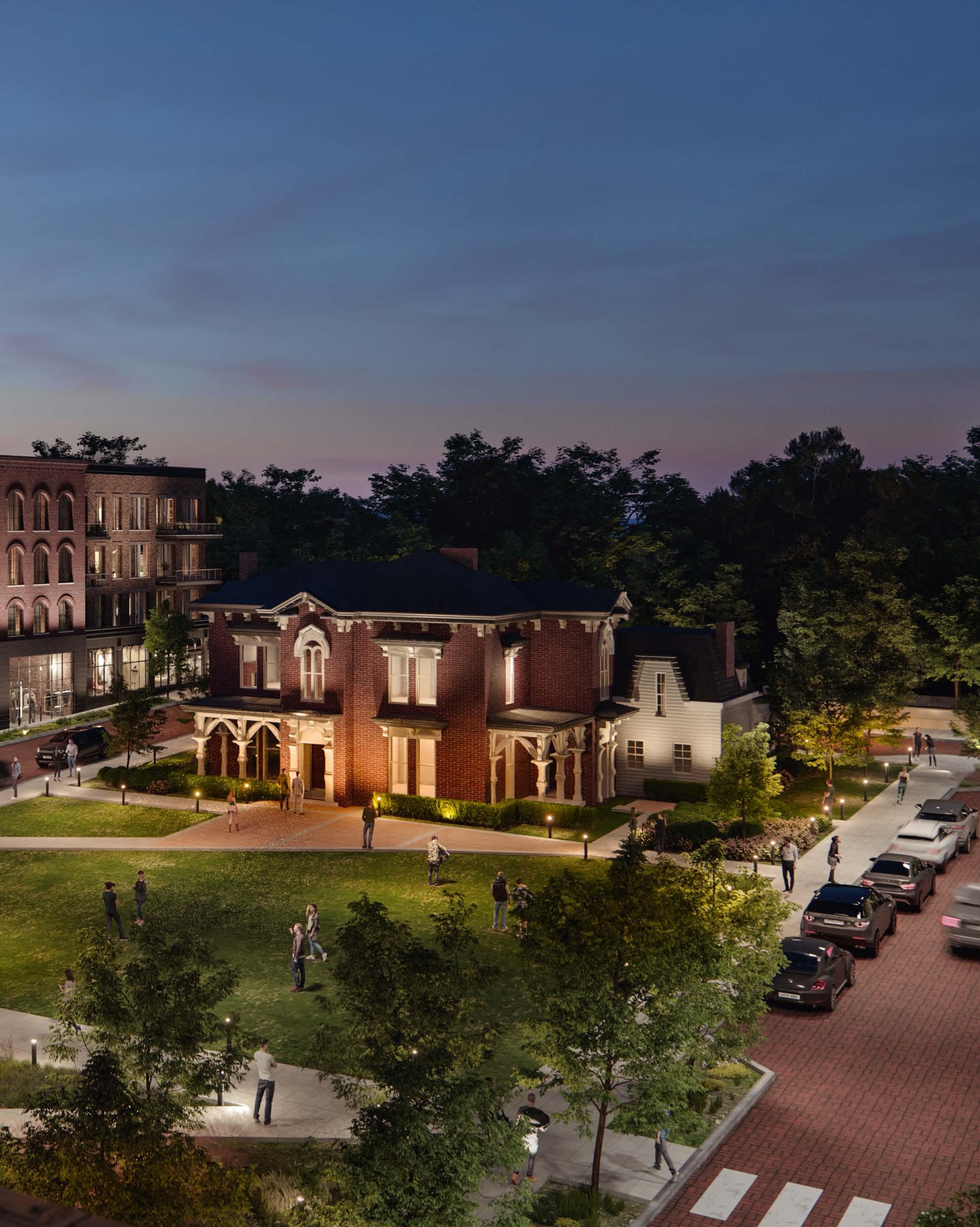
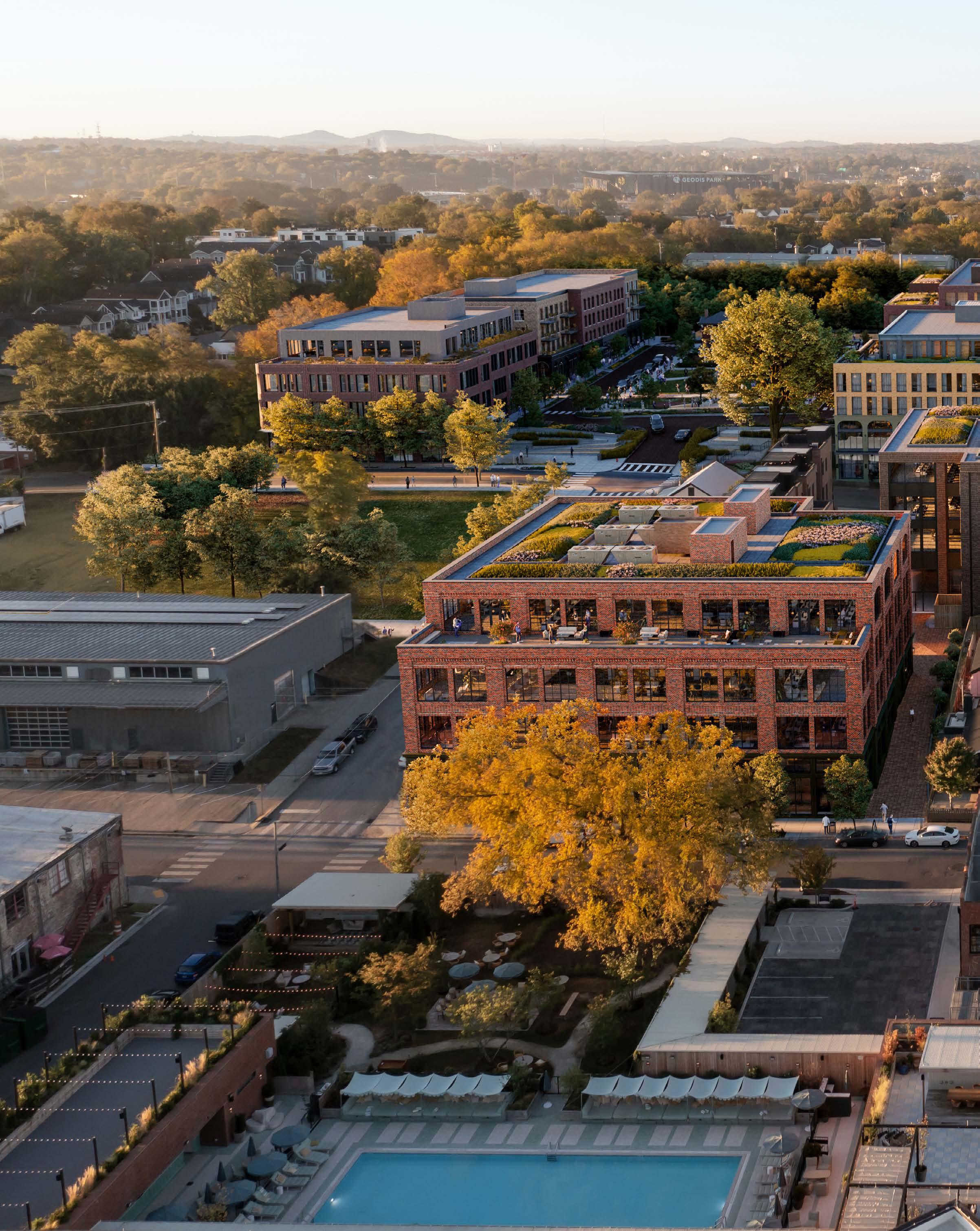
Aerial rendering of Wedgewood Village from above the historic May Hosiery Mills campus with Soho House Nashville in the foreground
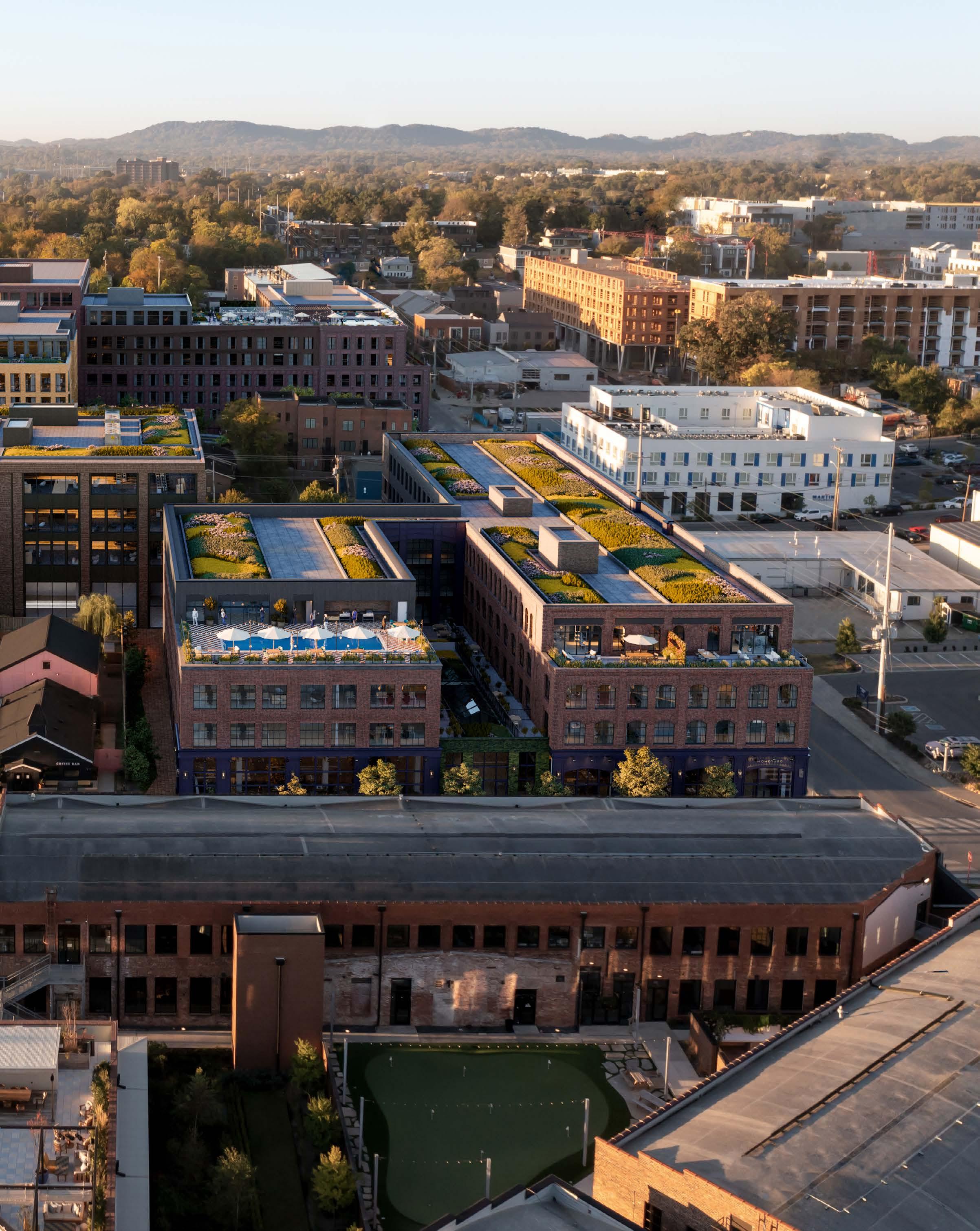
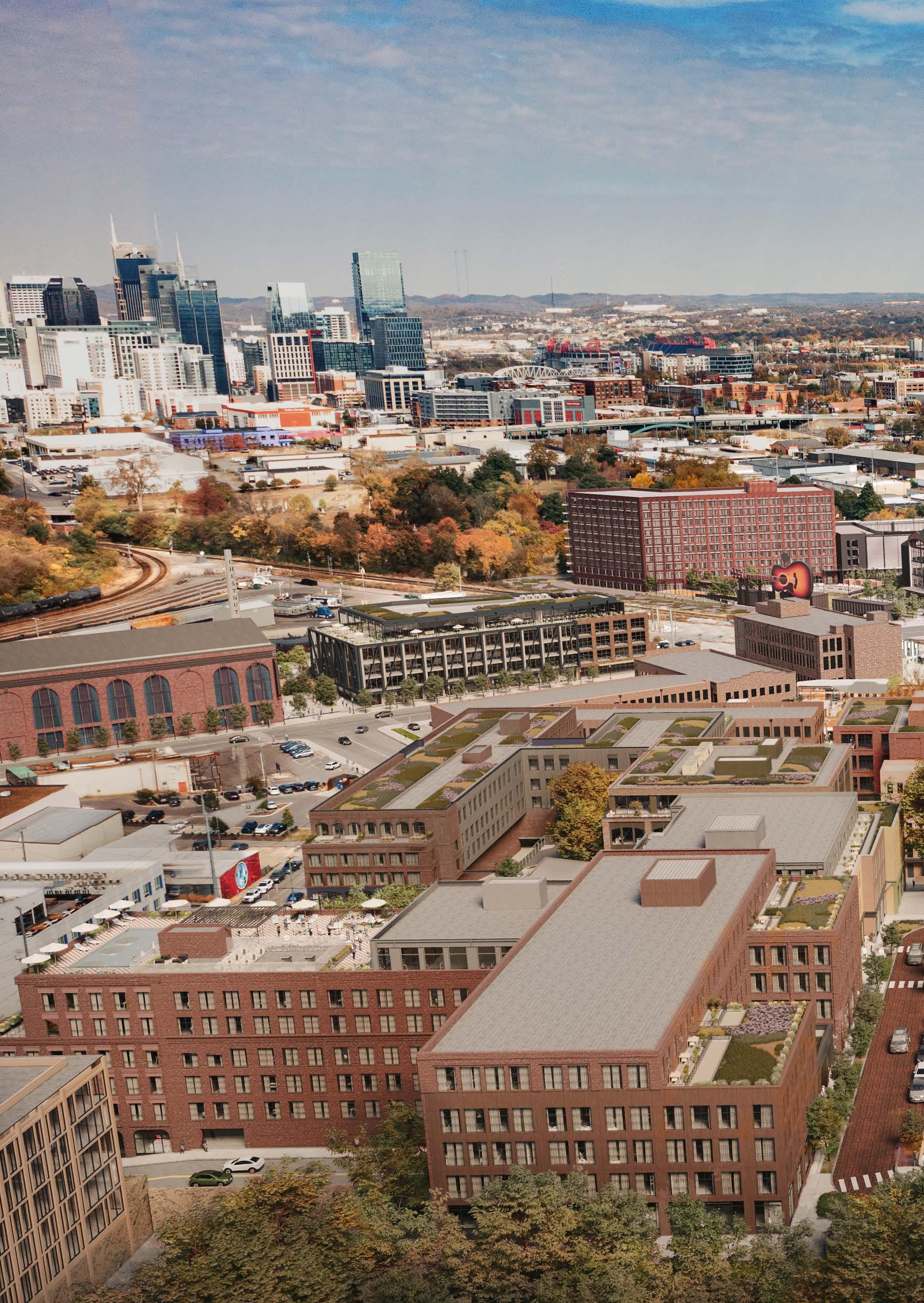
Aerial rendering of Wedgewood Village from the south showing proximity to Downtown Nashville
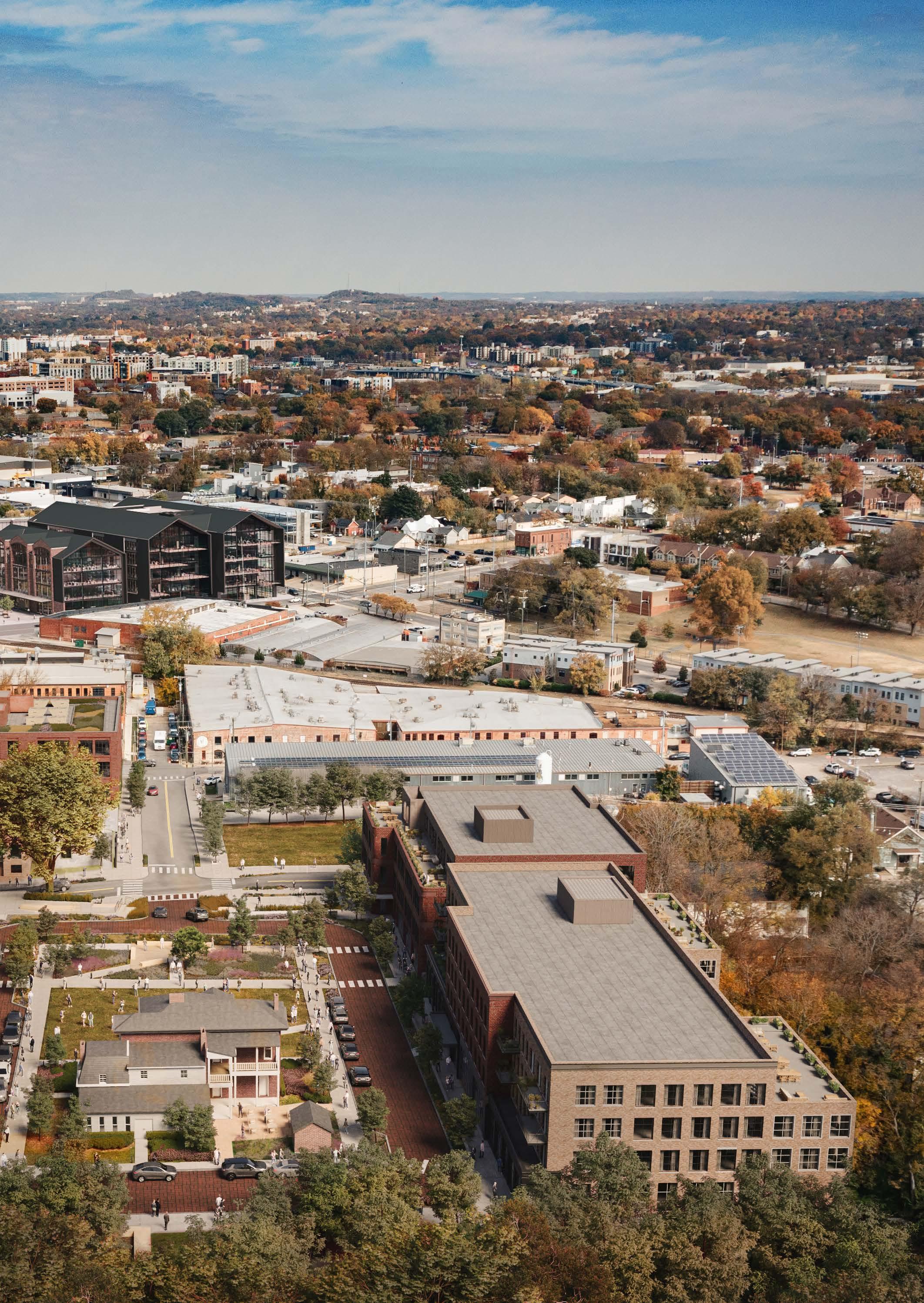
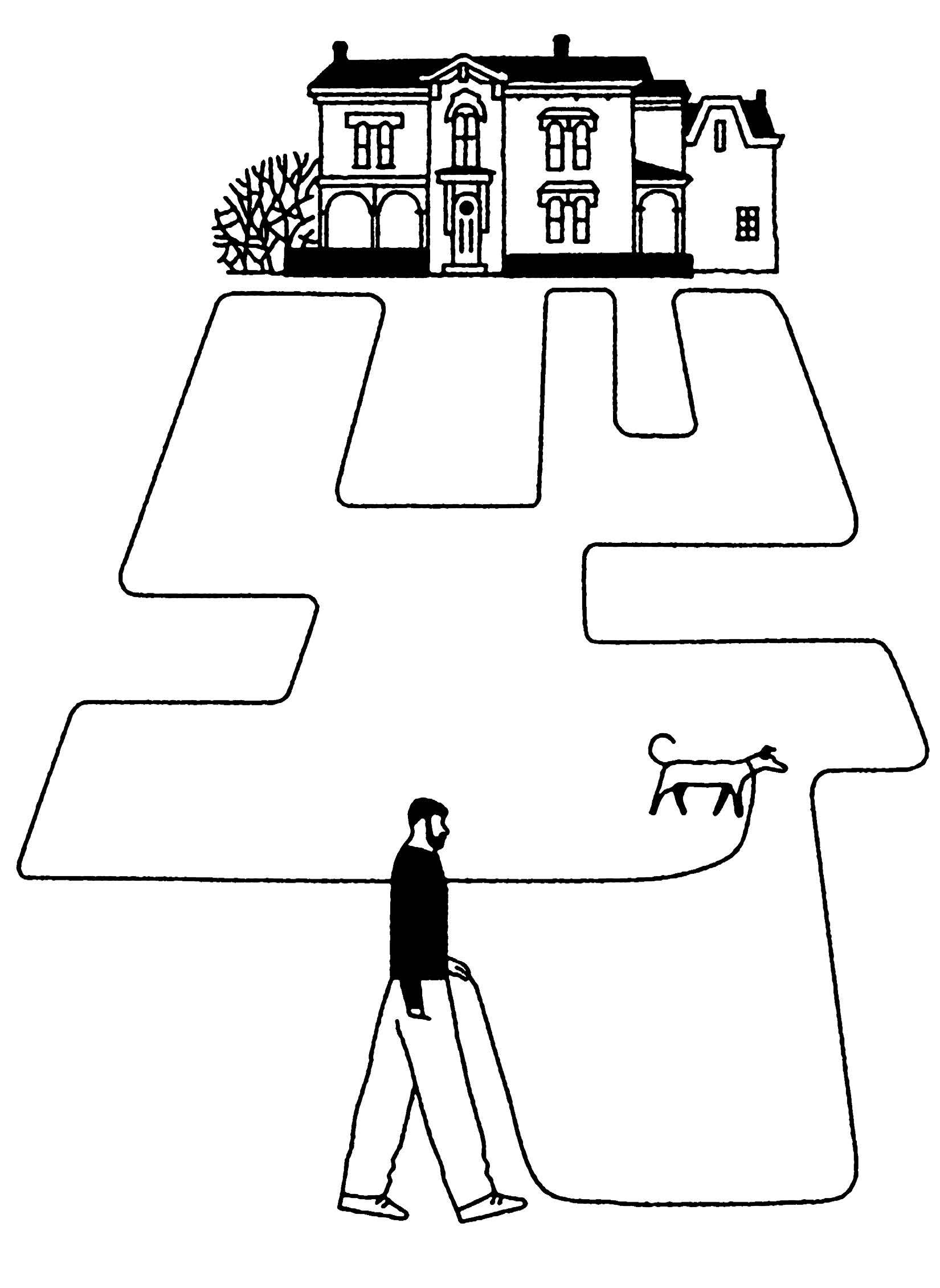
Everything we do tells a story.
AJ Capital Partners is a real estate investment manager committed to building timeless, scalable businesses and branded platforms. Our vertically integrated team delivers returns on transformative real estate by applying placemaking, inspired design, and hospitality principles to spaces overlooked by traditional investment firms. With a mission to humanize hospitality through handcrafted projects made by people for people, AJ delivers spaces that evoke emotional connections and become backdrops for enriching life experiences. Learn more at ajcpt.com .
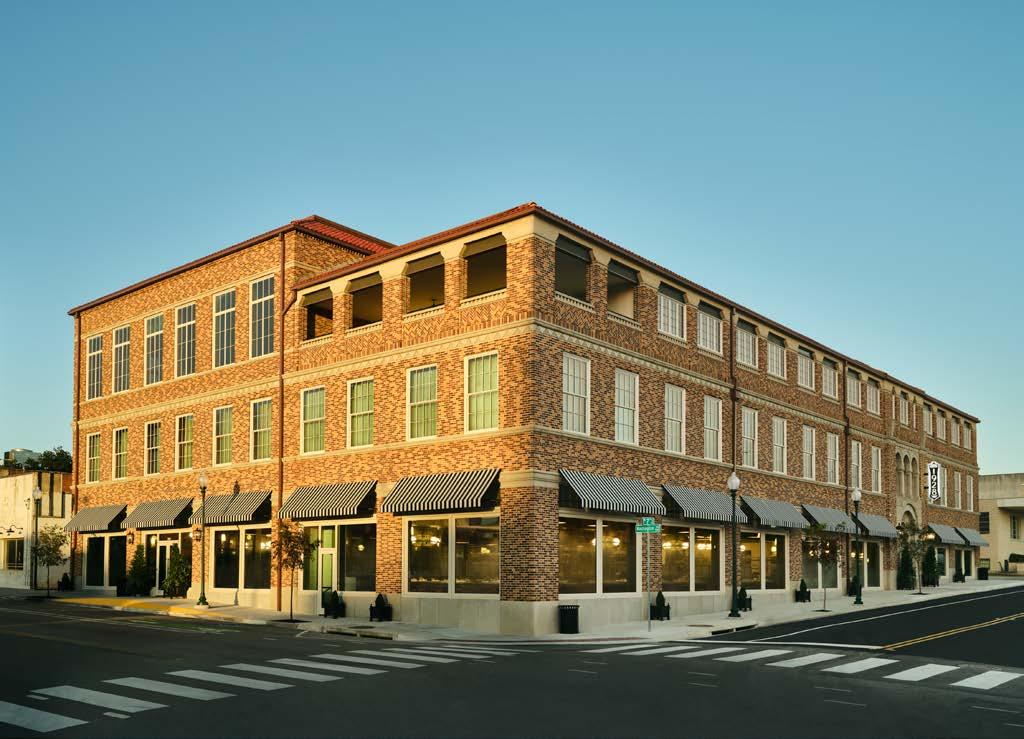
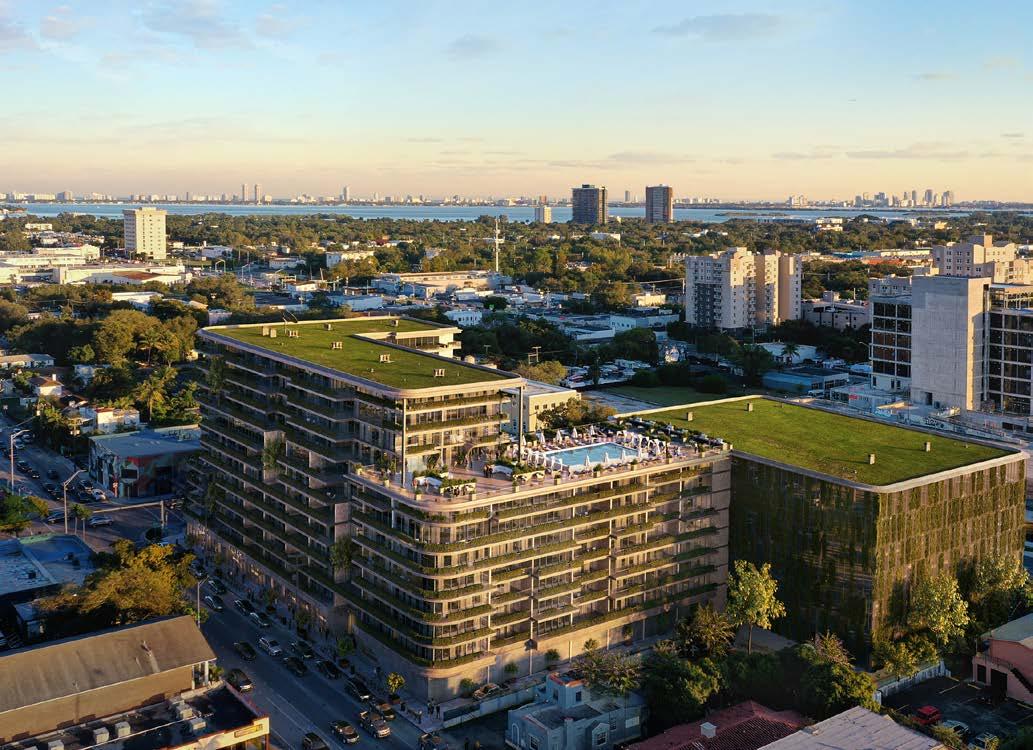
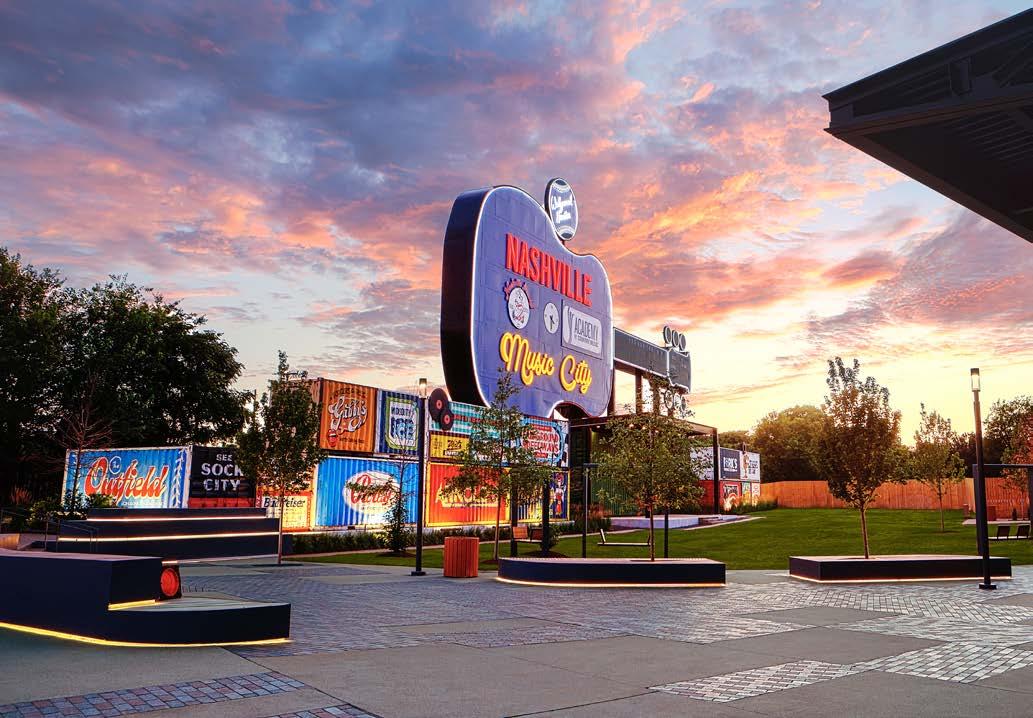
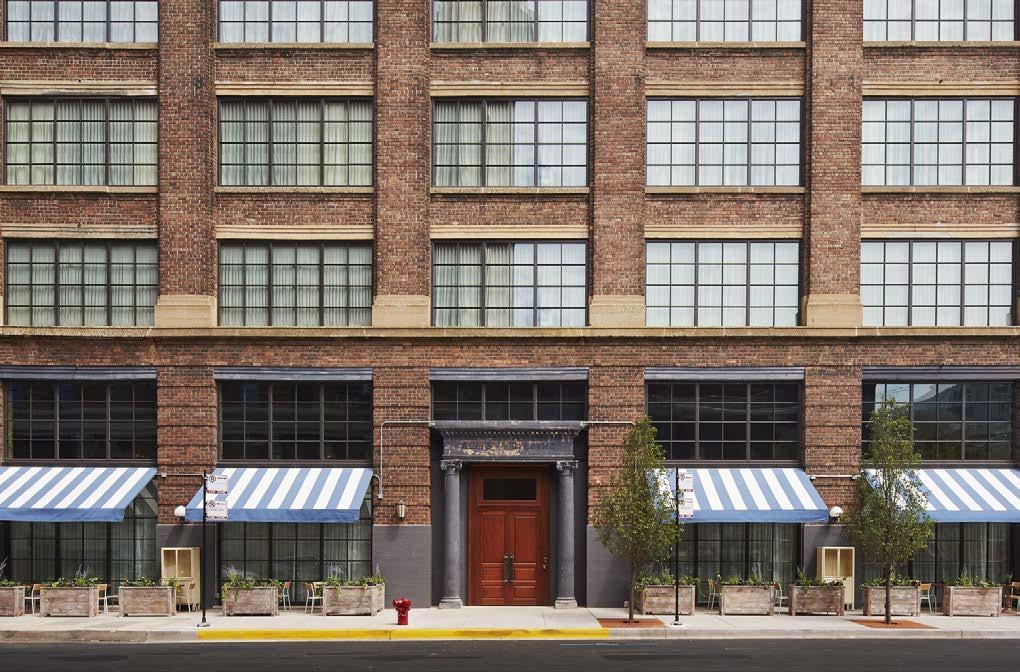
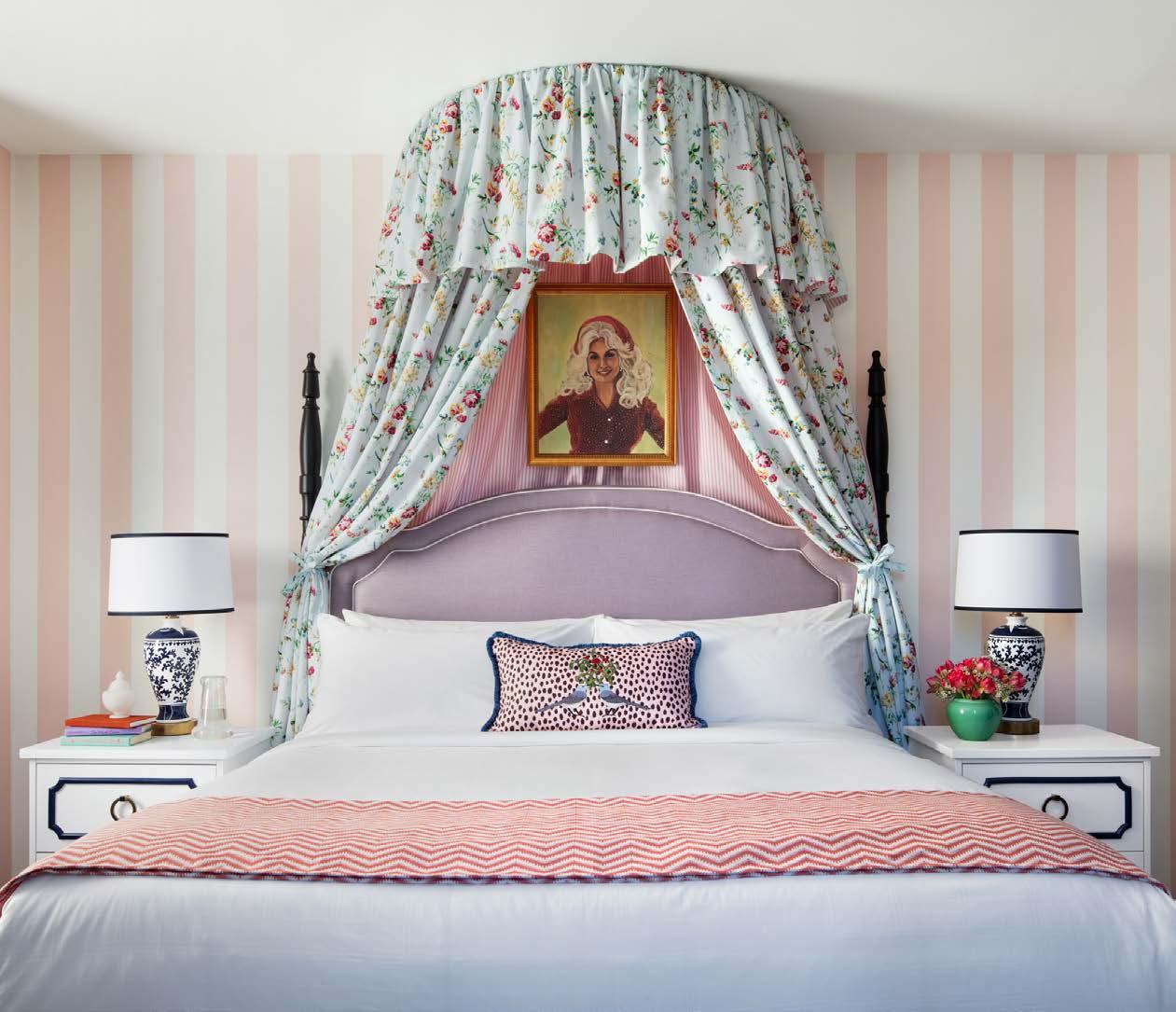
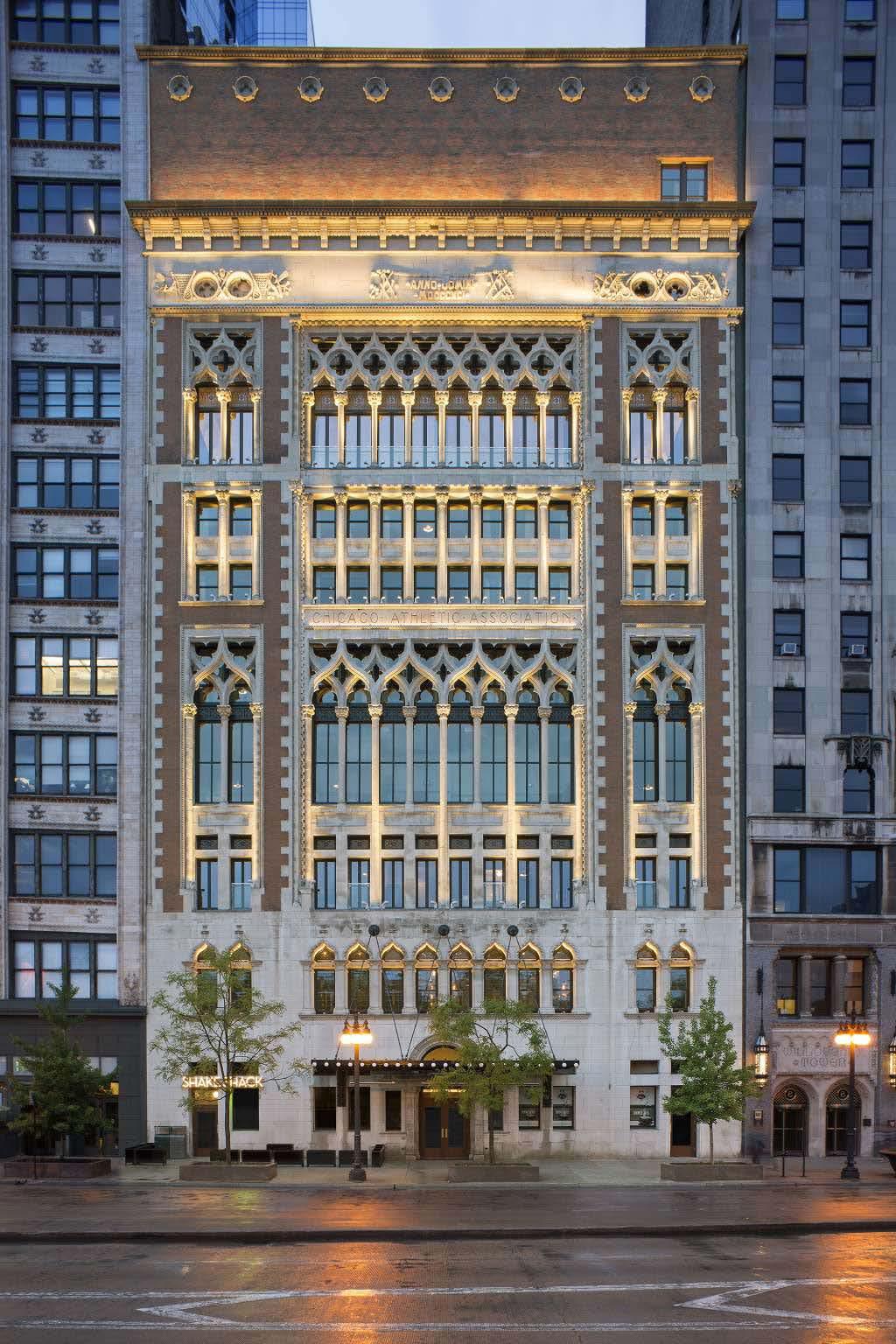

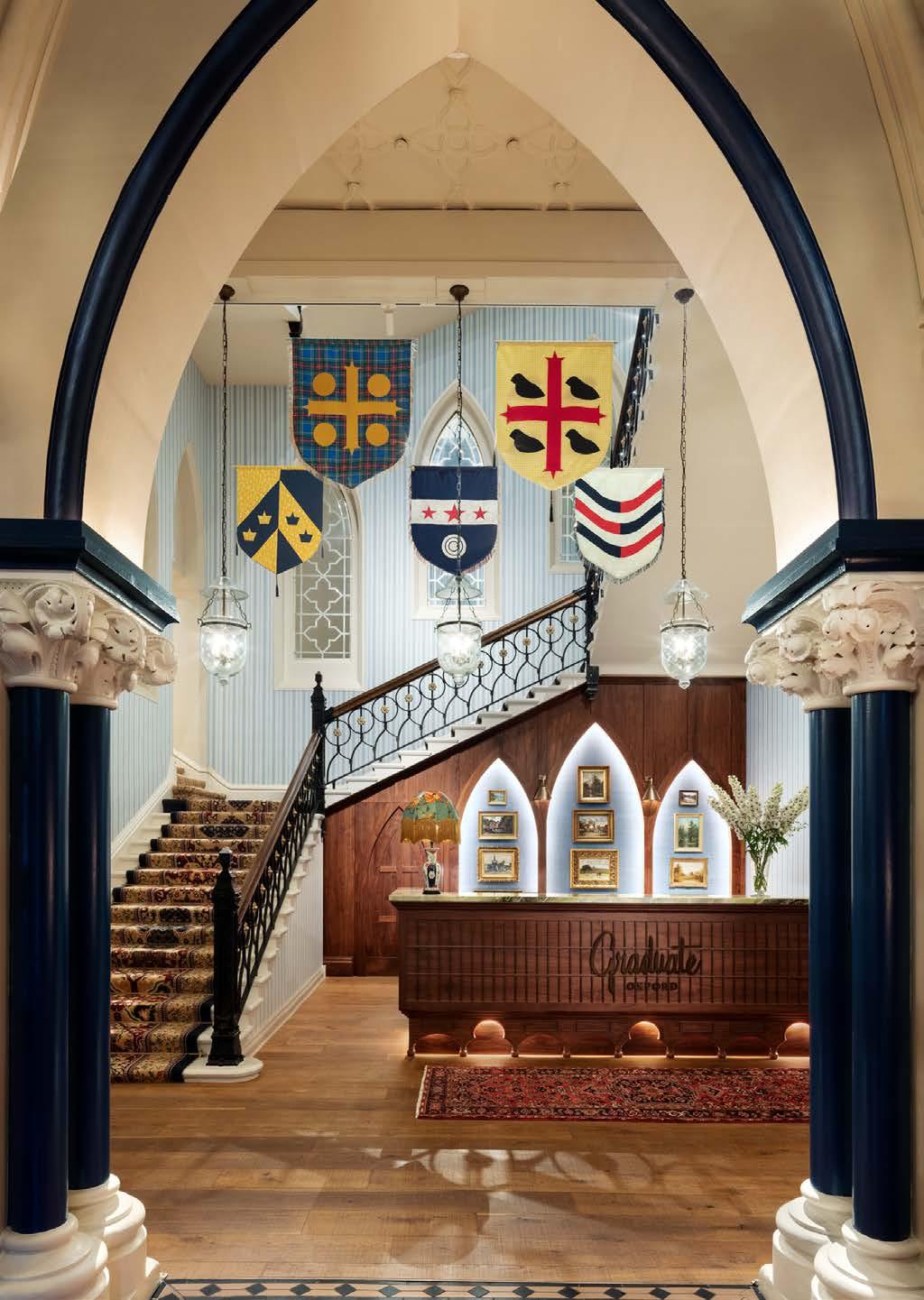
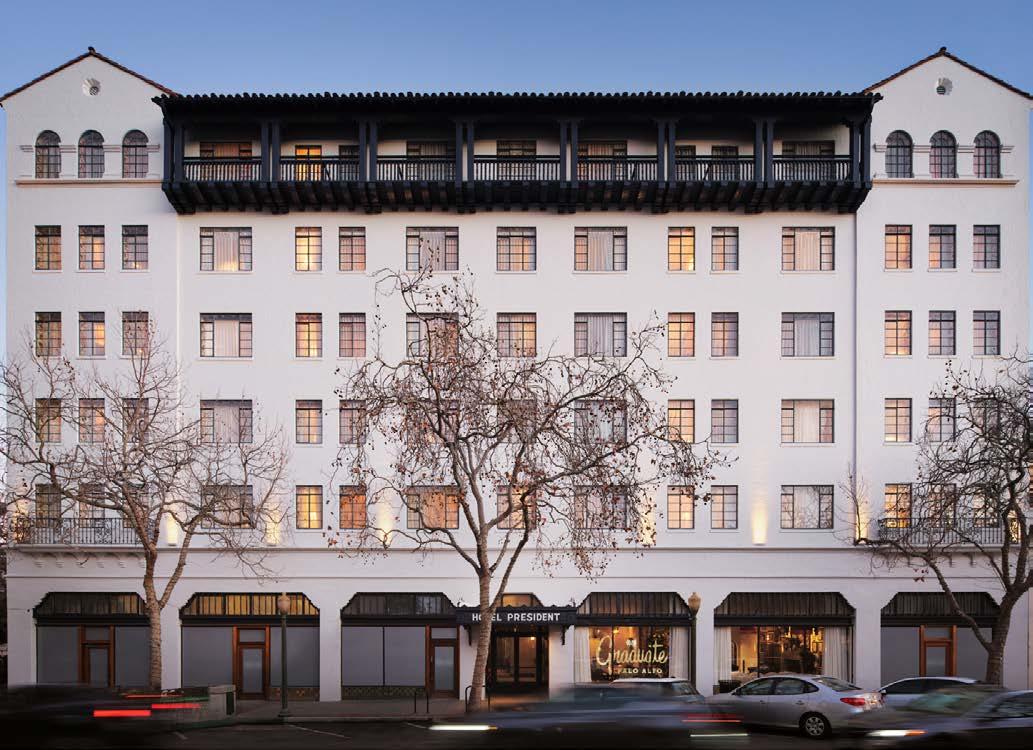
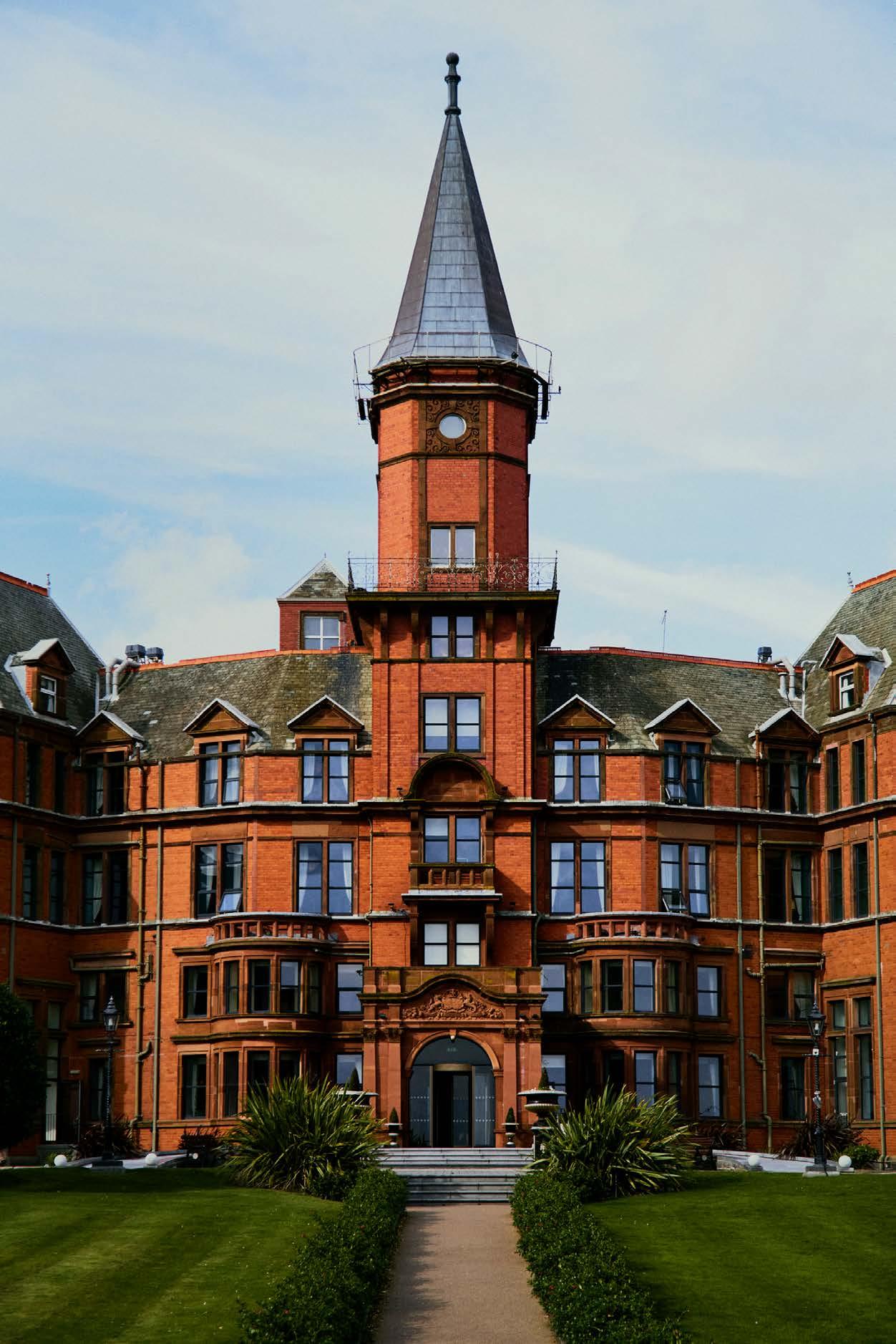
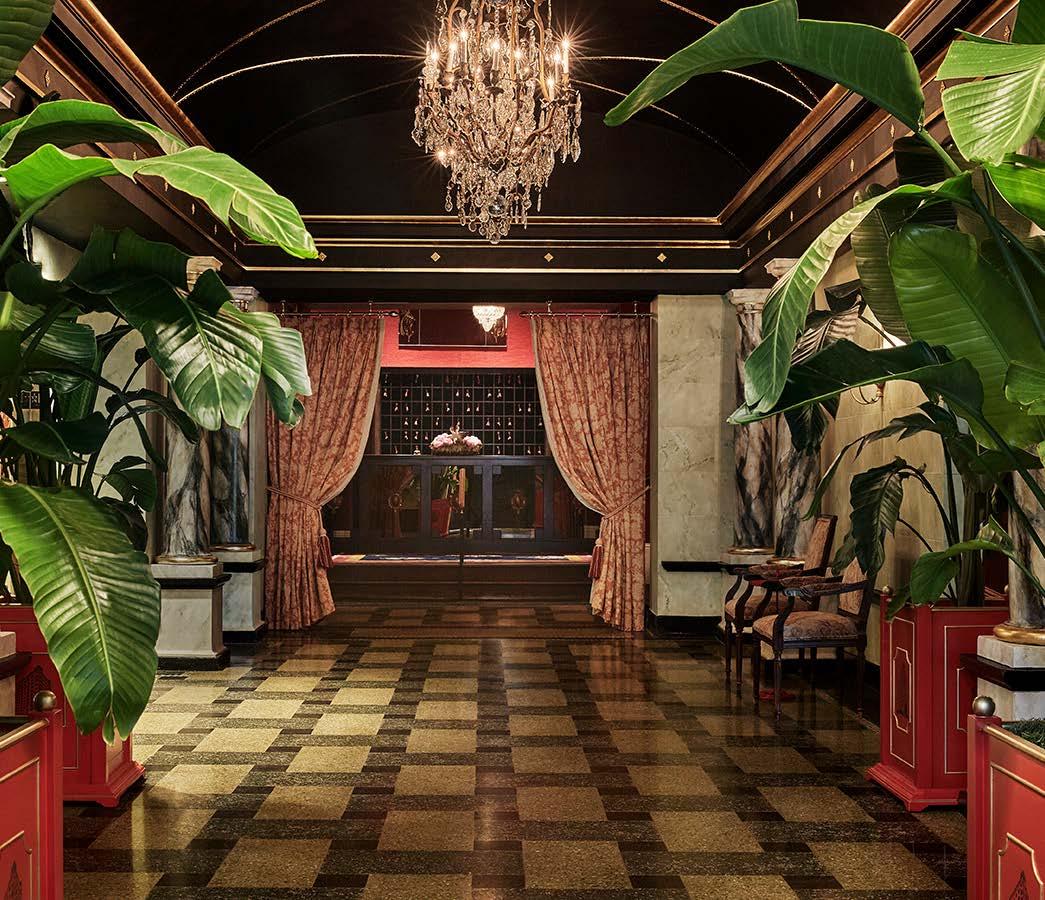

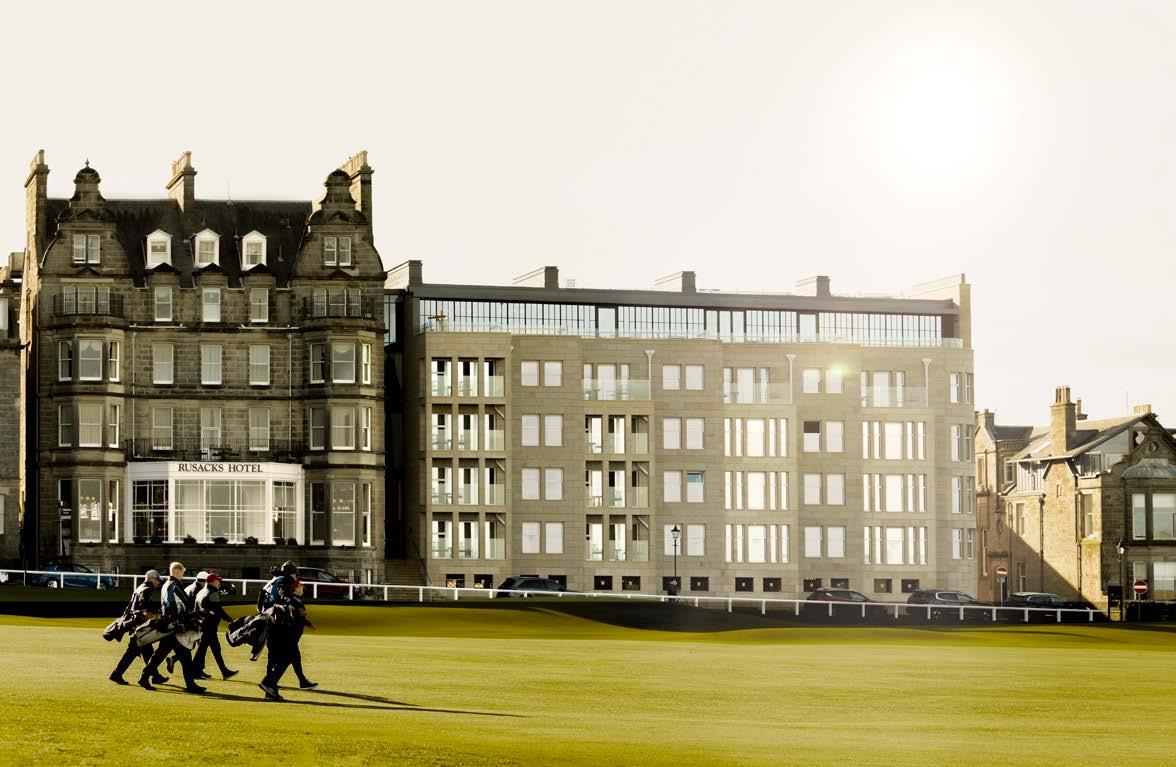
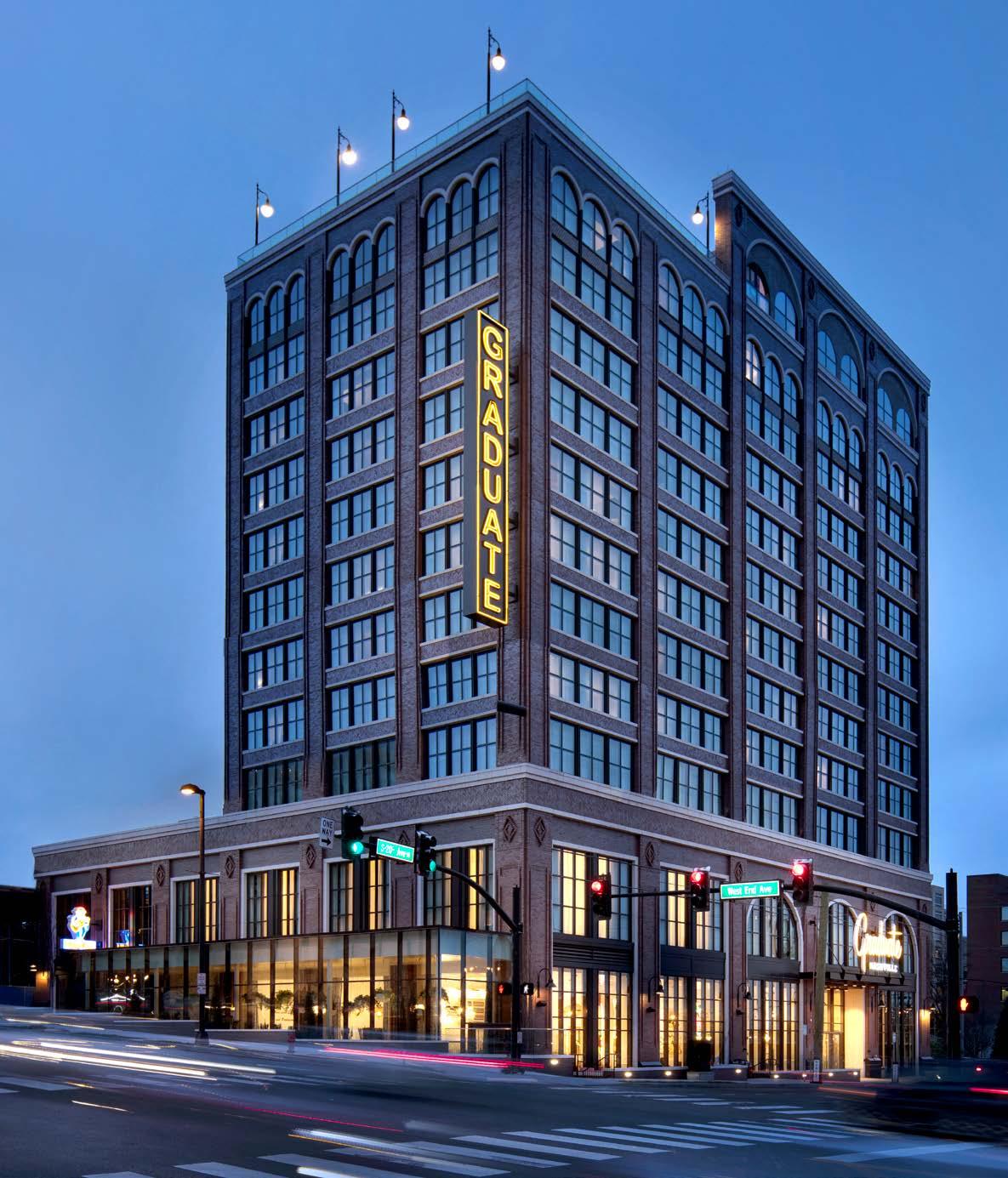
1. May Hosiery Mills Nashville, Tennessee
2. Graduate Oxford Oxford, United Kingdom
3. Graduate Palo Alto Palo Alto, California
4. Slieve Donard Newcastle, Northern Ireland
5. The Pontchartrain New Orleans, Louisiana
6. Graduate New York Roosevelt Island, New York
7. Rusacks St Andrews St Andrews, Scotland
8. Graduate Nashville Nashville, Tennessee

